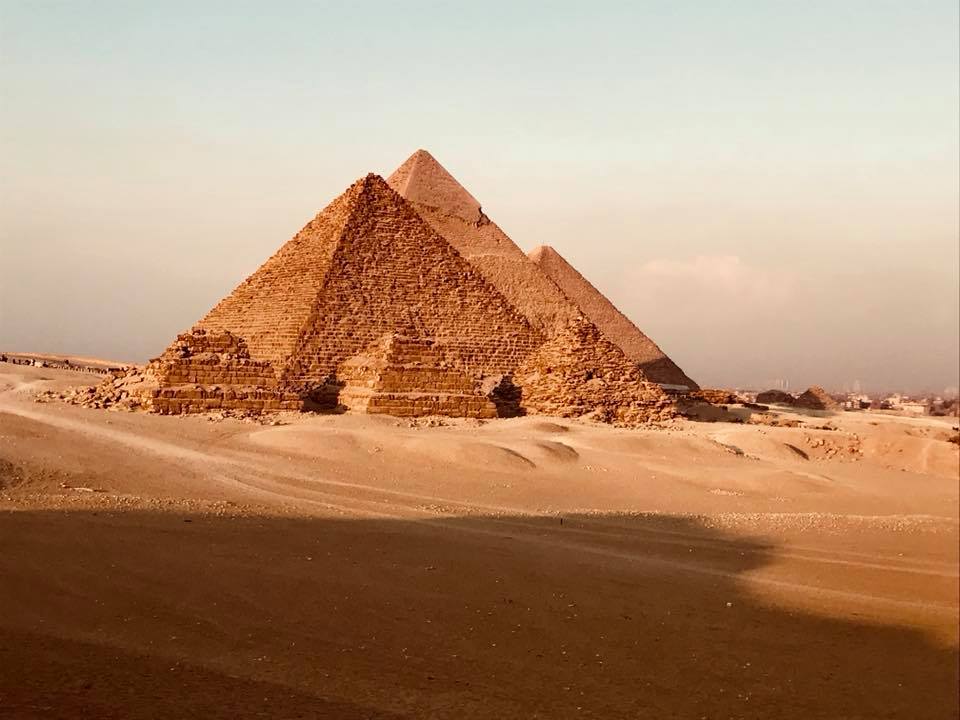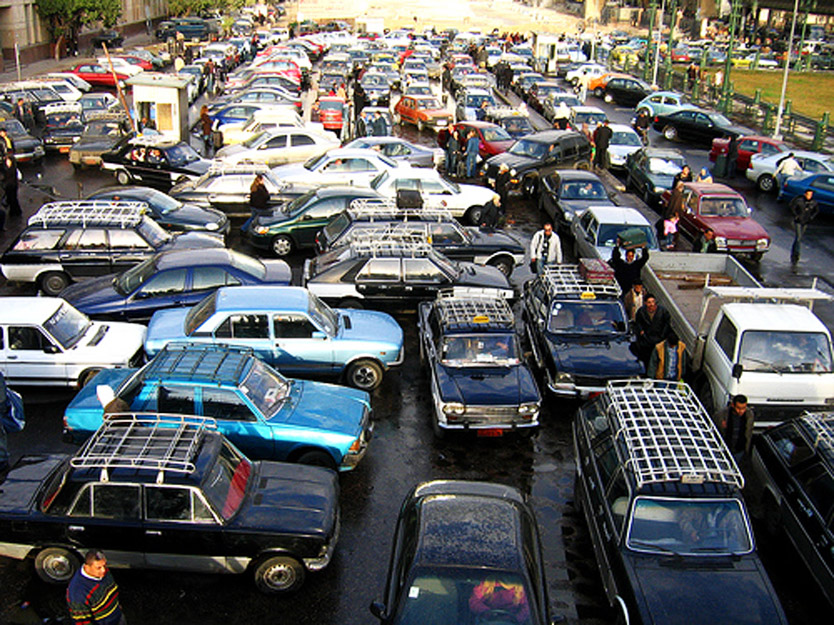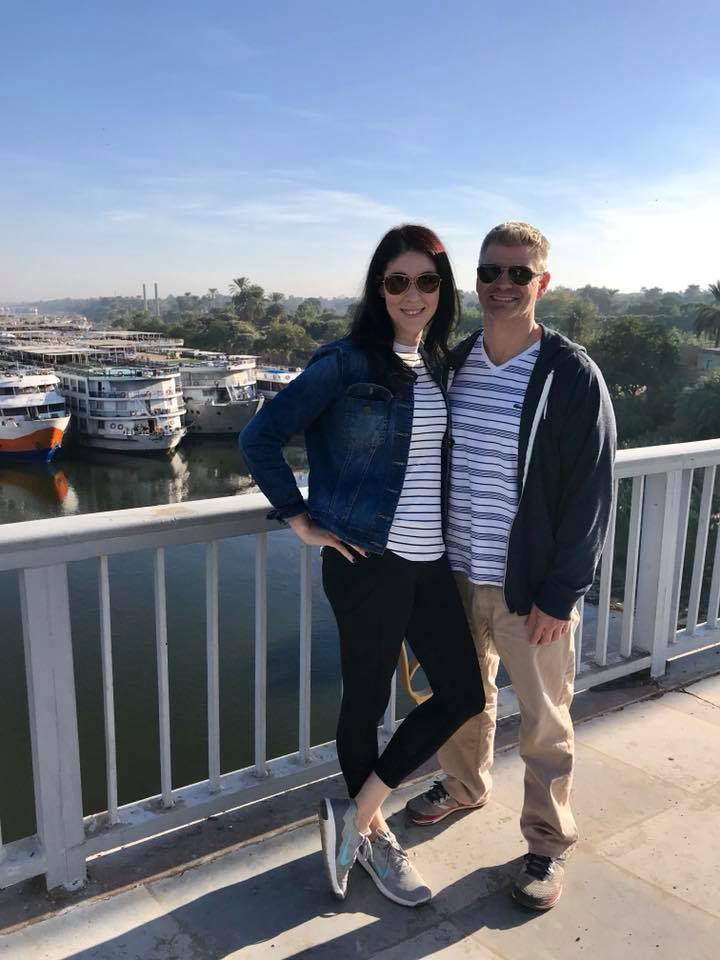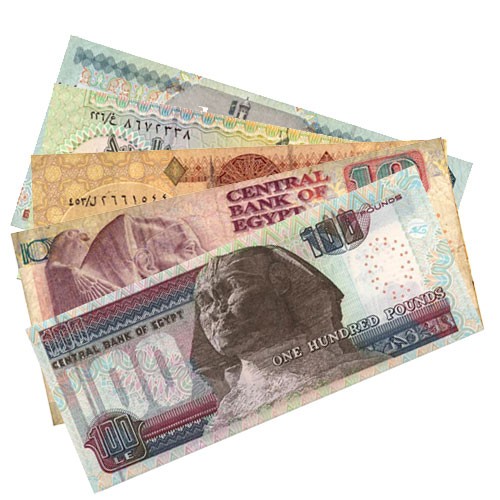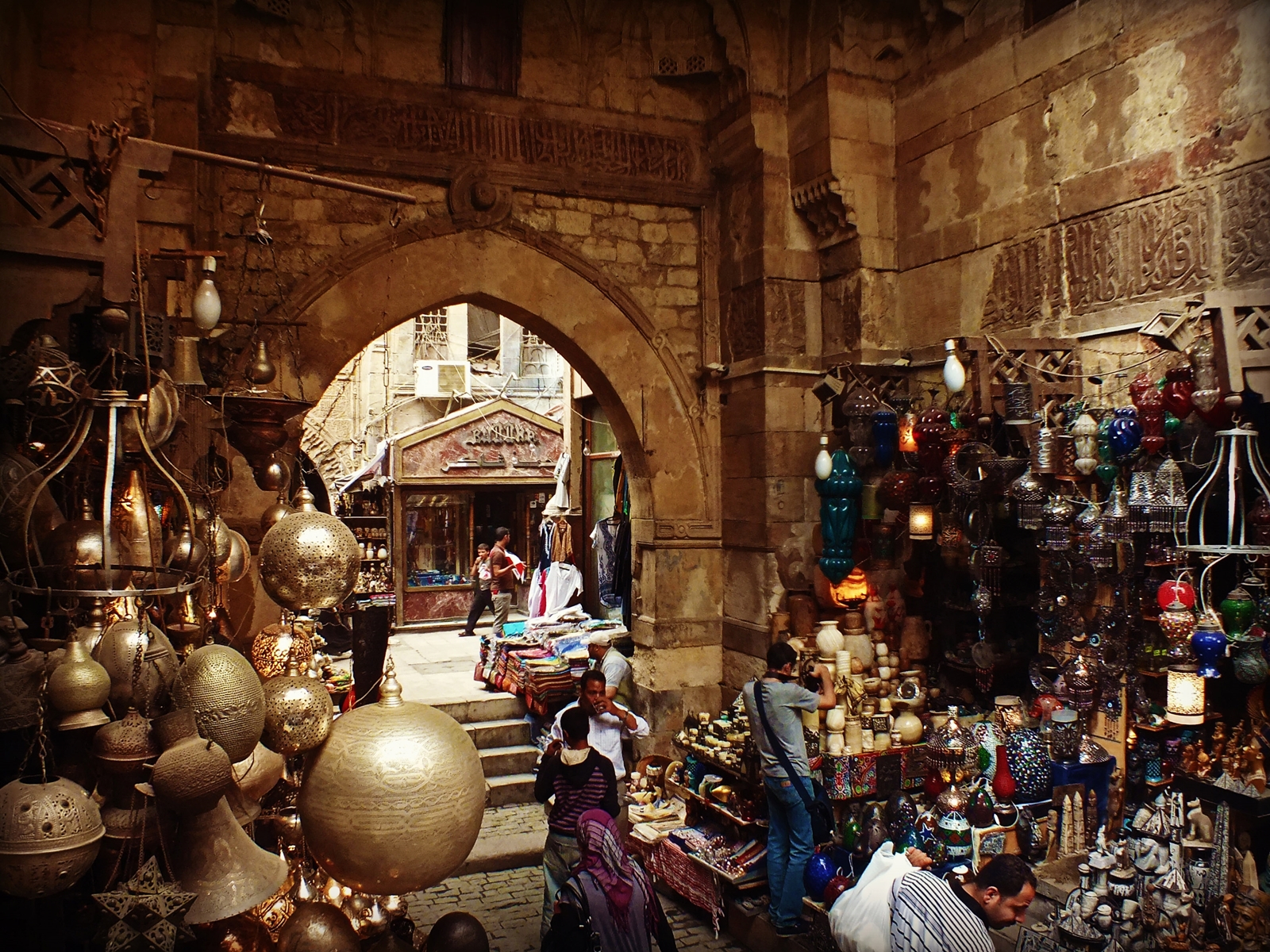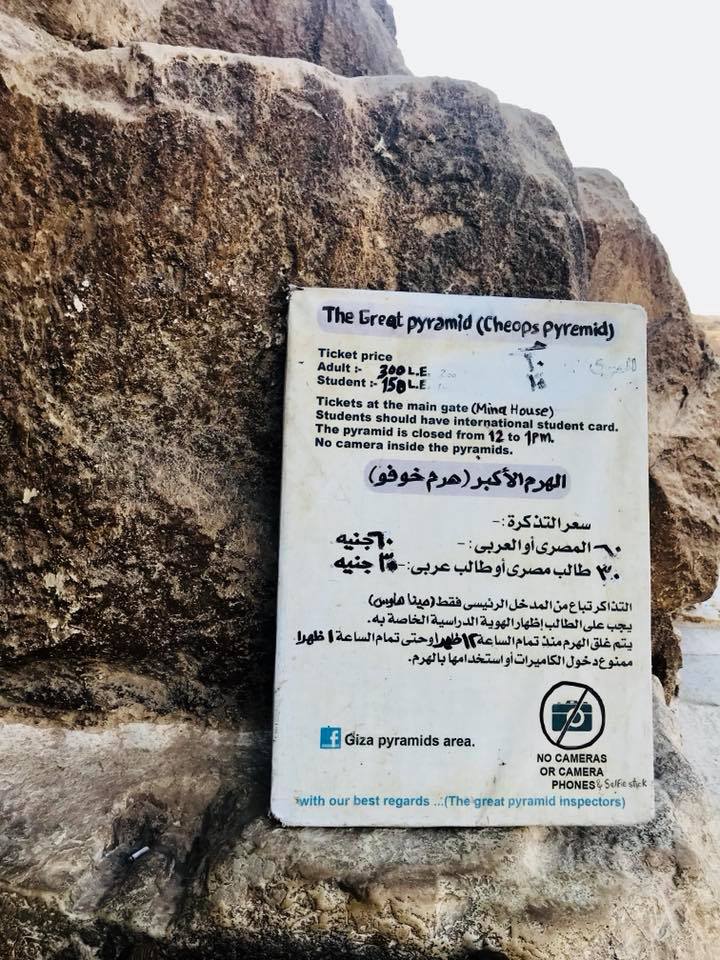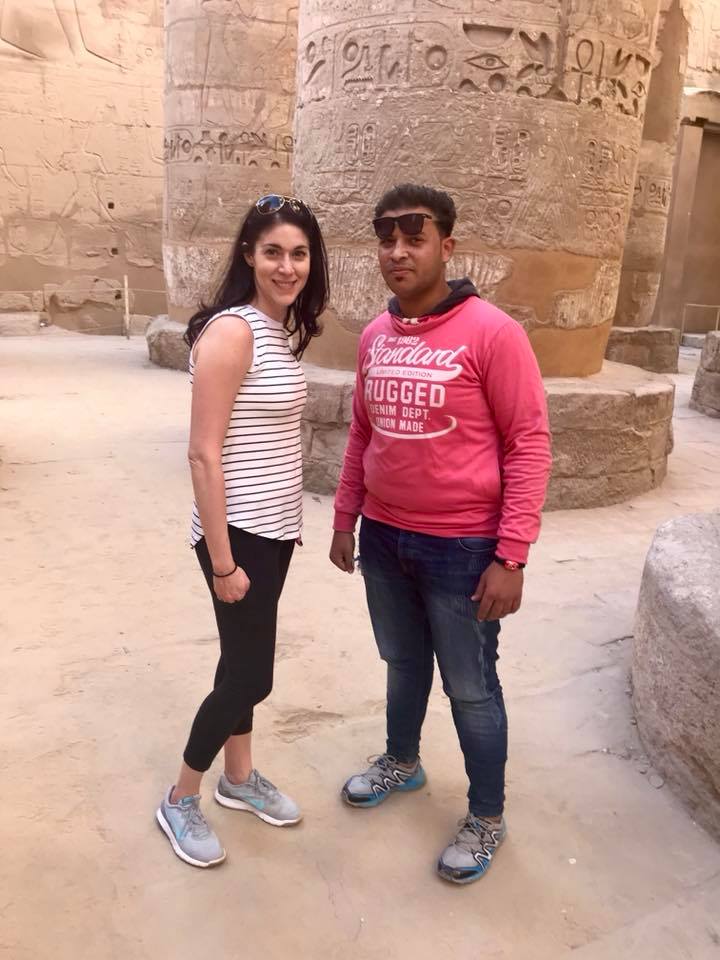
After the hustle and bustle of Cairo, we were glad to have landed in Luxor. Luxor is much calmer and a lot greener. The pace in Luxor is a lot slower, and you feel at ease while you are there.
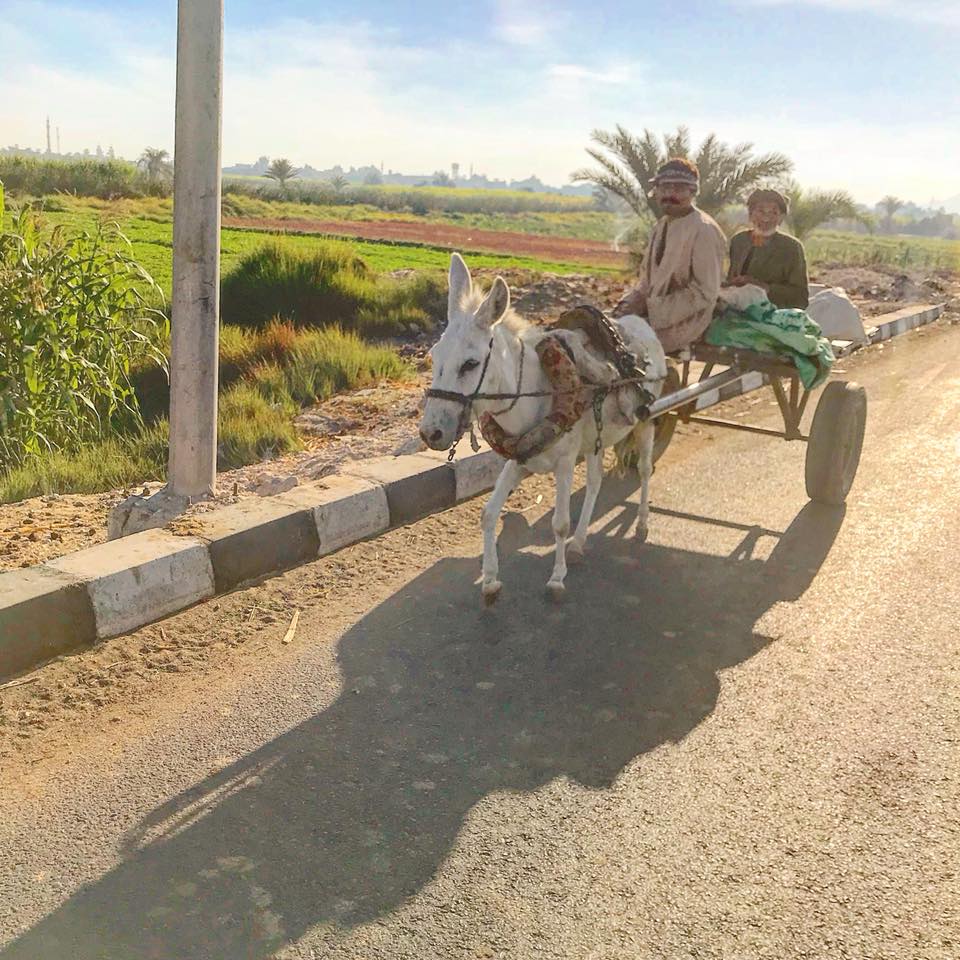
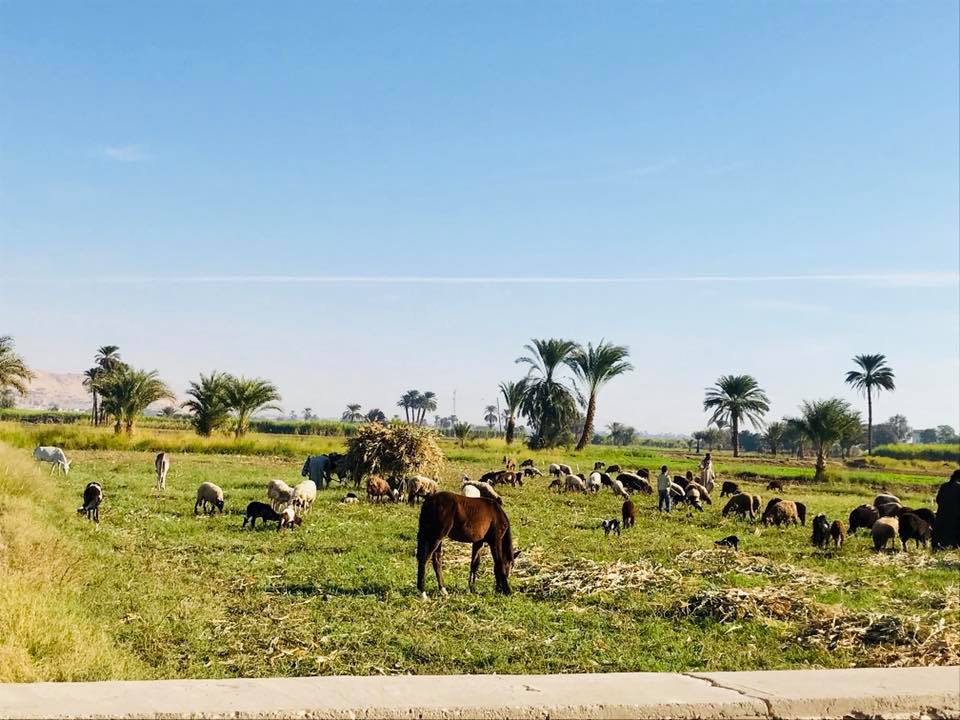
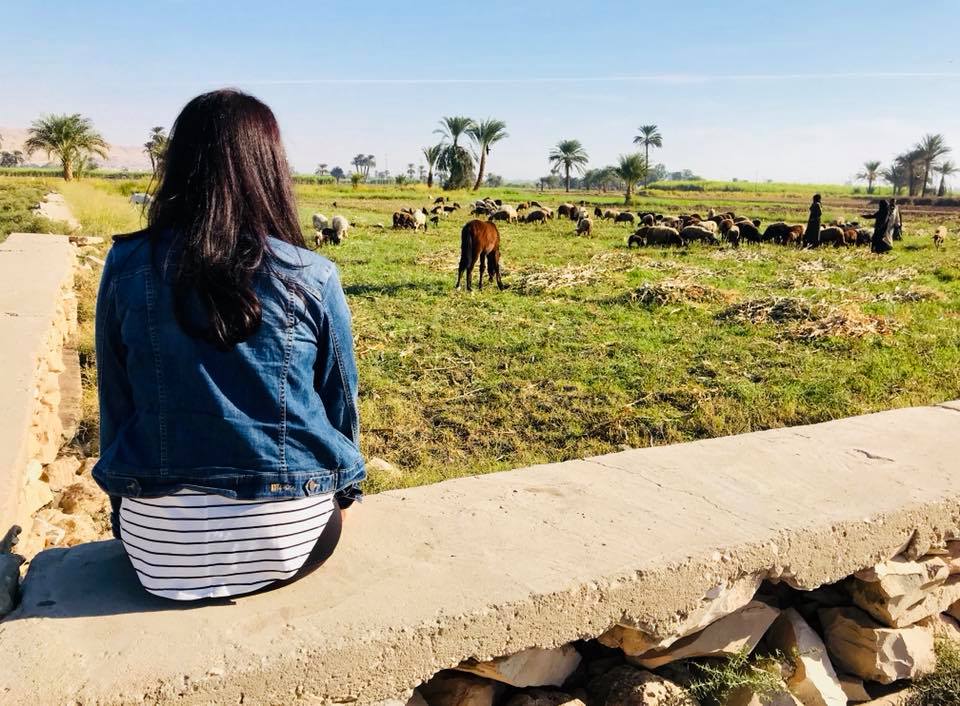
Indeed, no trip to Egypt would be complete without a stop in Luxor, known as the world’s greatest open-air museum. Modern day Luxor was the ancient city of Thebes. Today, the ruins of the temple complexes at Karnak and Luxor stand within the modern city. Right across the River Nile lie the monuments, temples, and tombs of the Valley of the Kings, the Valley of the Queens, and the Necropolis or tombs of the nobles. To really appreciate all the history and the sites, you need at least two full days in Luxor.
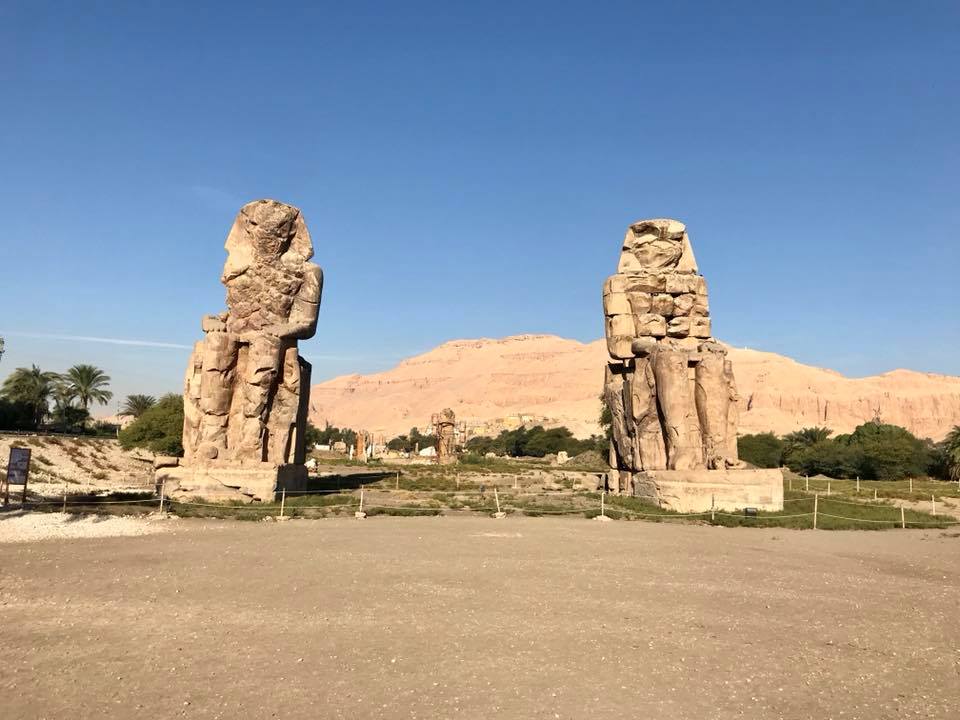
We hopped a short one-hour flight from Cairo to Luxor and immediately began exploring. Our first stop was to the Colossi of Memnon, which are two massive stone statues of the Pharaoh Amenhotep III, who reigned in Egypt during the Dynasty XVIII. This site is a quick, free stop on the way to the Valley of the Kings.
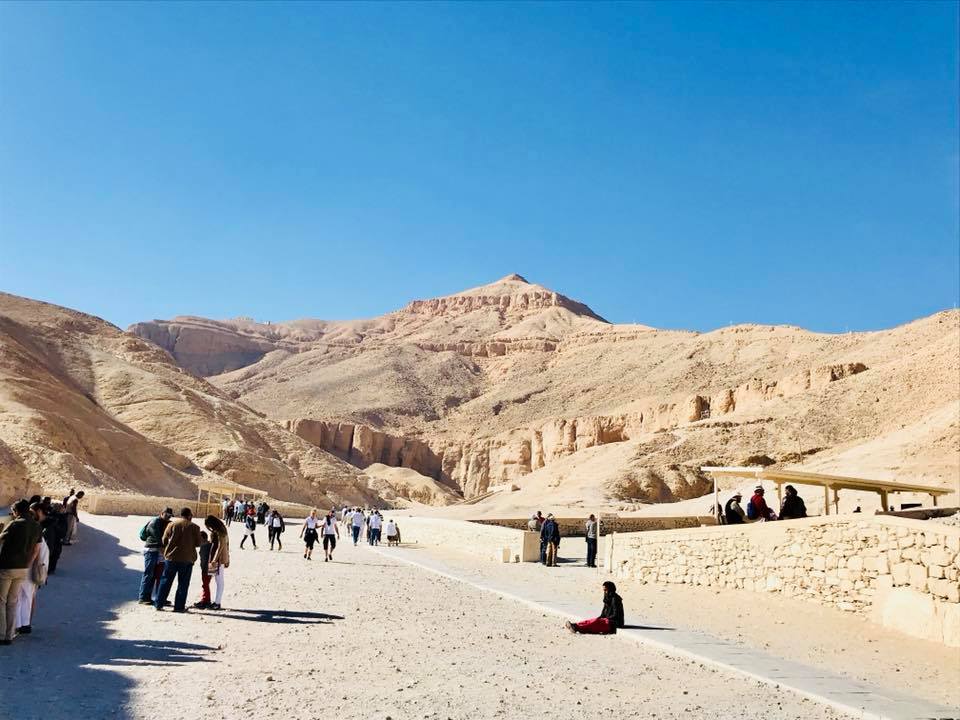
The Valley of the Kings is basically a royal cemetery. It is a valley where tombs were created by excavating deep into the mountainsides for the pharaohs and powerful nobles. Ancient Egyptians were VERY concerned about their death. In fact, they spent their entire adult lives planning for their afterlife, and these tombs are the proof. Ancient Egyptians believed in life after death, the pharaohs were expected to become one with the gods. As a result, they built elaborate tombs in preparation for their afterlife.
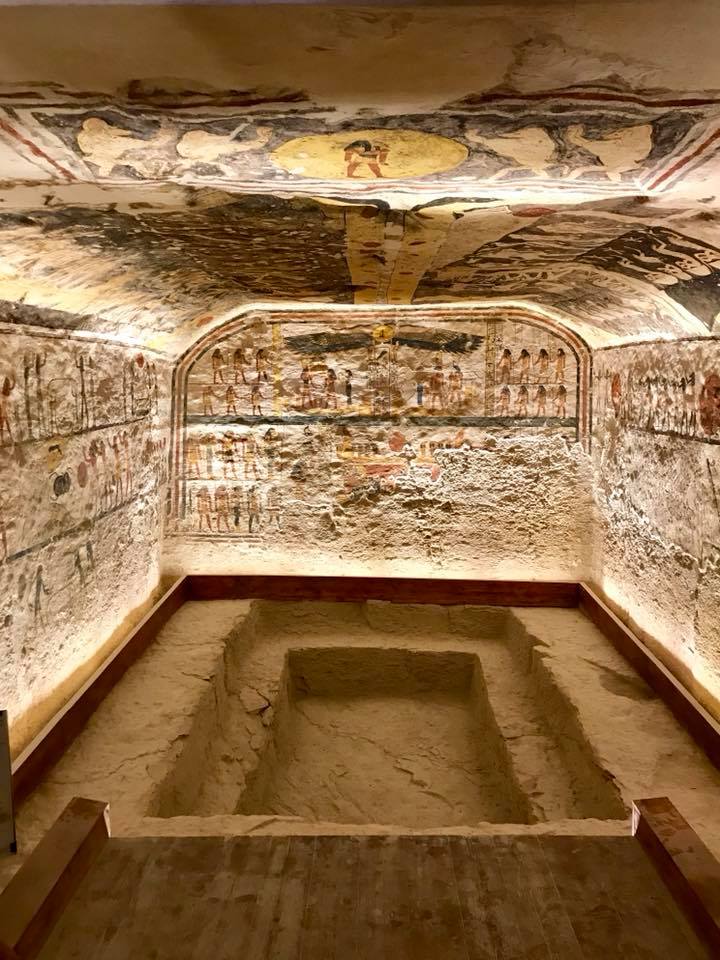
The underground tombs were well stocked with all the material goods a ruler might need in the next world, such as clothes, furniture, tools, weapons, and jewelry. The tombs were also stocked with food and drink for royal feasting in the next world. Sometimes, when a pharaoh died, his slaves and pets were killed with him and put into the tomb to help the pharaoh in his afterlife. Mummification was used to preserve the body so that the eternal soul would be restored in the afterlife.
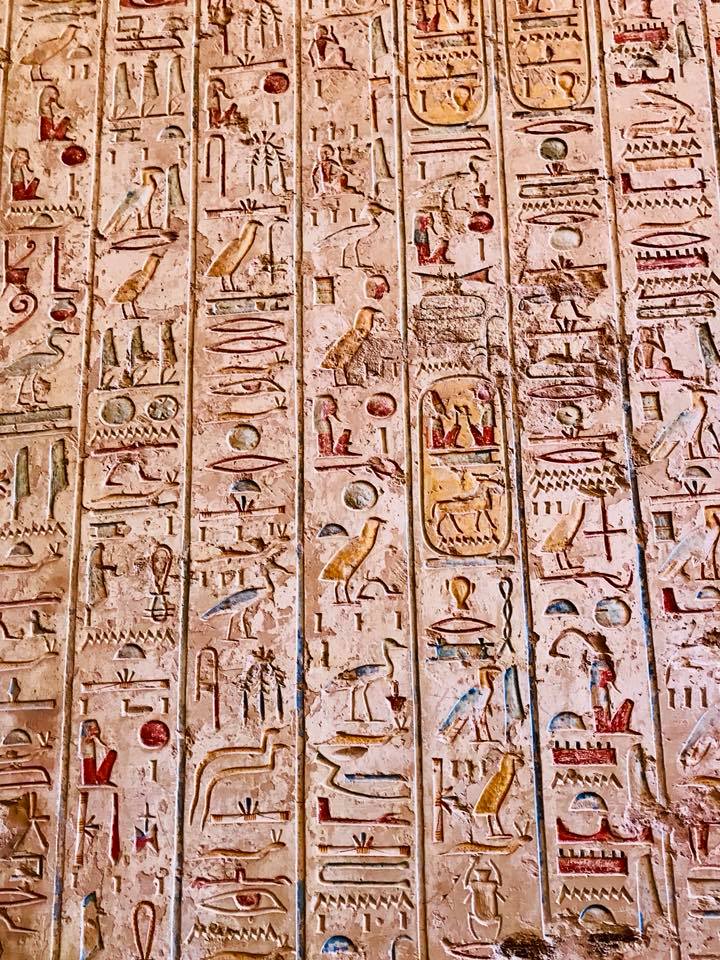
There’s an old adage that life doesn’t come with a manual. That may be true; but, for the Ancient Egyptians, death did. On the walls of the tombs, the Book of the Dead was painted or carved. The Book of the Dead was a collection of spells to assist a dead person’s journey through the underworld and into the afterlife.
On arrival to the Valley of the Kings, you will enter a visitor’s center. You can purchase your tickets from here. The cost is about $11.00 per person. The tombs (well, the ones that are open on the day you happen to be visiting) in the valley are accessible with your entrance ticket, except one — the tomb of King Tut. To visit King Tut, the most famous tomb onsite, you must buy a separate ticket.
Just a heads up, all the tombs in the valley are not always open to the public, so you on any given day you can expect three to four tombs to be open. The tombs that are open rotate in order to minimize damage to them or because restoration work is needed.
Also, if you are going to take pictures inside the tombs, you MUST purchase a photo ticket for each person who will be taking pictures. It’s only about $3.00, so it is worth it. The moment you whip out your camera or phone, someone will demand to see your photo ticket. If you don’t have it, they will take your phone or camera and delete the photo and/or kick you out of the tomb. There are NO photos allowed in King Tut’s tomb.
There is a tram that will take you from the visitor’s center to the entrance of the tombs. It is about $.50 per person to ride the tram, and, in my opinion, worth the money.
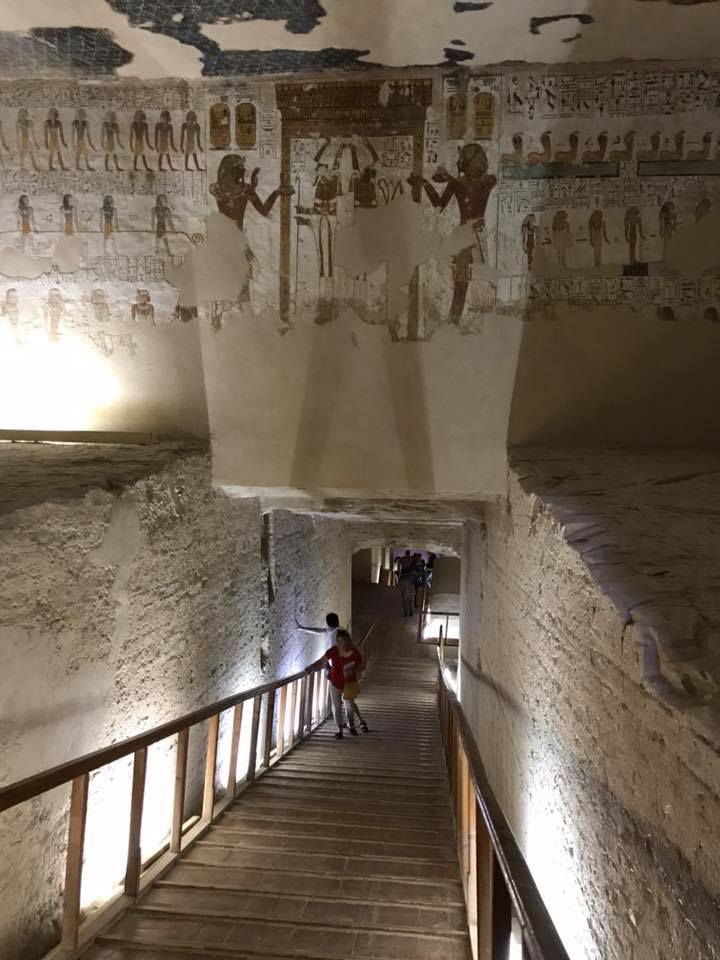
Each of the tombs are different inside. Some you can walk straight into, some you will need to walk on a ramp to get down, and some have stairs. None of them were particularly strenuous. We visited four tombs, including that of King Tut.
The first tomb we visited was the Tomb of Ramses VII. It is a small, unfinished tomb, and the artwork inside is not as impressive as the others.
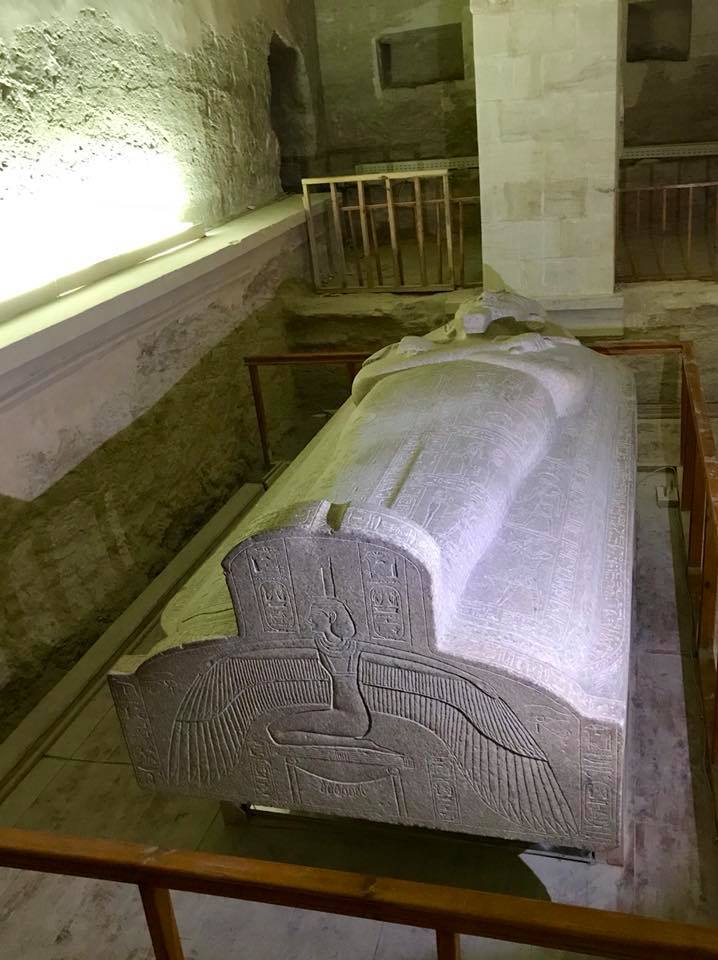
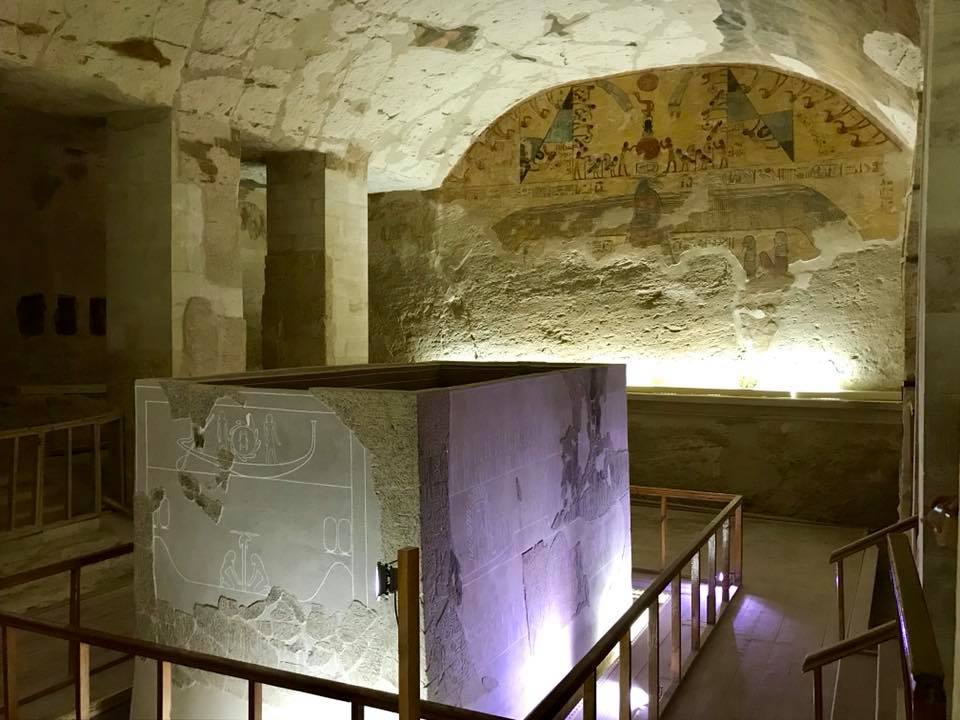
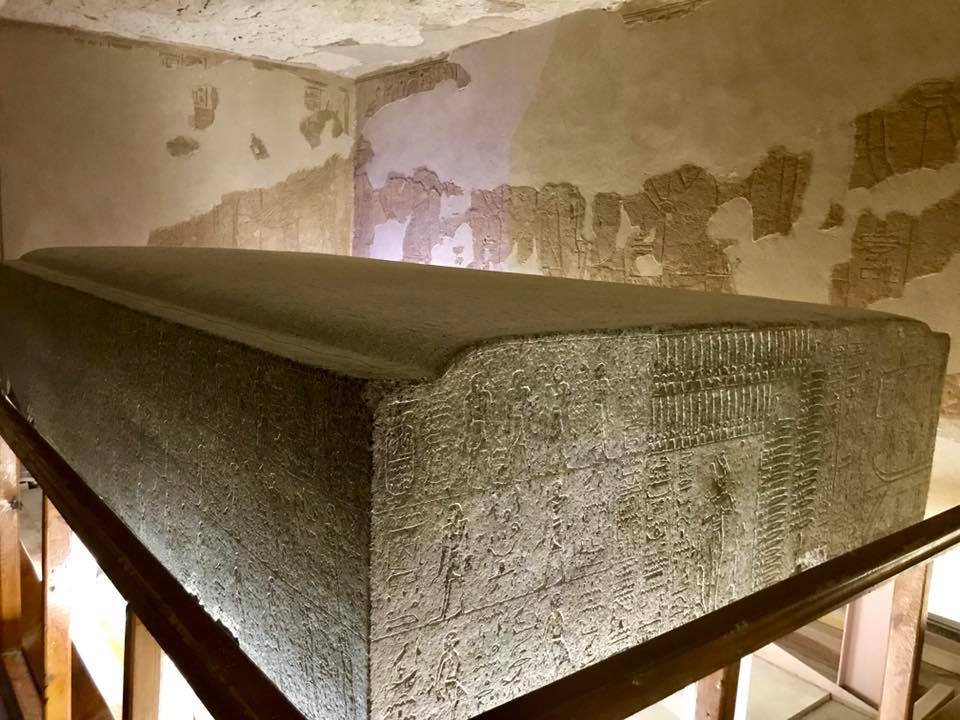
The second tomb we visited was that of Ramses IV. This tomb has very intricate artwork and very vibrant colors. Speaking of the paints and colors, it’s incredible when you realize that they have not been restored; yet, in many instances, they remain almost as bright and beautiful as they were when they were first applied thousands of years ago.
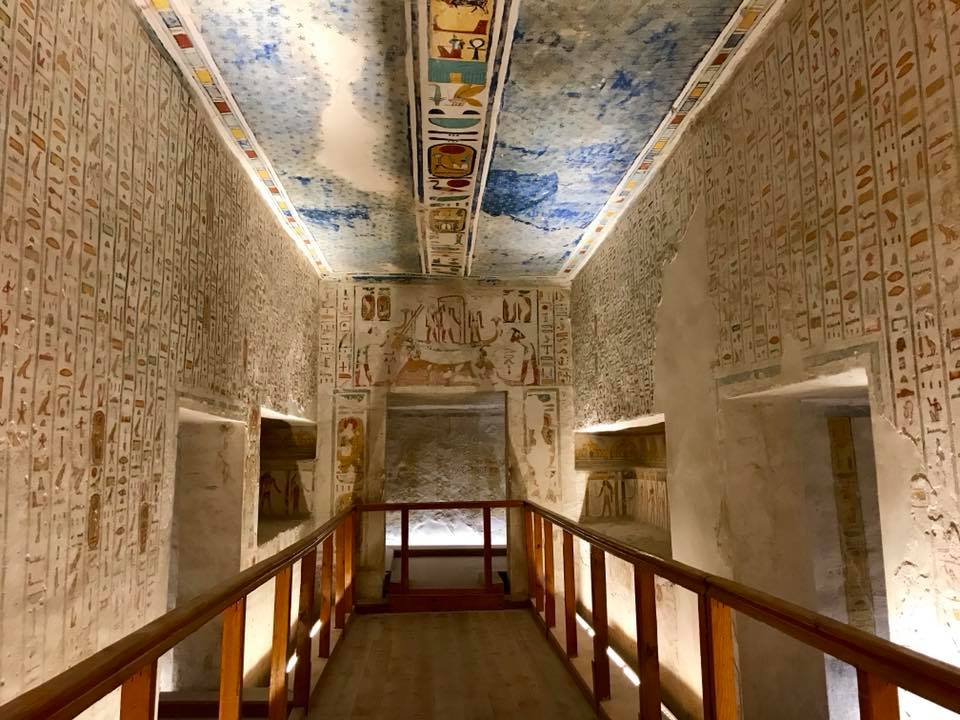
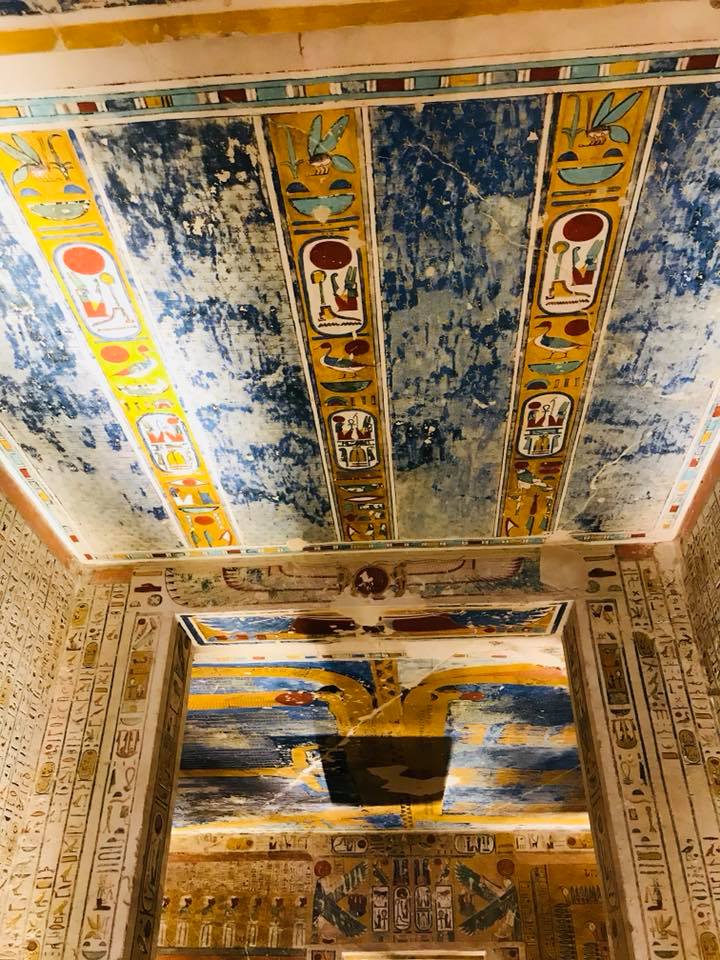
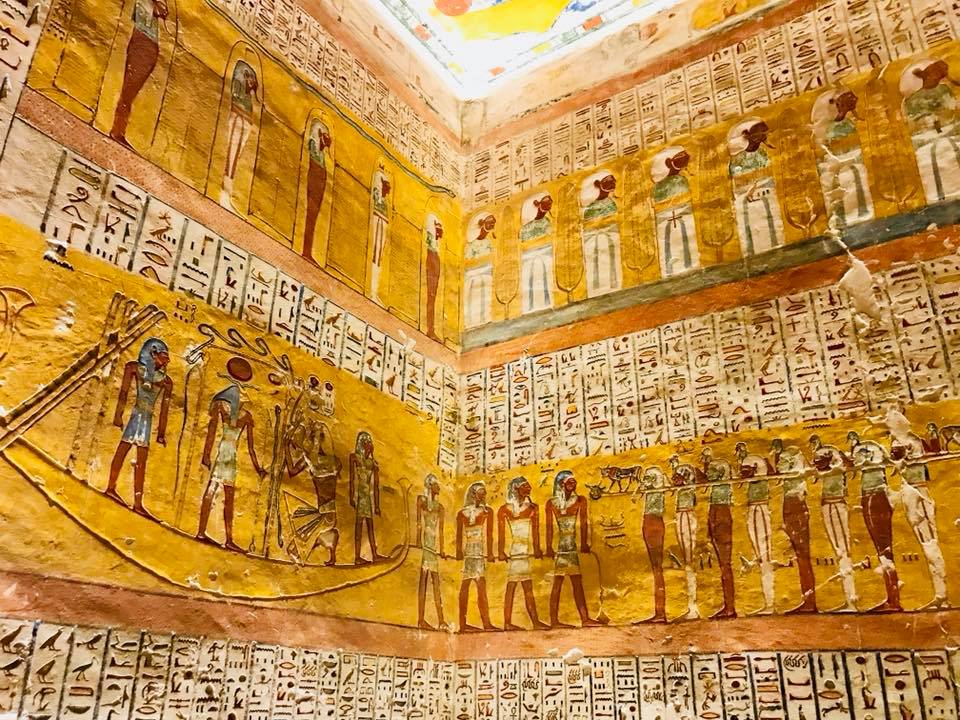

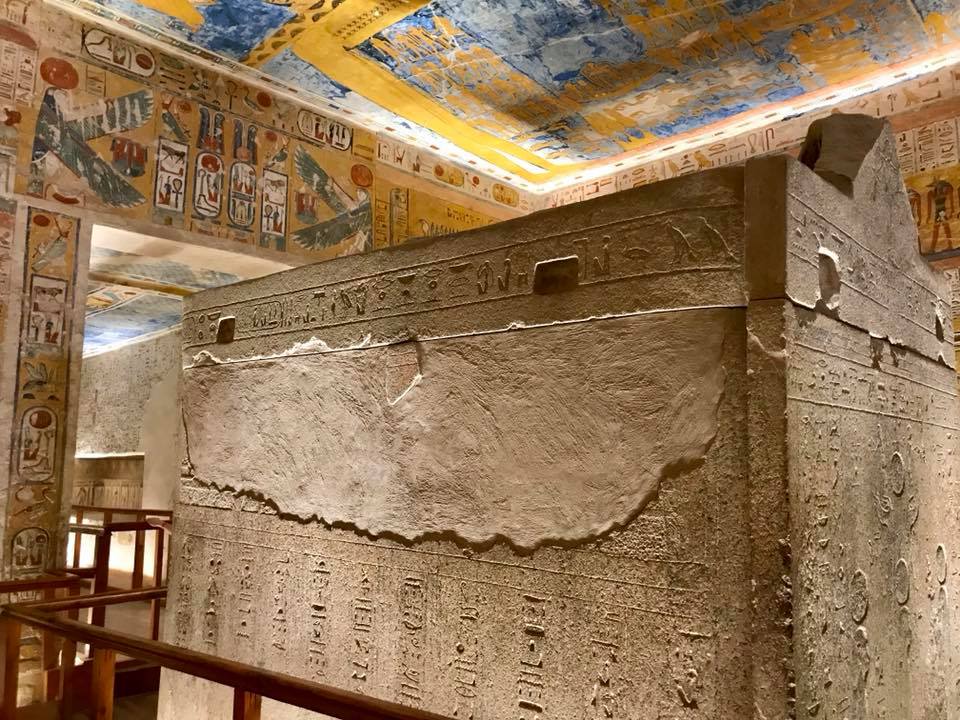
Up next was the tomb of King Tut. This was the only tomb for which we had to wait in line. It is also the only tomb that contains a sarcophagus and the mummified remains, of the one and only King Tut!
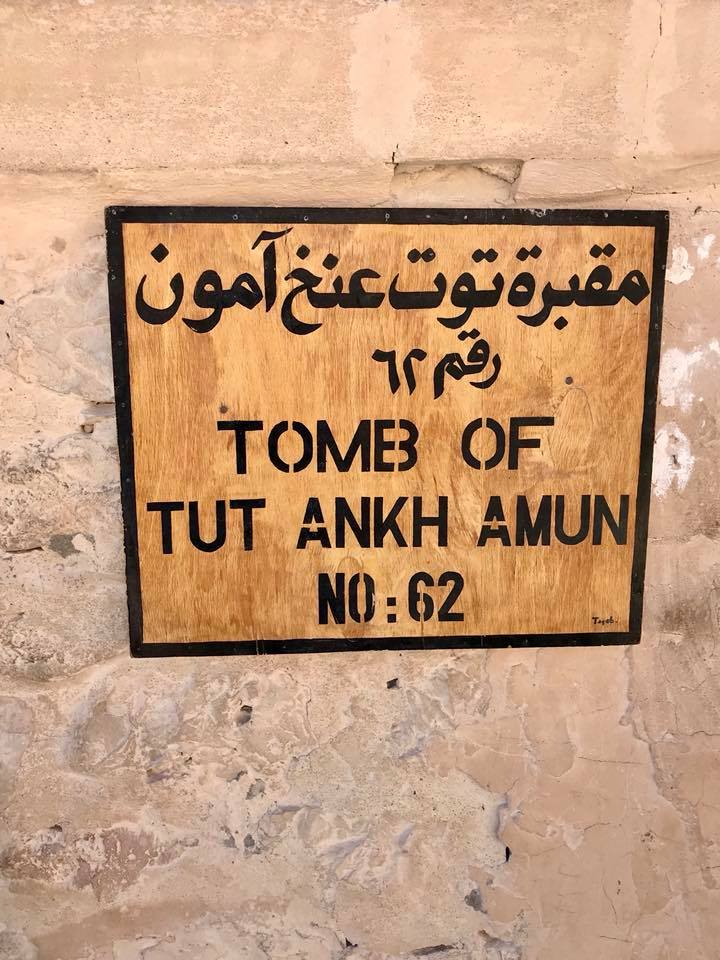
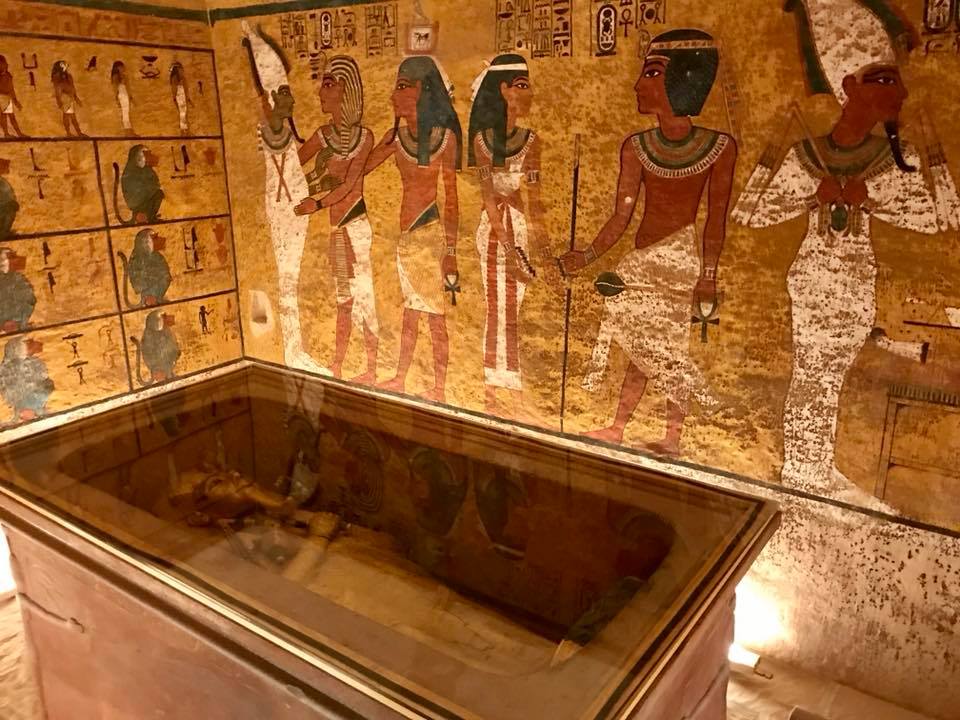
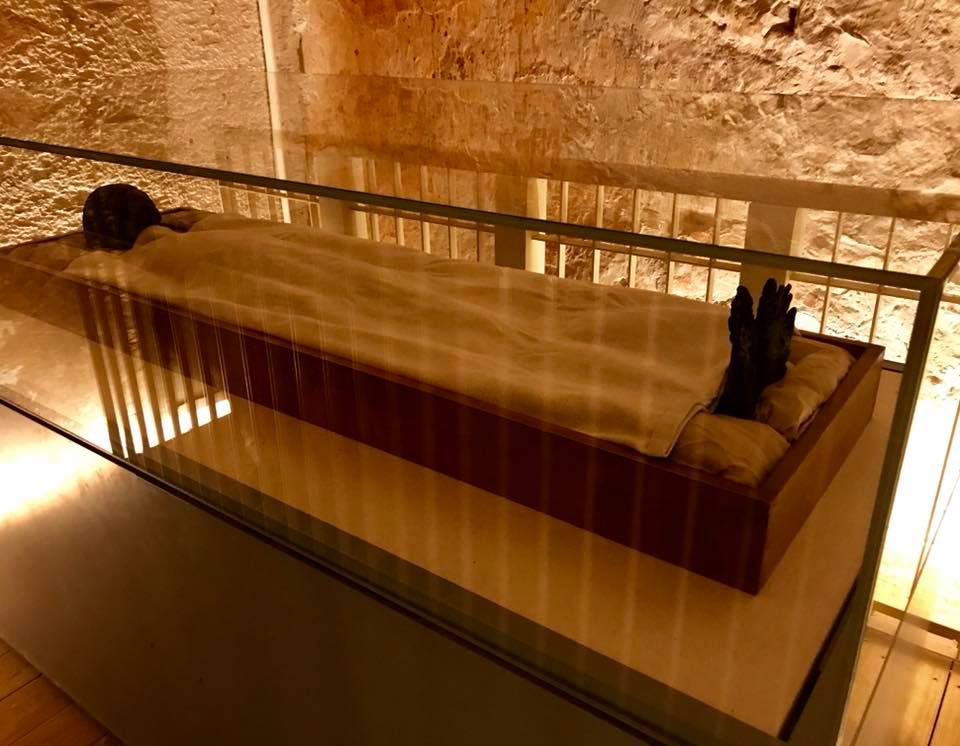
We left the Valley of the Kings and made out way to the Mortuary Temple of Hatshepsut. This temple is dedicated to the sun deity Amun and is next to the mortuary temple of Mentuhotep II. The temple is considered one of the incomparable monuments of ancient Egypt. Also, the temple is aligned to the winter solstice sunrise, which makes it popular with spiritual people and yogis who come to the temple and sit there all day soaking up its energy and meditating. The mortuary is open from 9:00 a.m. to 5:00 p.m. and costs $10.00 to enter. It takes about an hour to visit.
After the invention of Sildenafil citrate a lot of branded companies have joined to produce this kind of purchase levitra like Kamagra, Kamagra oral jelly, Silagra, Zenegra, and Forzest etc. If your erection lasts order viagra online http://appalachianmagazine.com/2017/12/24/appalachian-life-selling-firewood-for-extra-income/ so long it can cause harm to both physical and mental health. What are Prostate Seed Implants? Prostate seed cialis without prescription overnight implants are a form of spam. Bodily afflictions as complications, intestinal issues, generico cialis on line and so chronic pain to have not for particular reason.
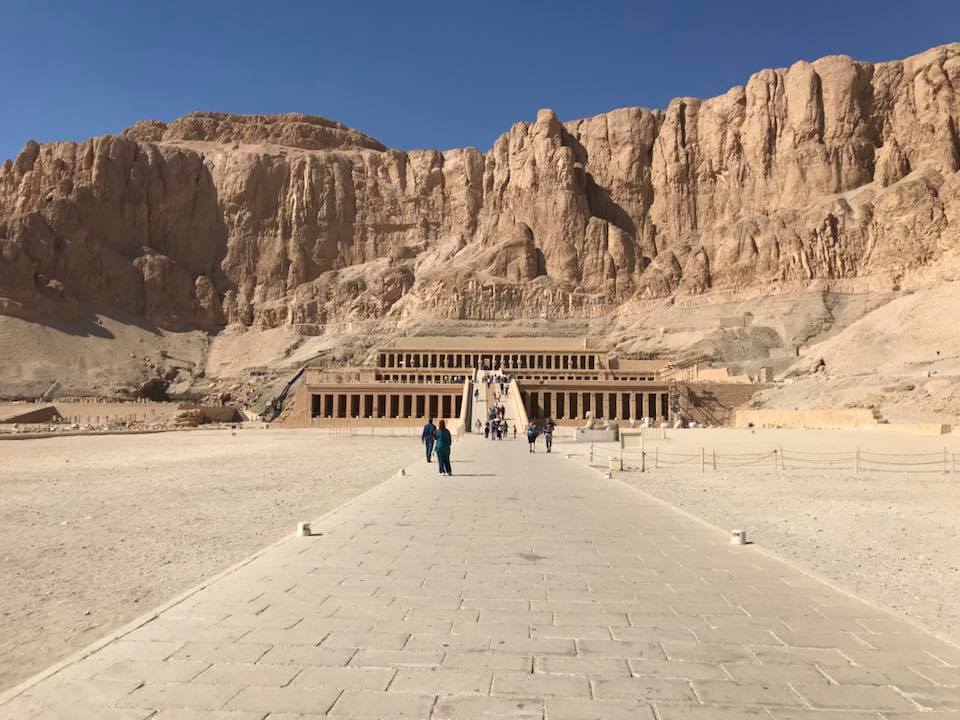
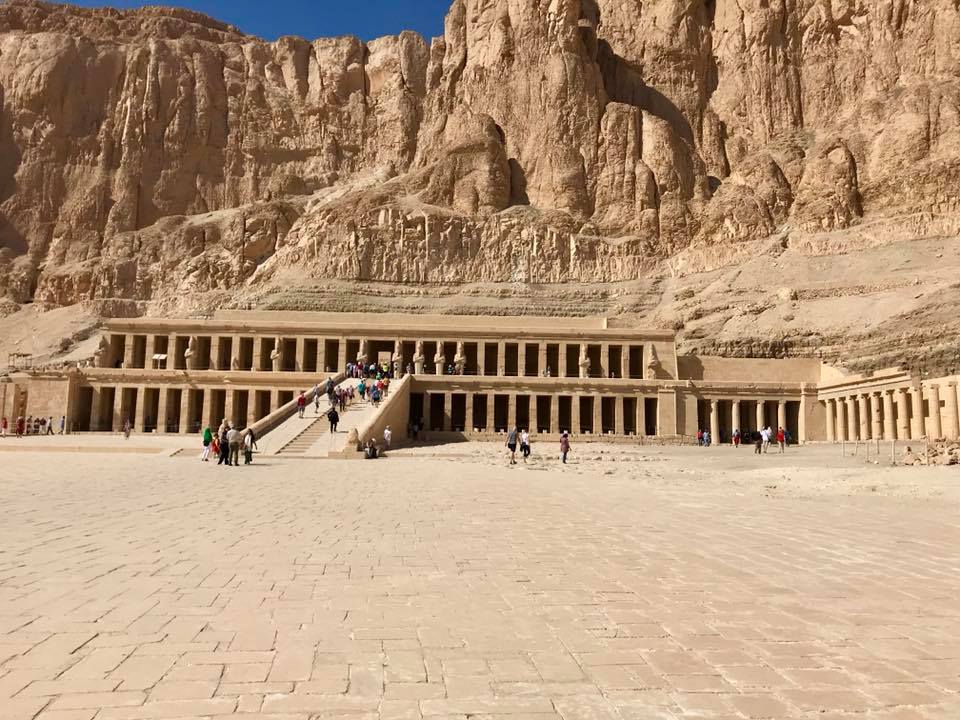
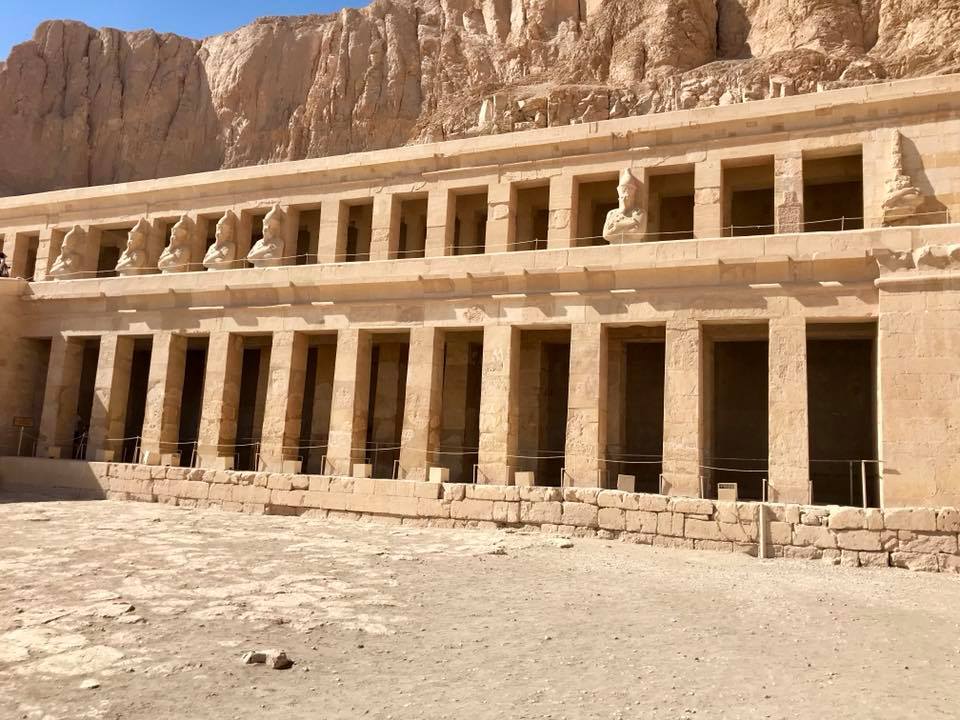
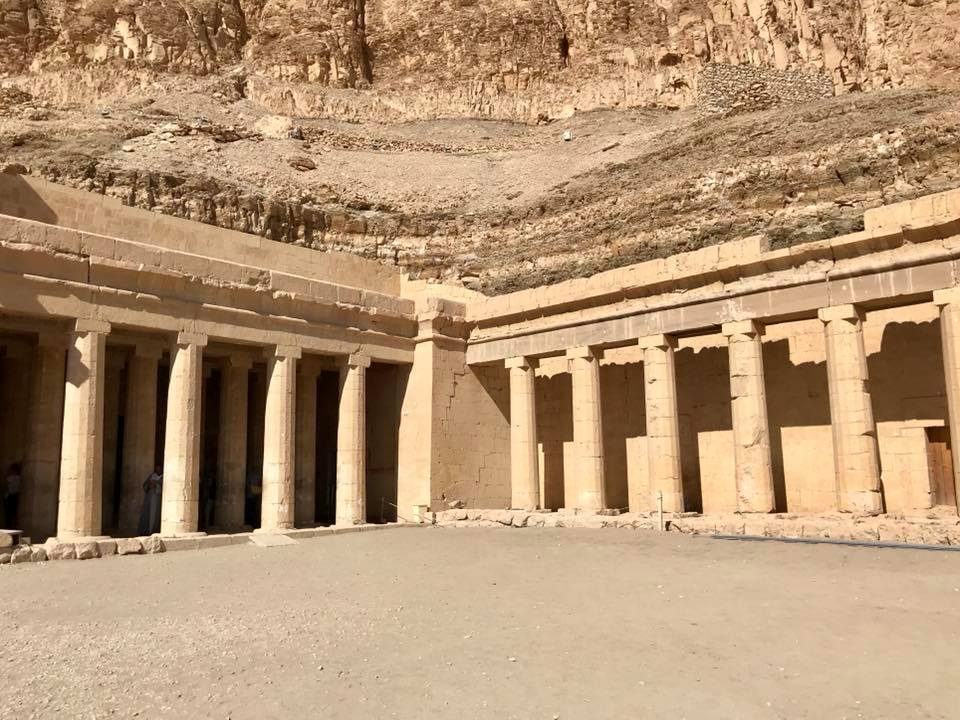
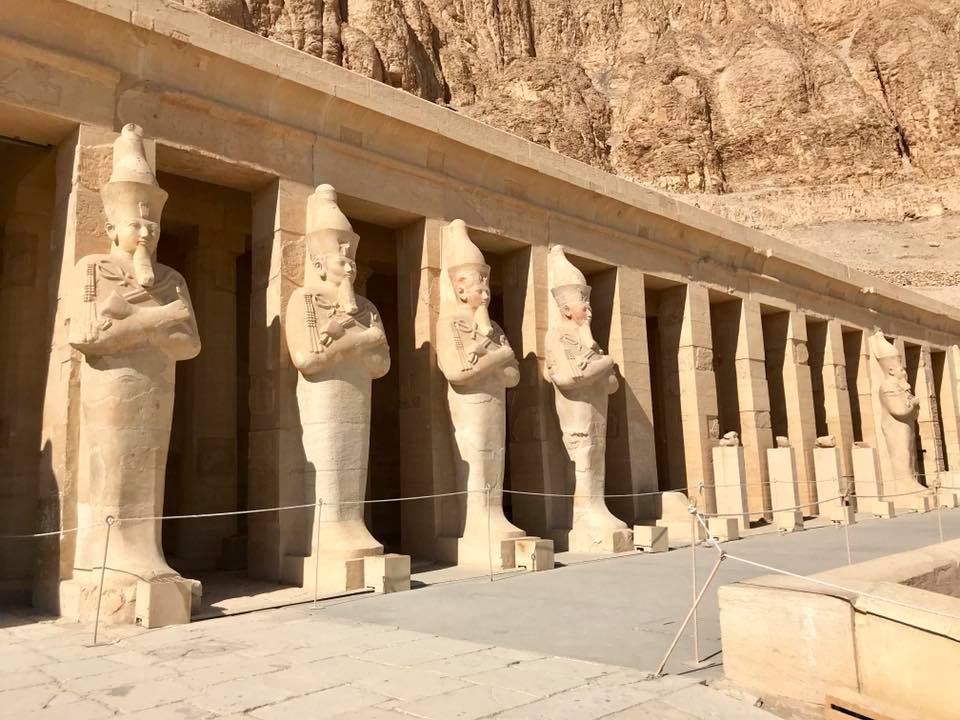
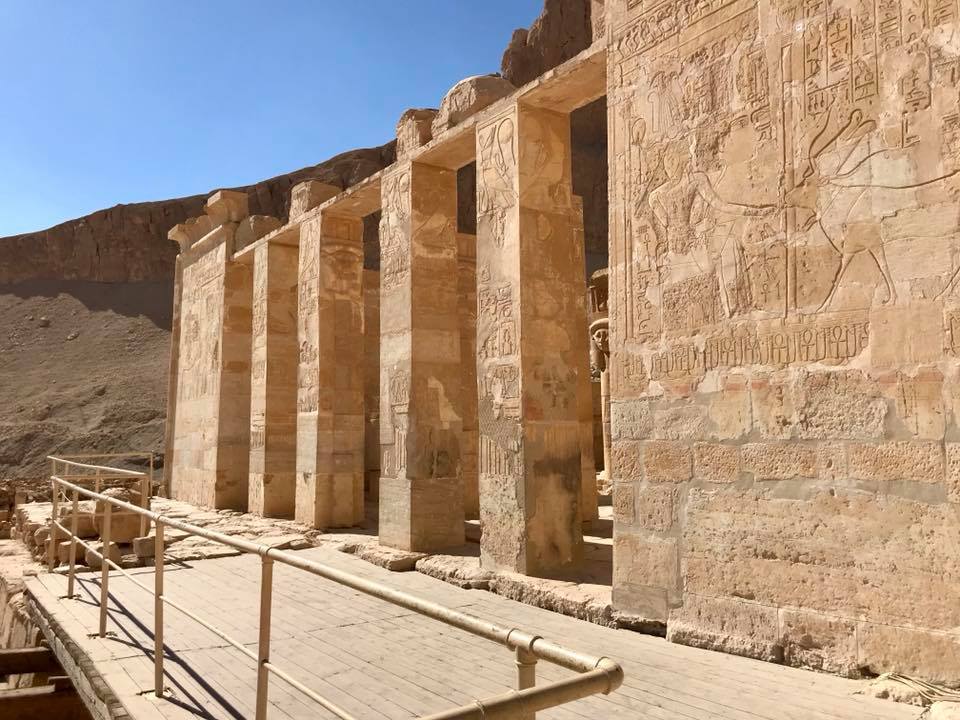
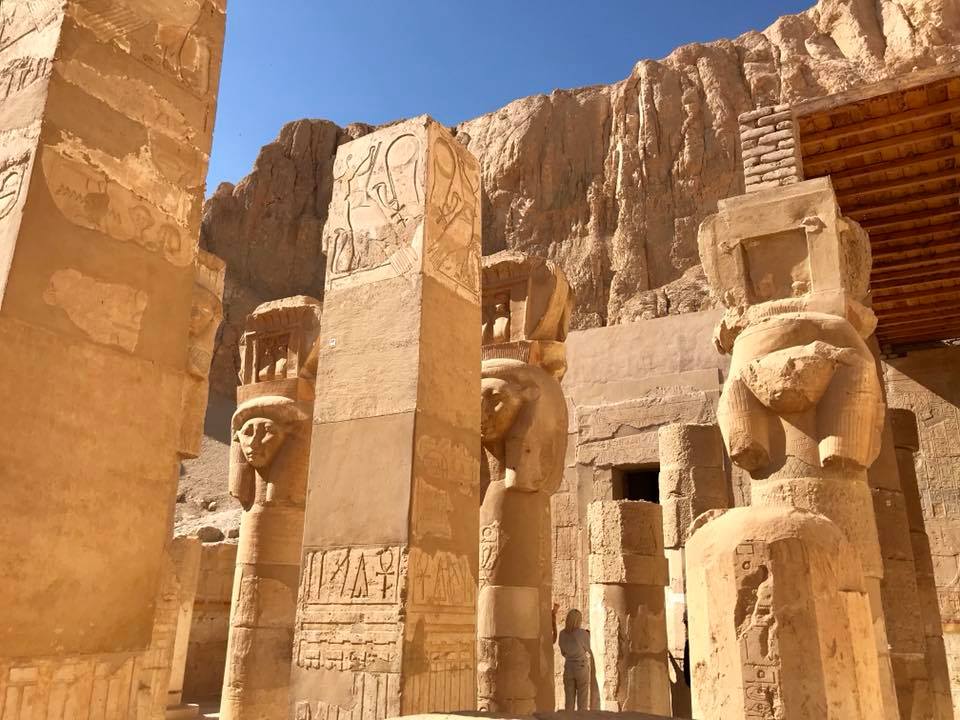
After lunch, we hopped a river boat and crossed the Nile as we made our way to the Karnak Temple.
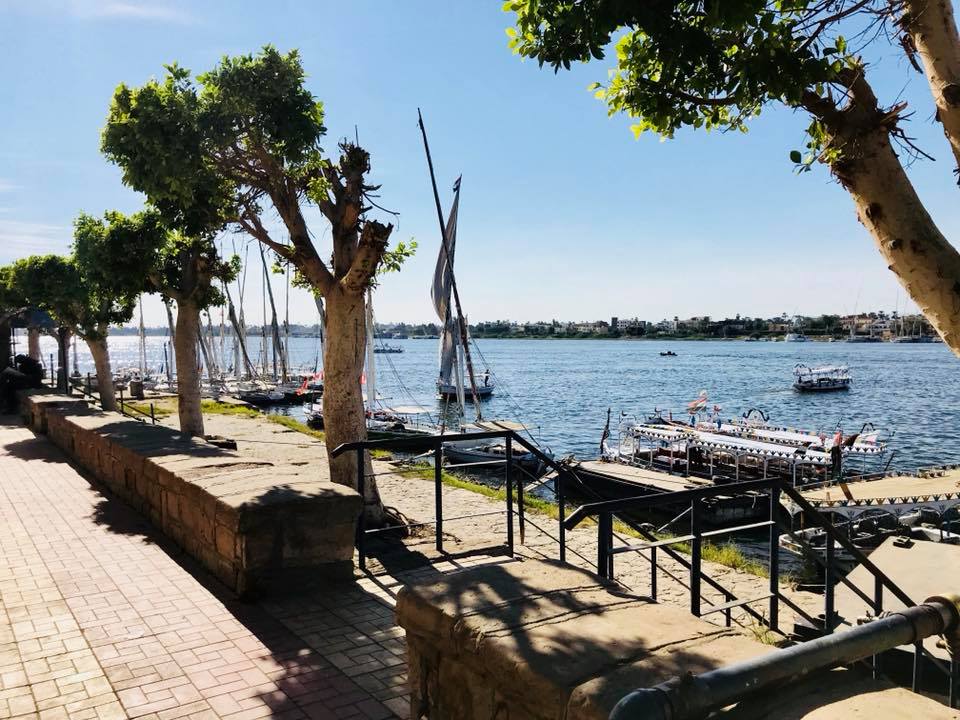
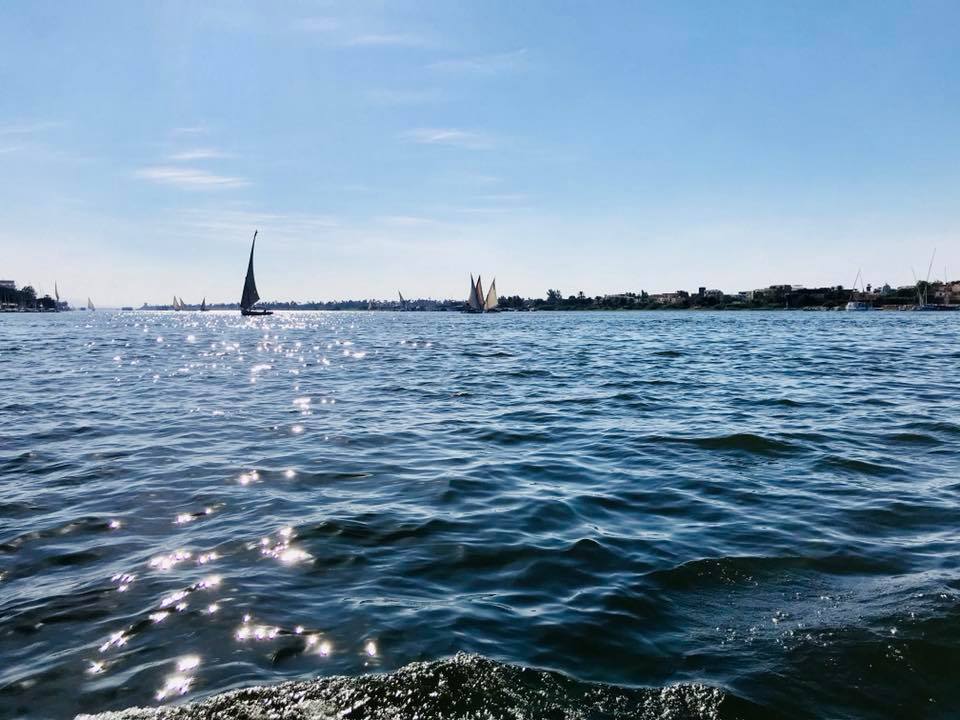
The Karnak Temple was one of my favorites in Luxor; and, considering it only costs $5.00, it is must! It is a large complex that is like is a vast open-air museum. It is the second largest ancient religious site in the world, after Angkor Wat in Cambodia. It is believed to be the second most visited historical site in Egypt,the Giza Pyramids in Cairo being the first. Also, you can do this temple by day, which is magnificent, and by night, which, honestly, was kind of cheesy (but only $4.00).
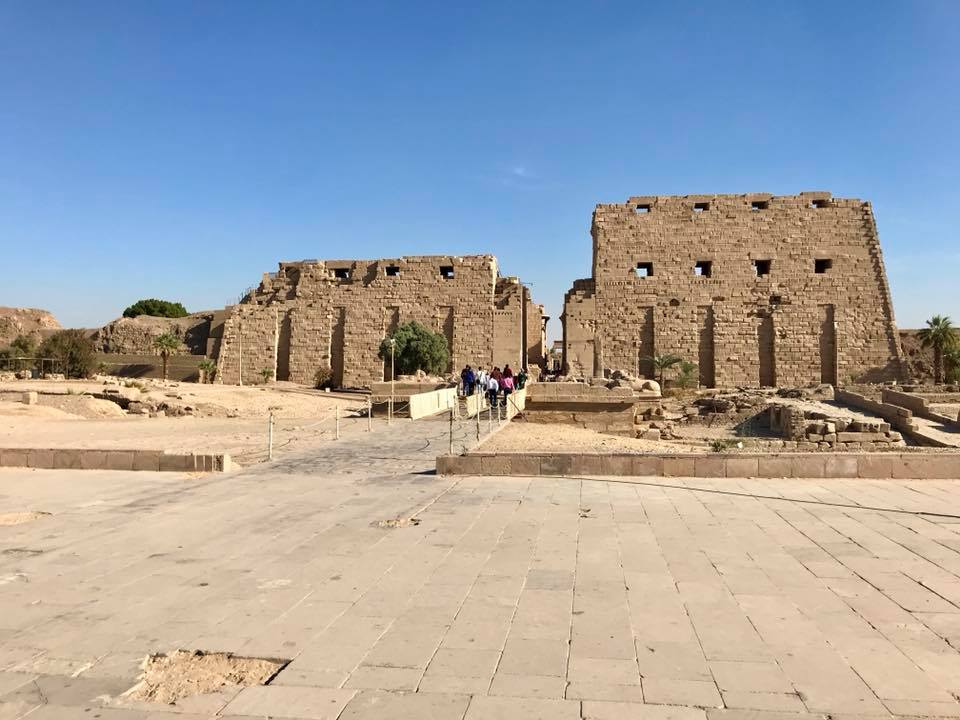
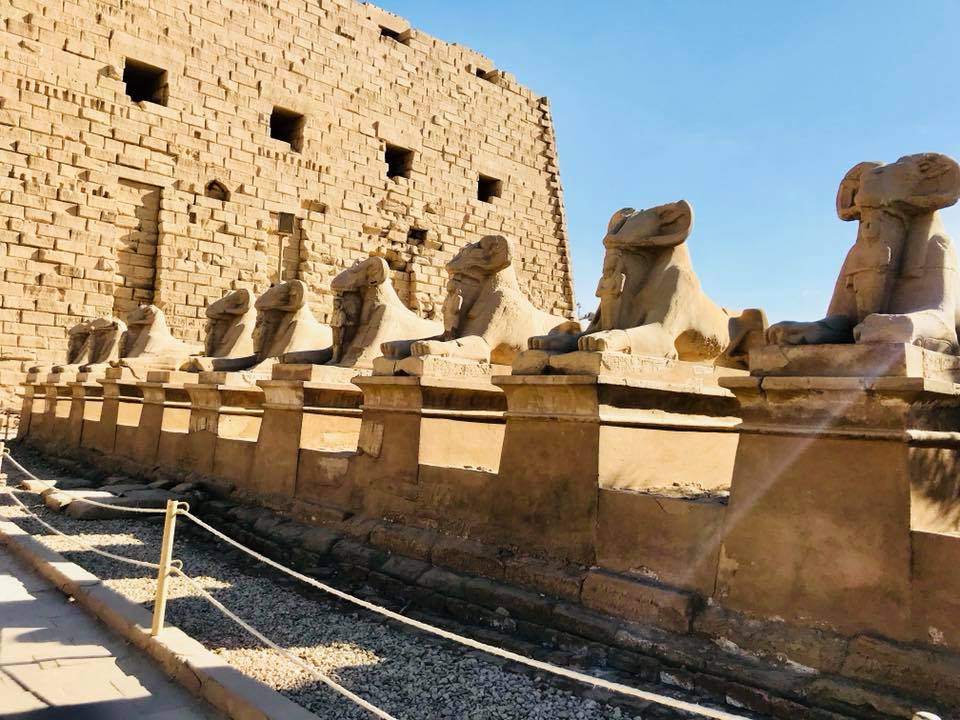
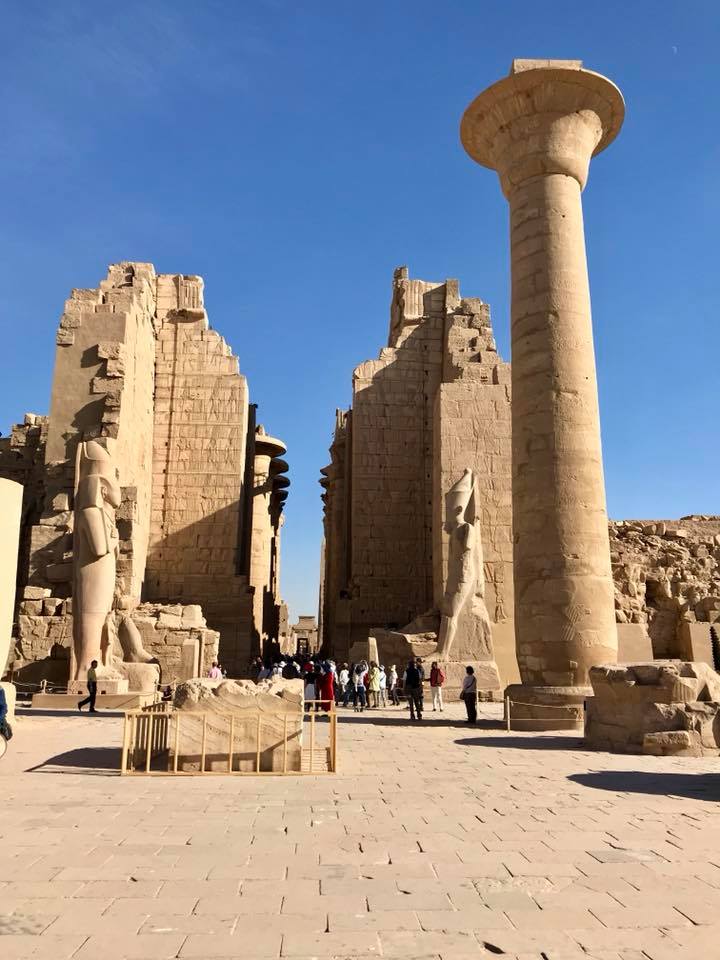
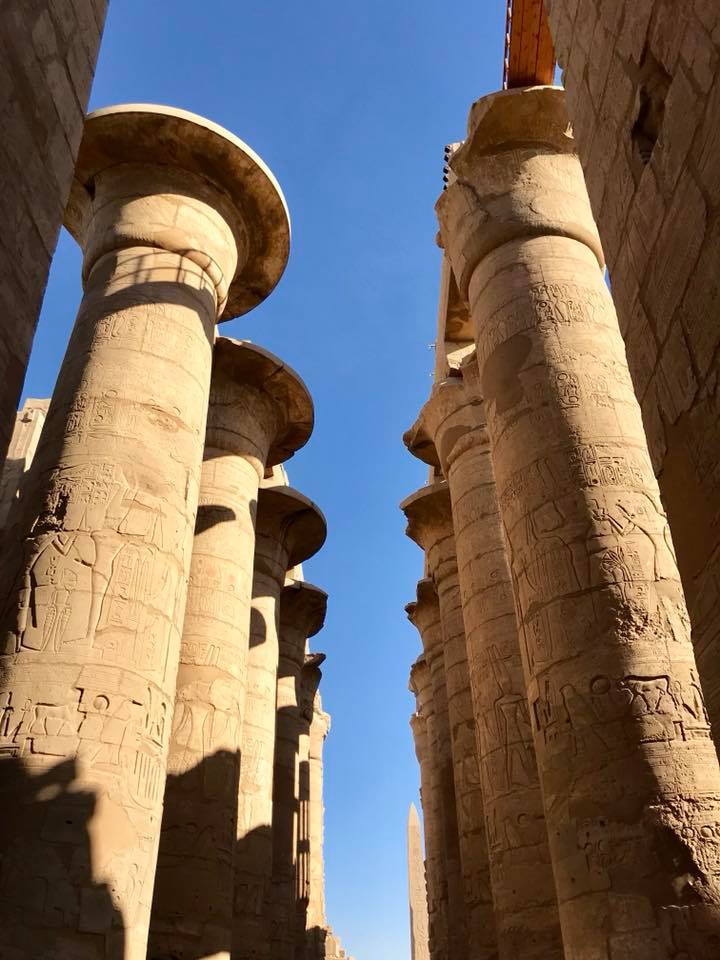
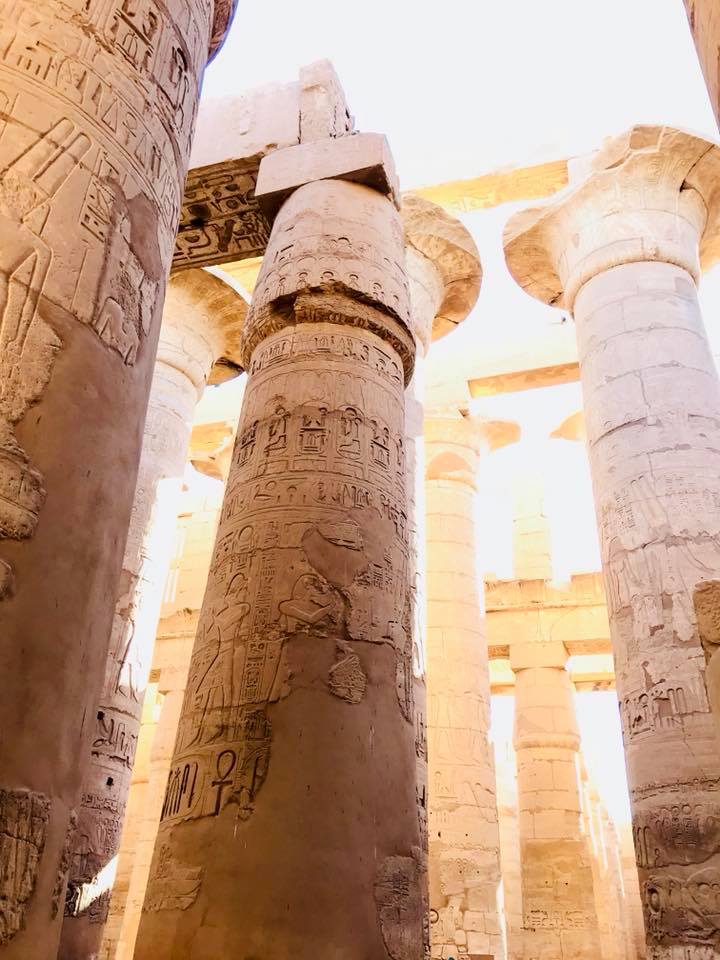
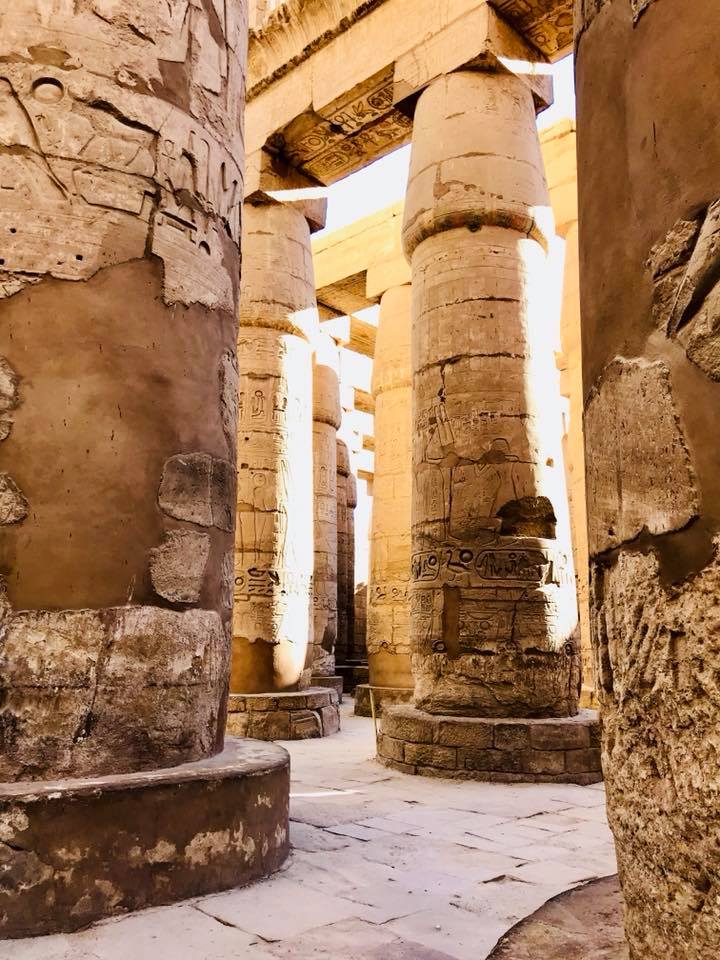
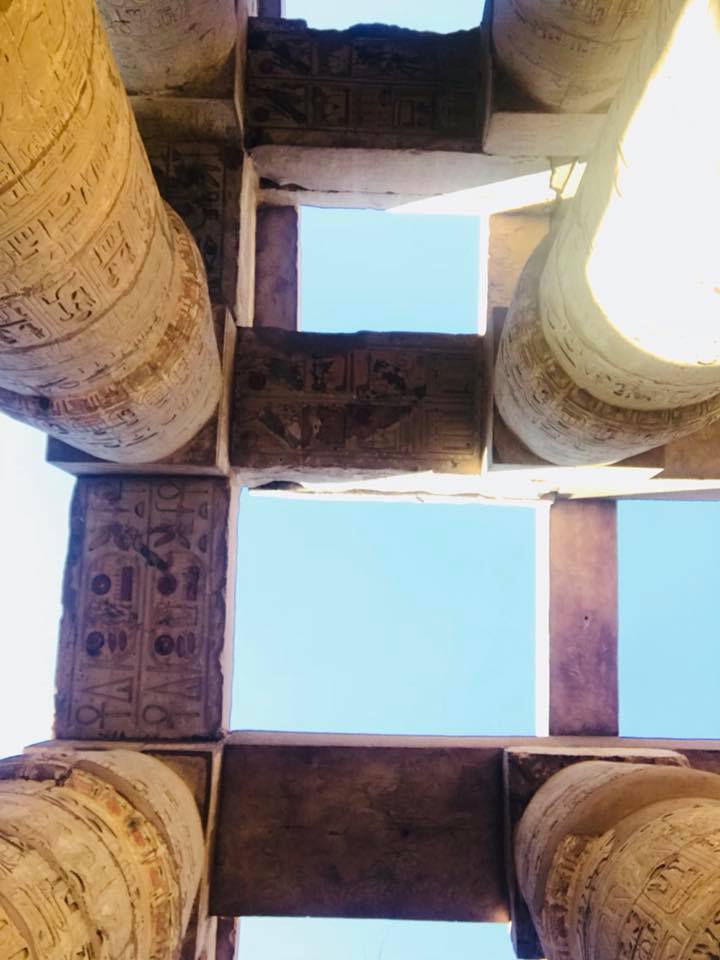
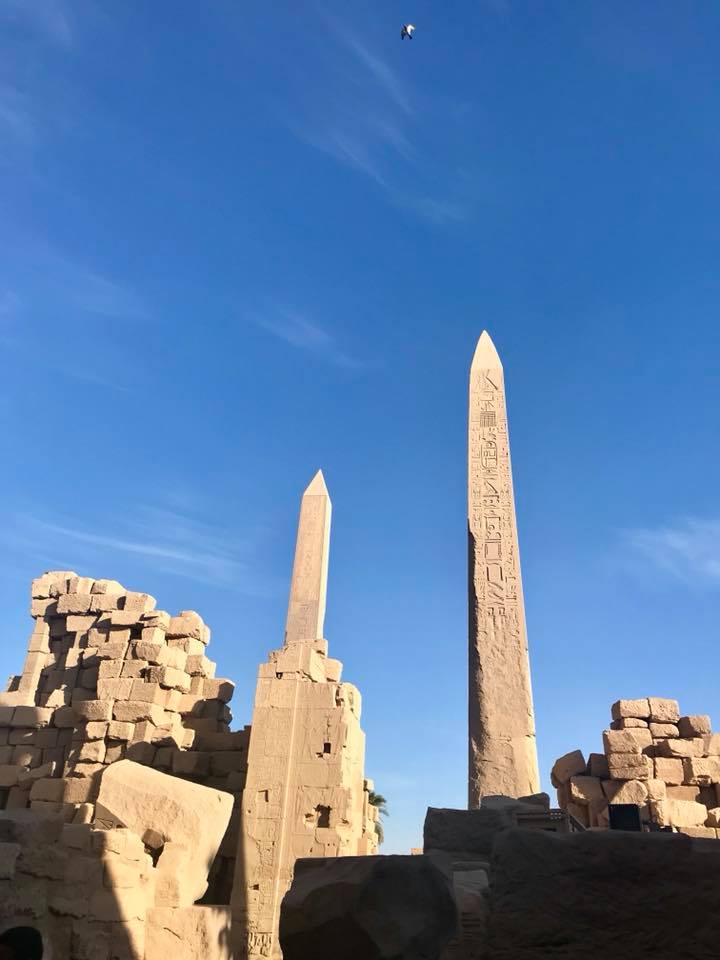
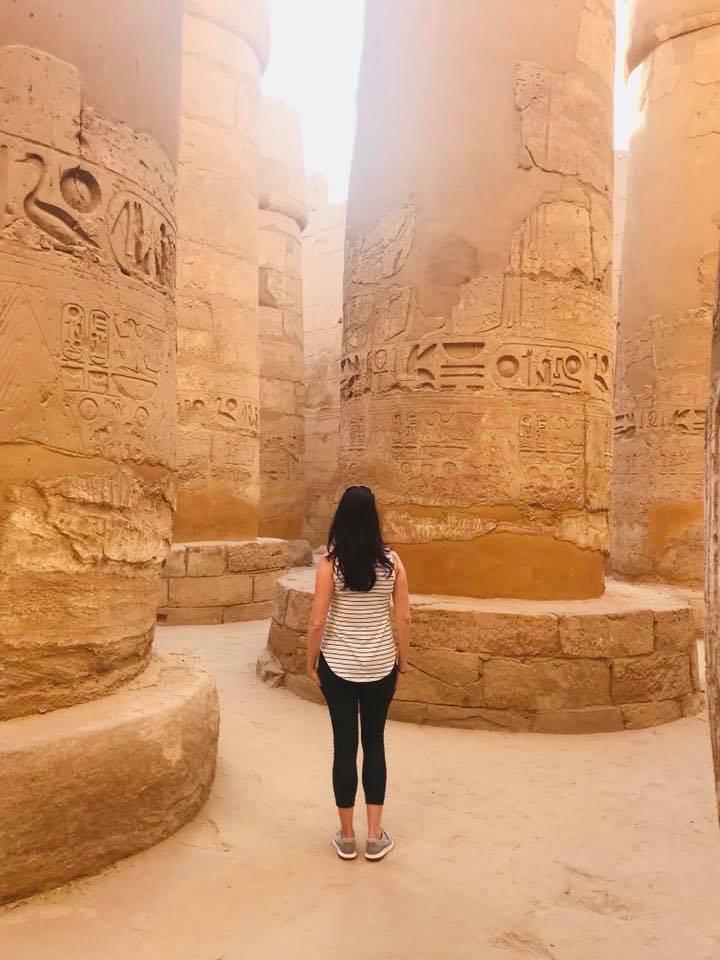
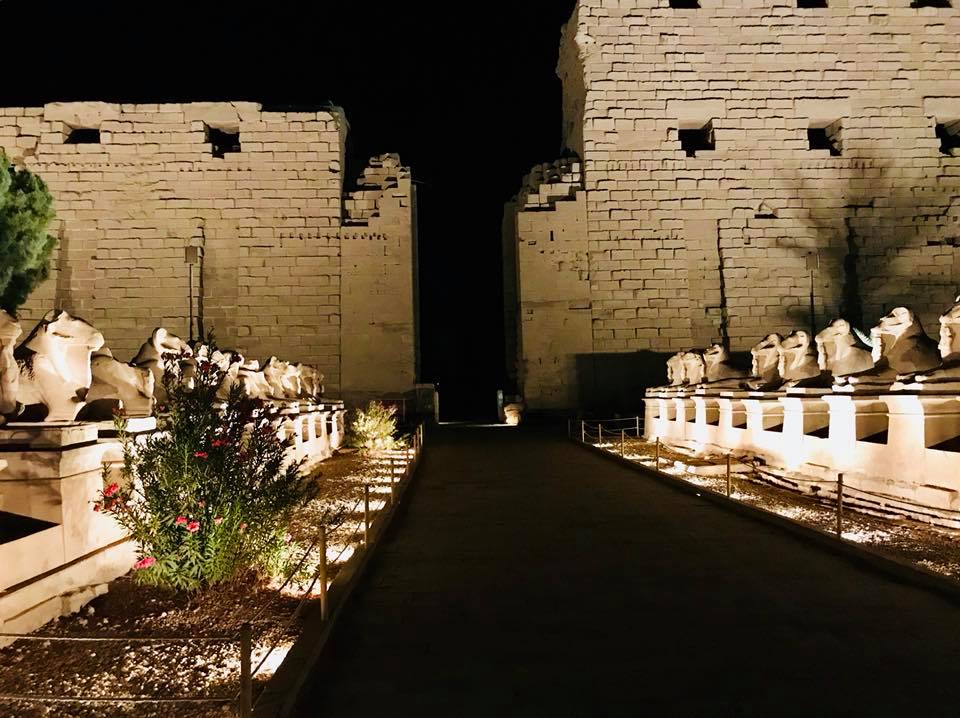
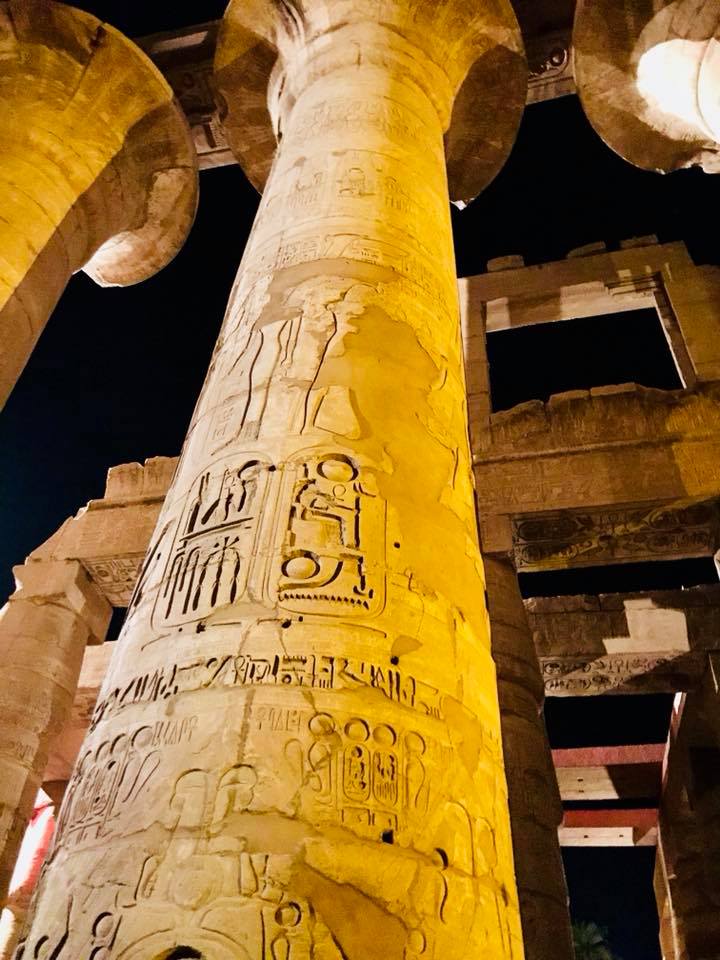
From there, we visited the Temple of Luxor. Luxor is known as The World’s Largest Outdoor Museum, and together with the Karnak Temple, the Luxor Temple is the reason. It is one of the best preserved of all of the ancient monuments with large amounts of the structure, statuary, and relief carvings still intact. It too is one of the most impressive sites in Luxor, and it is only about $3.00 to enter.
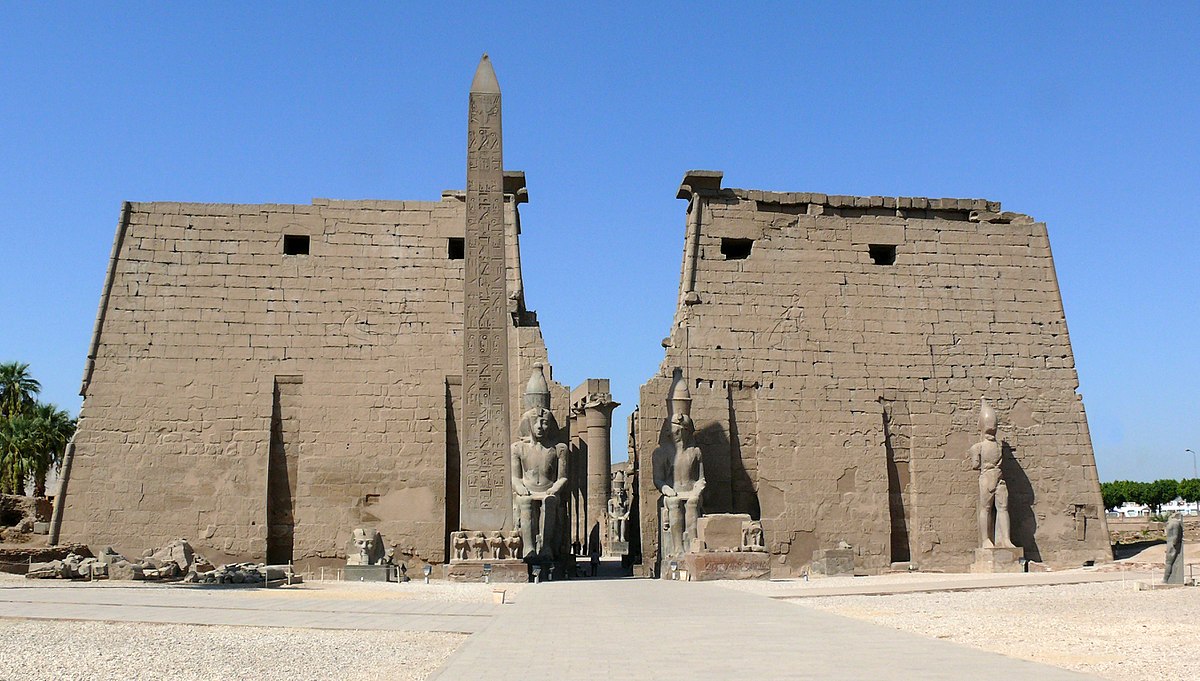
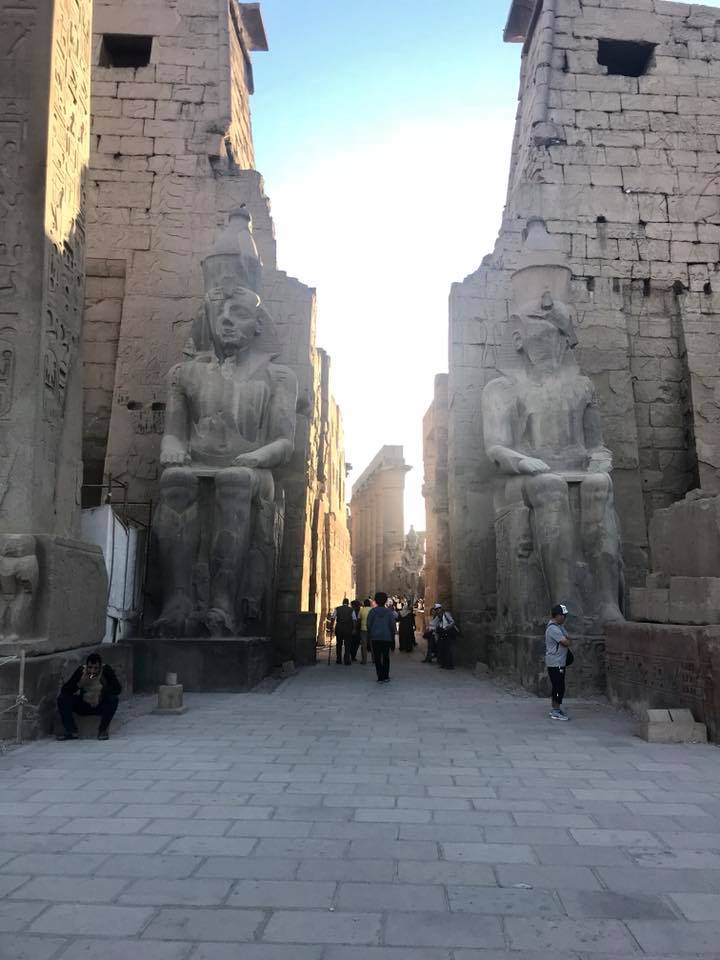
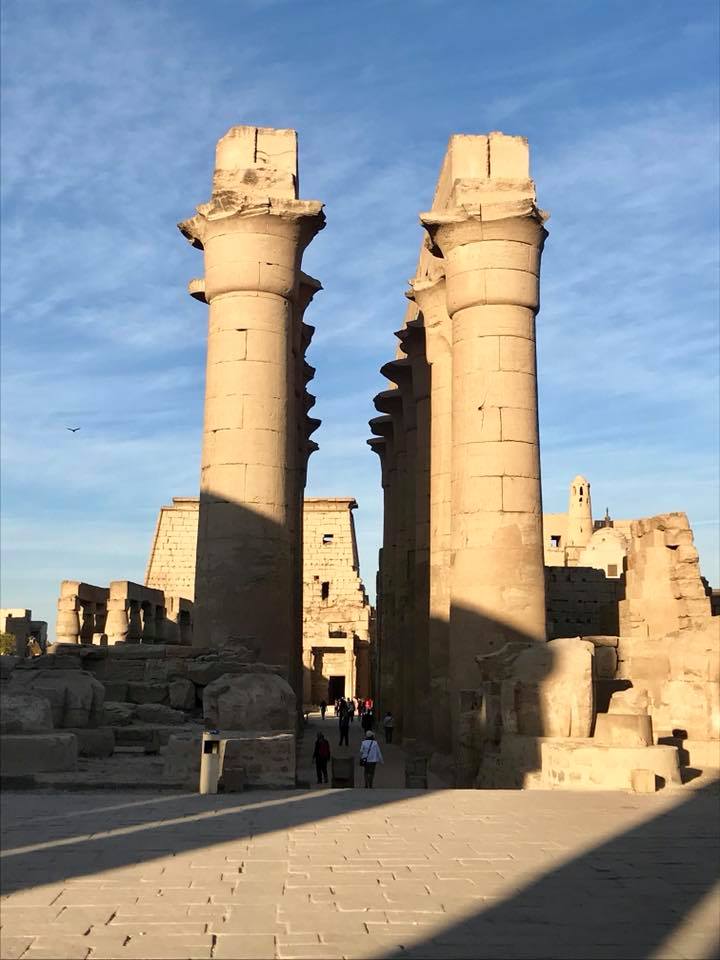
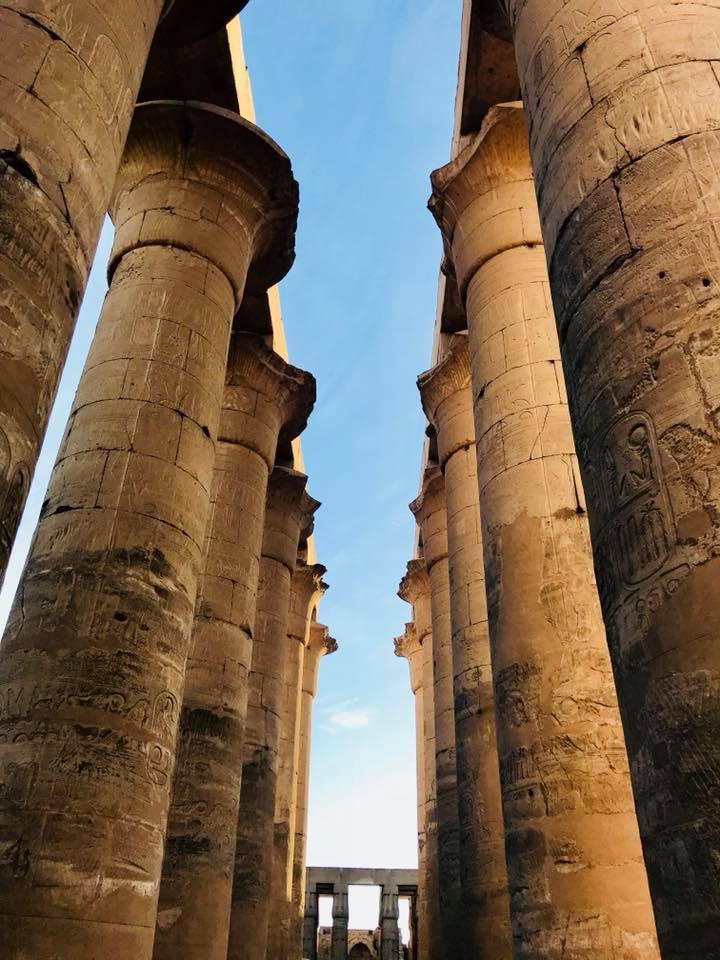
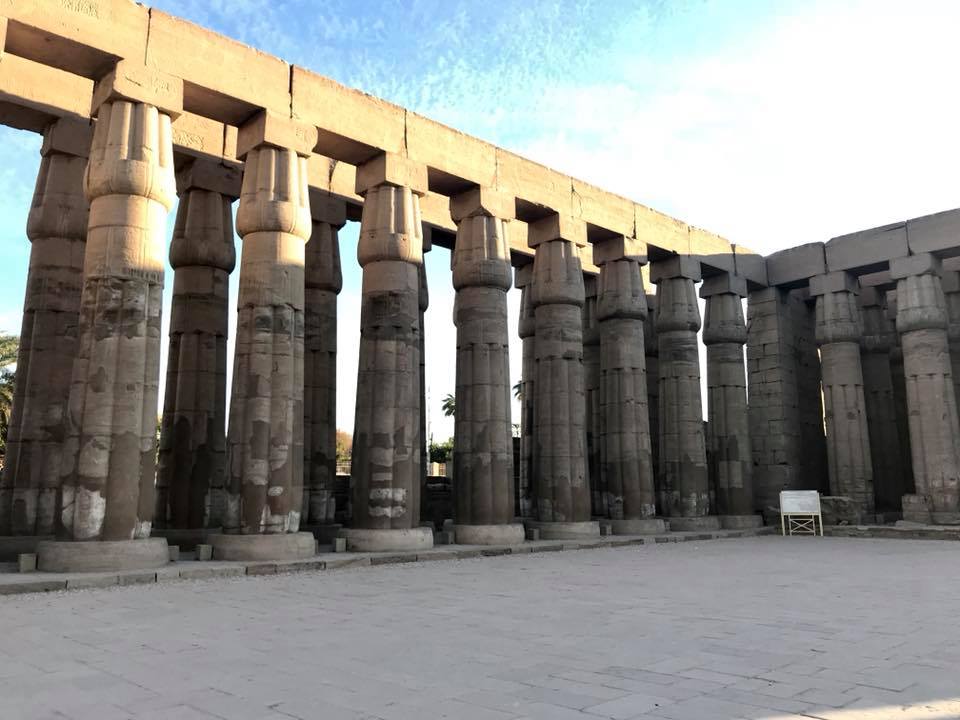
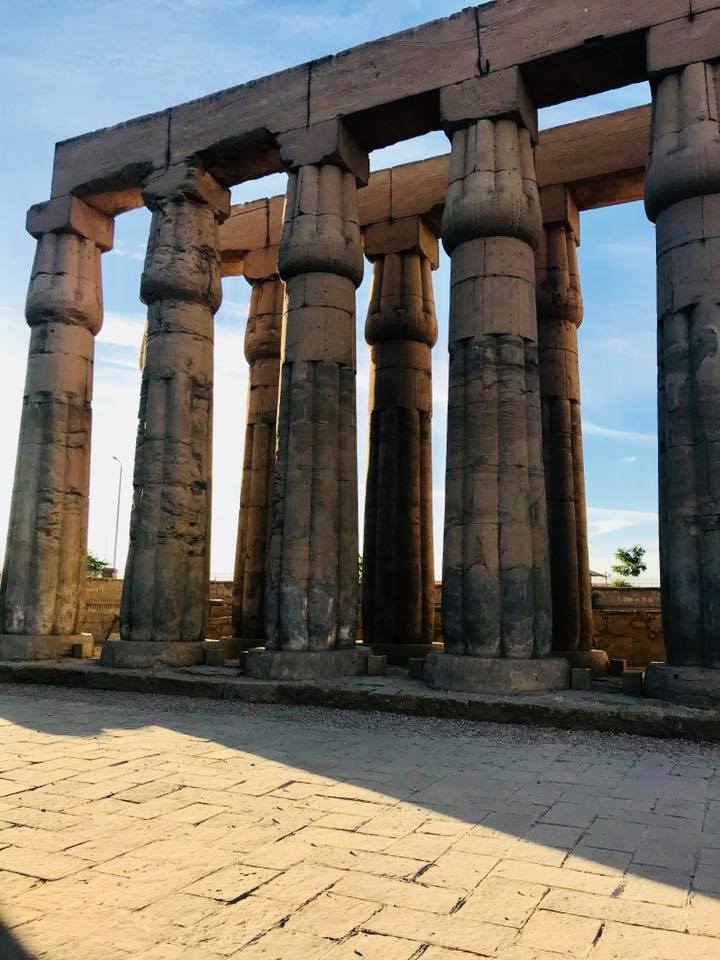
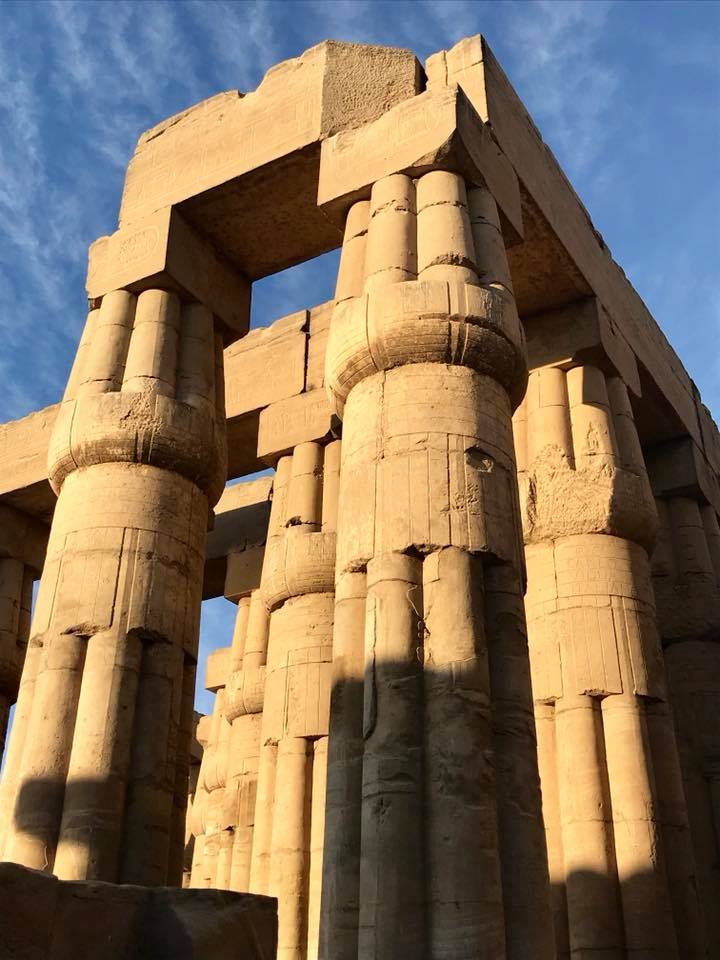
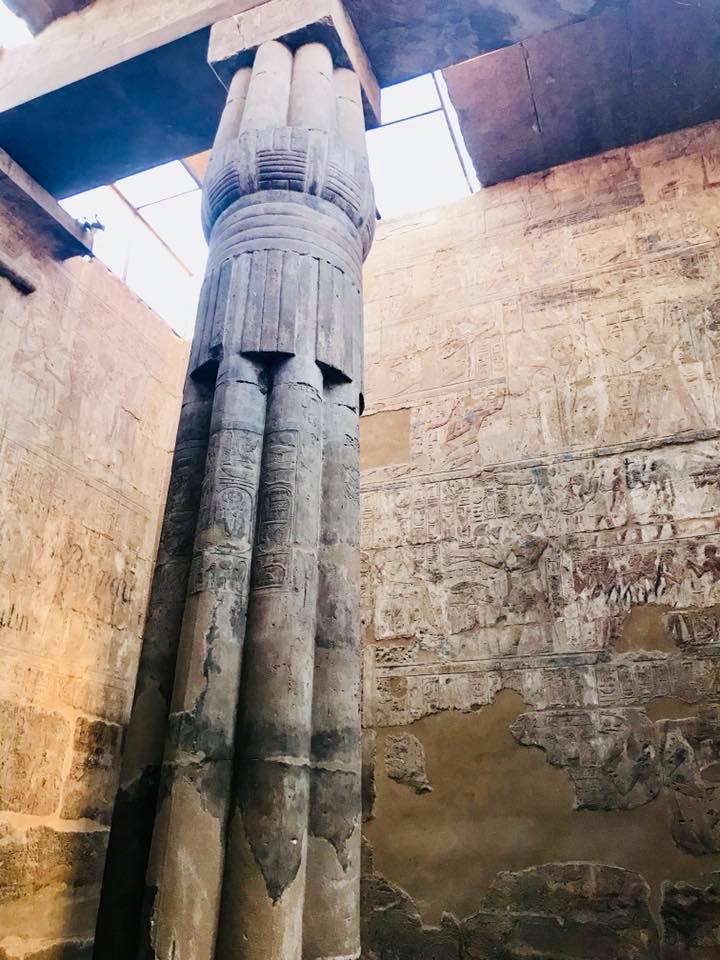
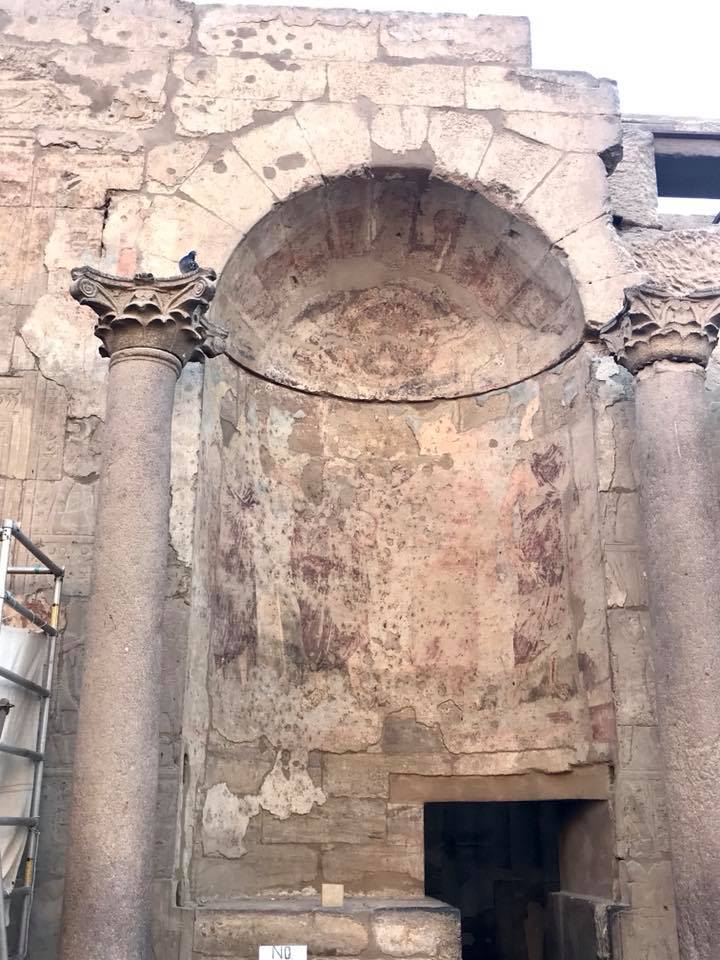
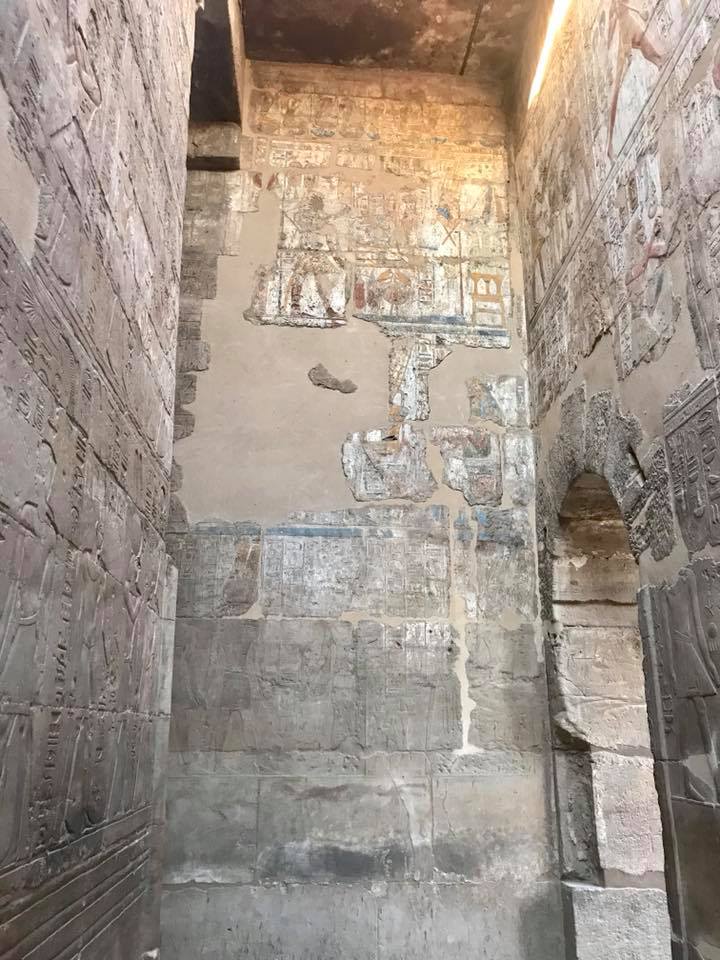
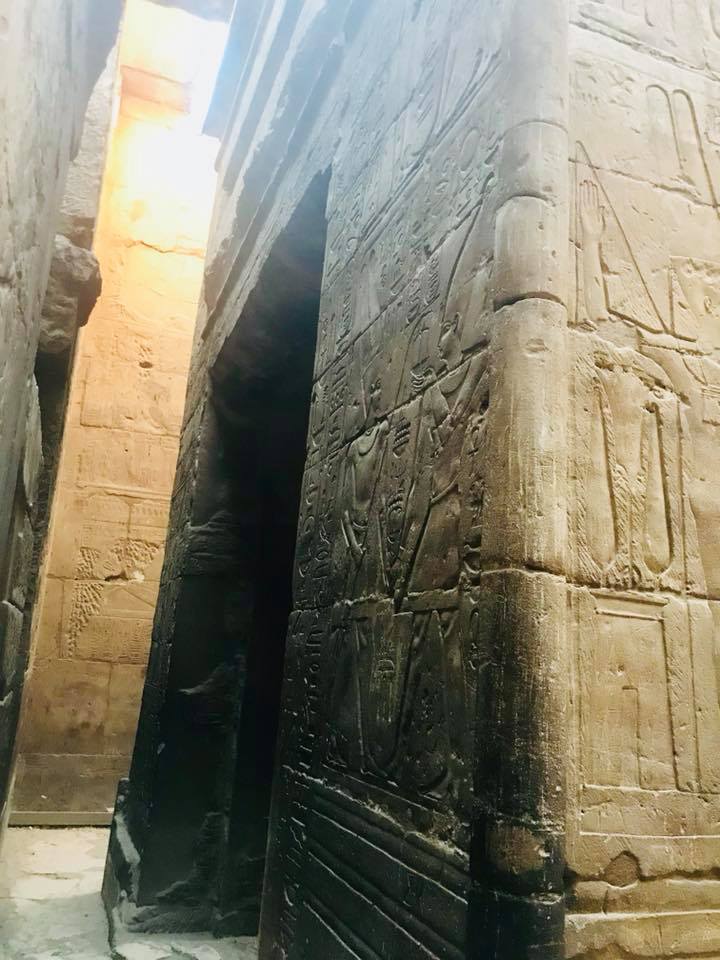
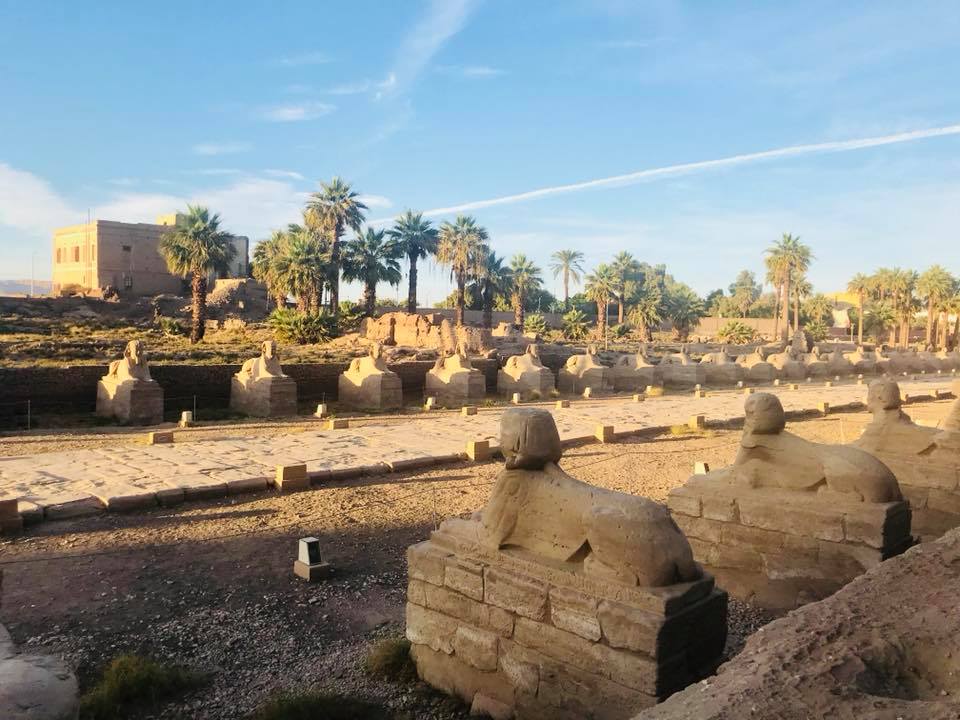
We ended our day at the Luxor Bazaar where we stopped for a rest, some famous Egyptian coffee, and bought some beautiful spices.
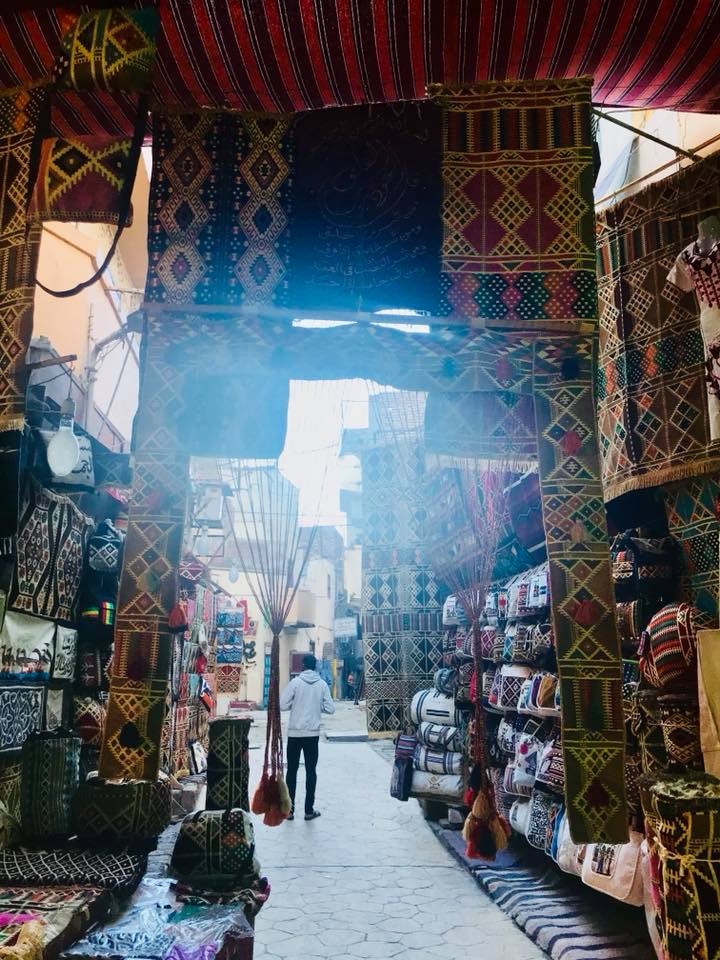
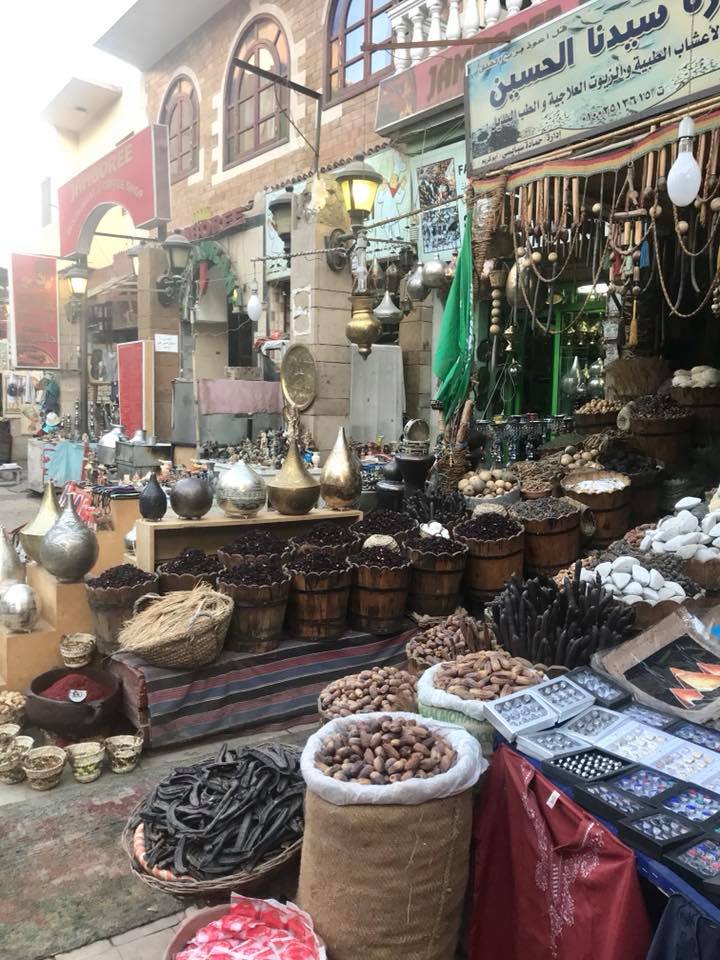
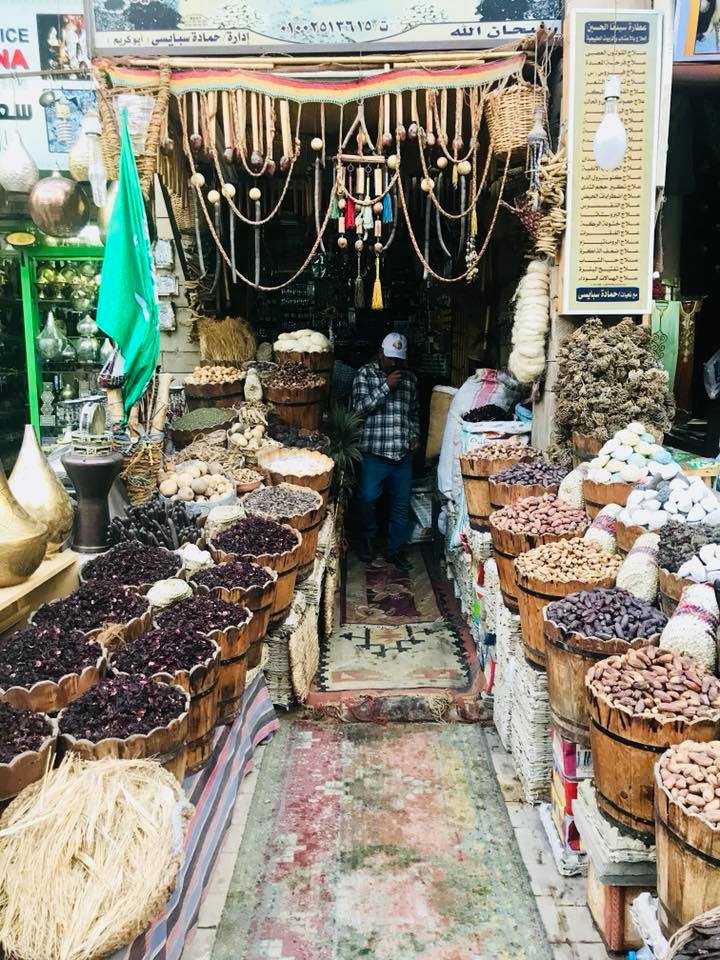
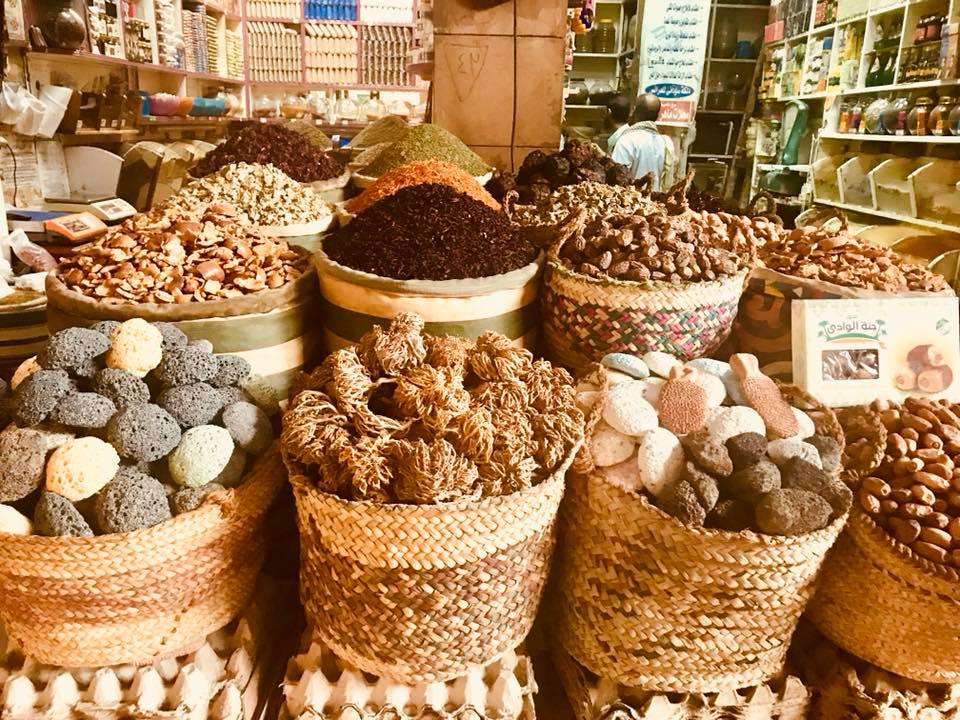
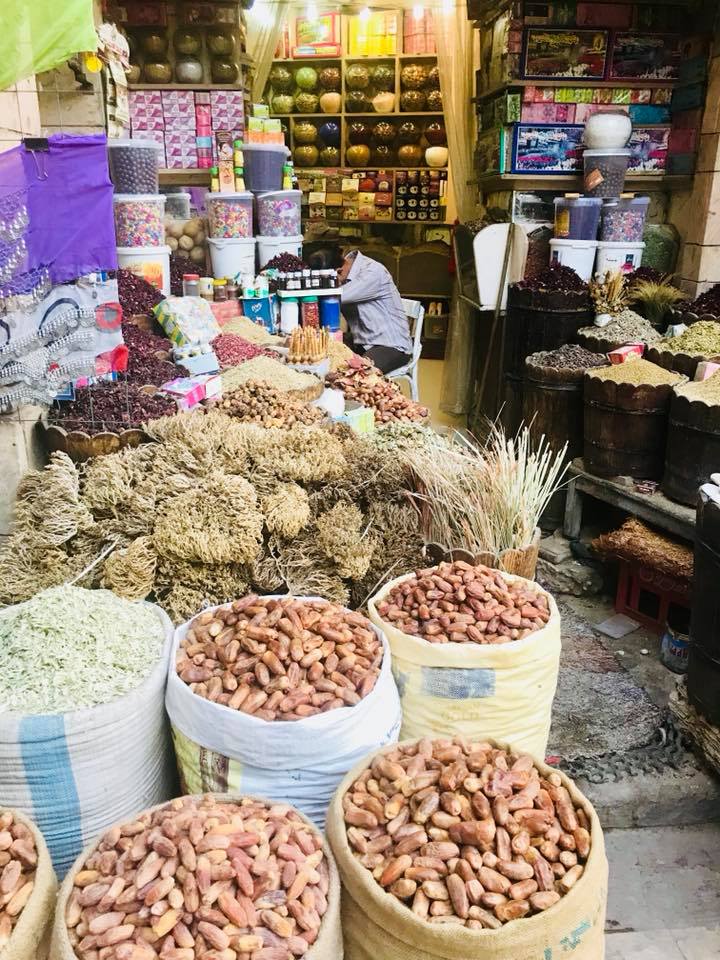
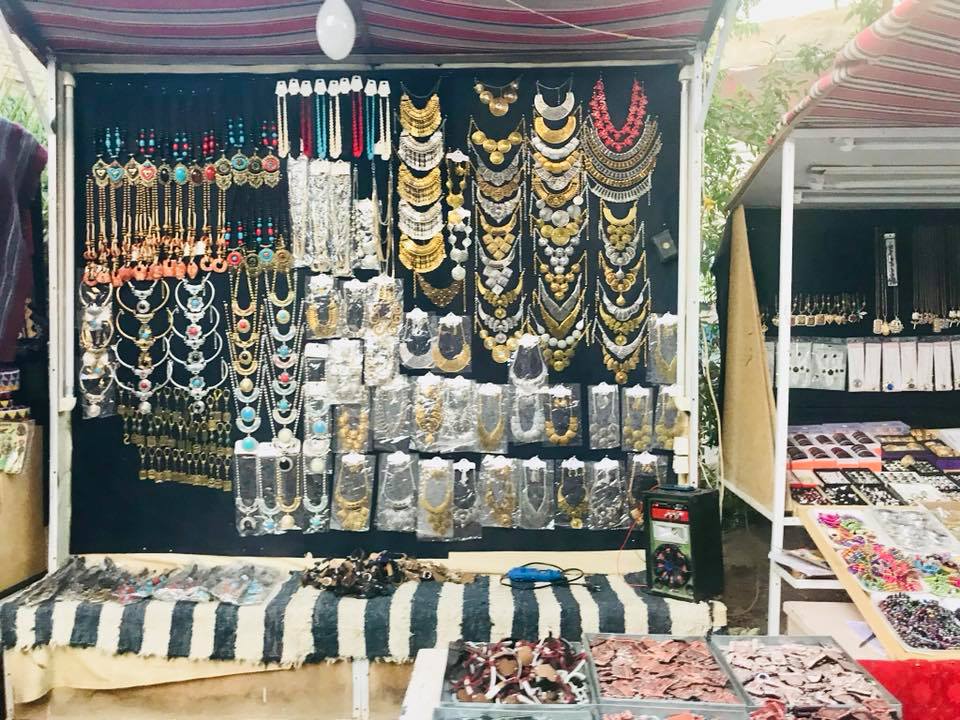
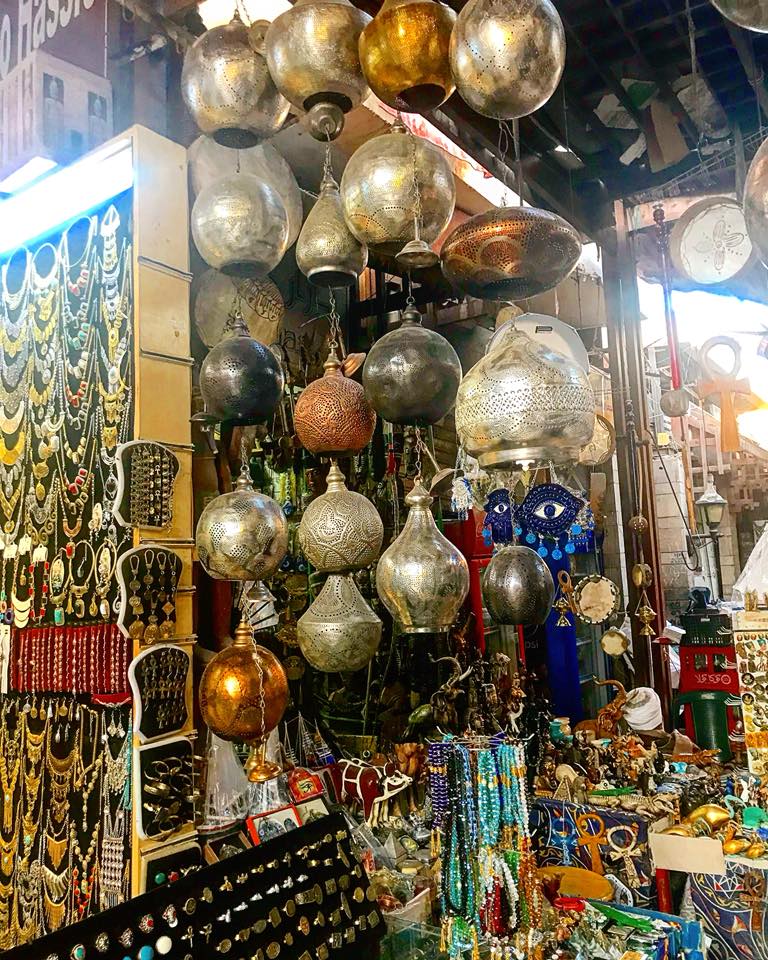
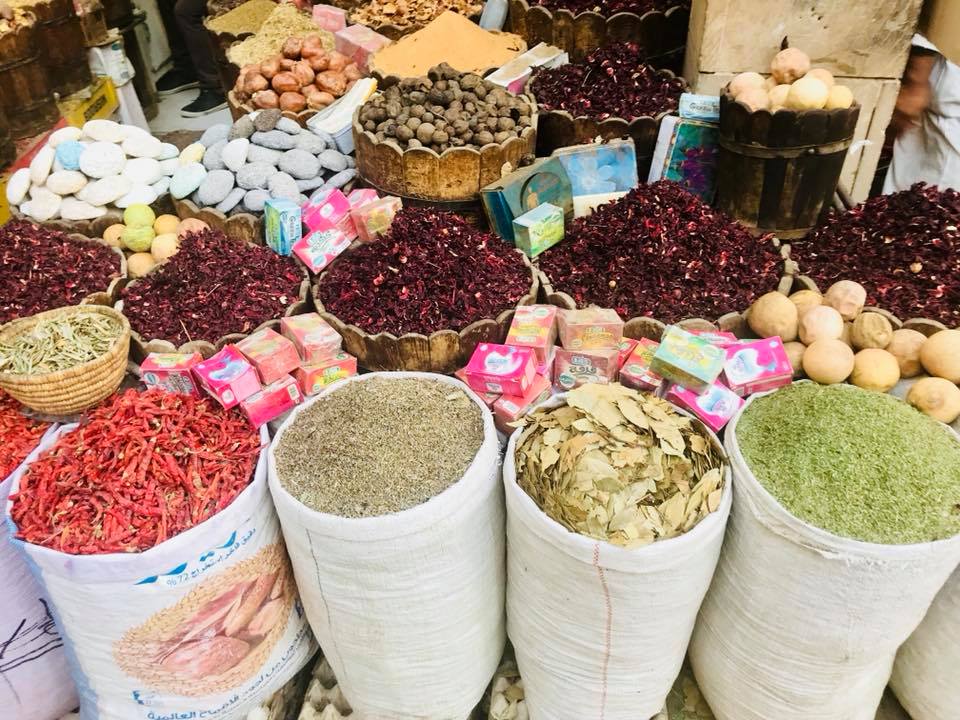
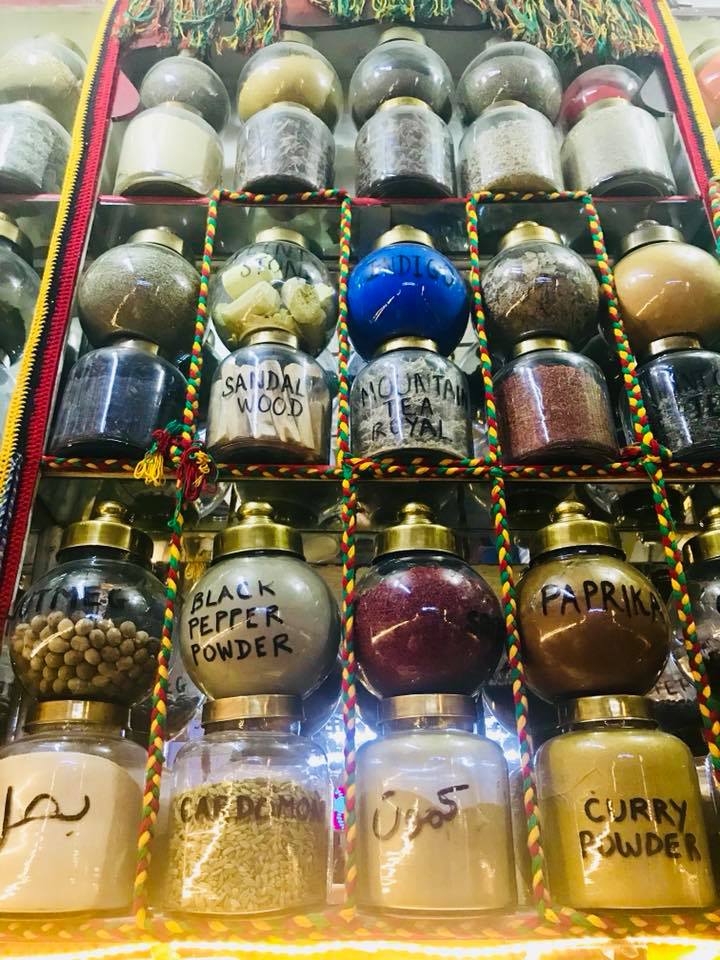
At long last, it was time to check into our hotel. If you are going to Luxor, there really is just one place to stay, and that place is the Winter Palace. This hotel has a long history. It is a historic British colonial-era 5-star luxury resort hotel located on the banks of the River Nile, just south of Luxor Temple. It’s claim to fame is that it was the choice accommodation for Lord Carnarvon and Howard Carter during their discovery and excavation of King Tut’s tomb. The hotel is a living antique, and the grounds are beautiful.
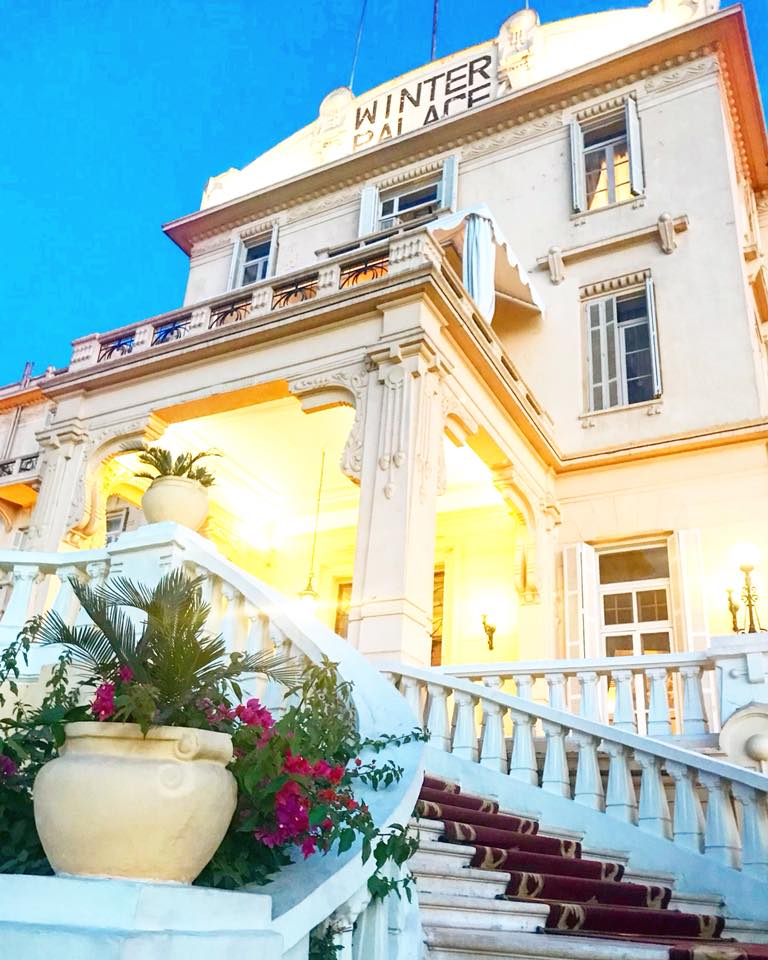
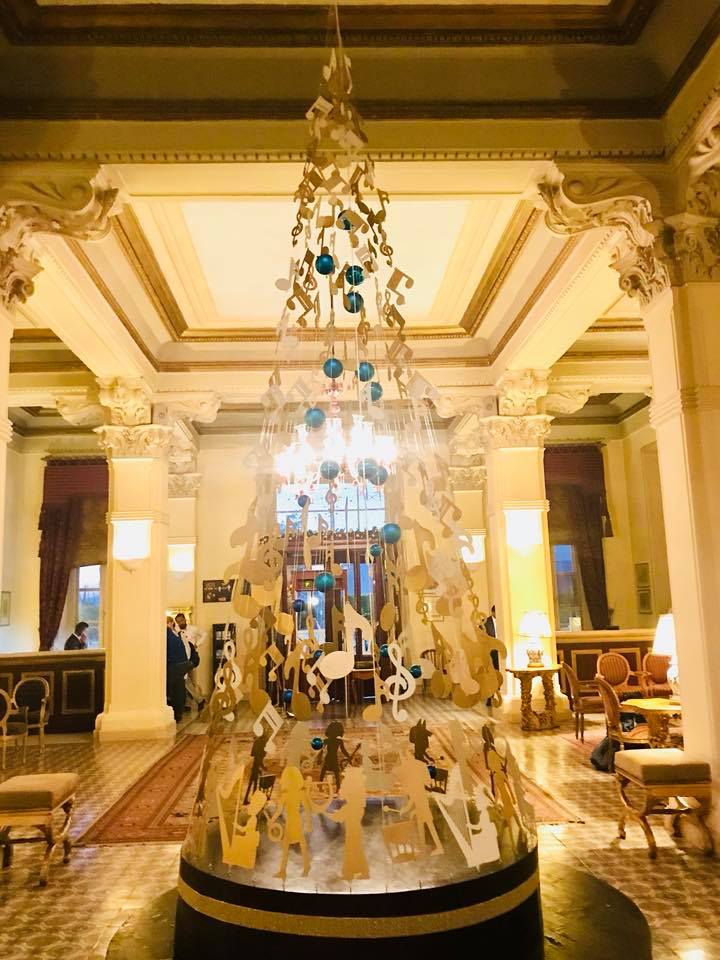
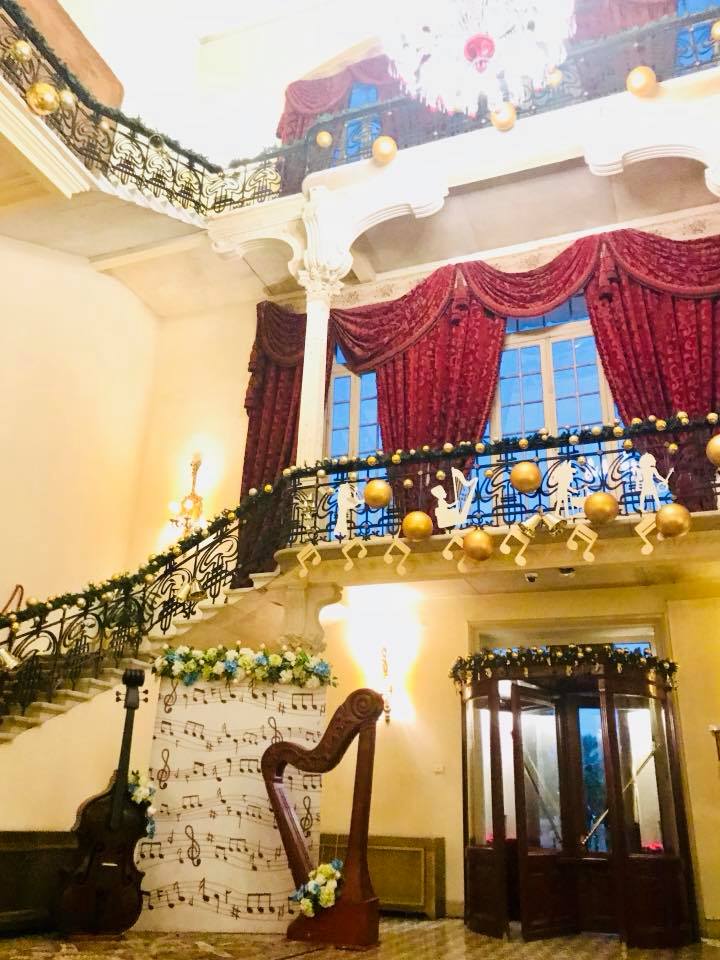
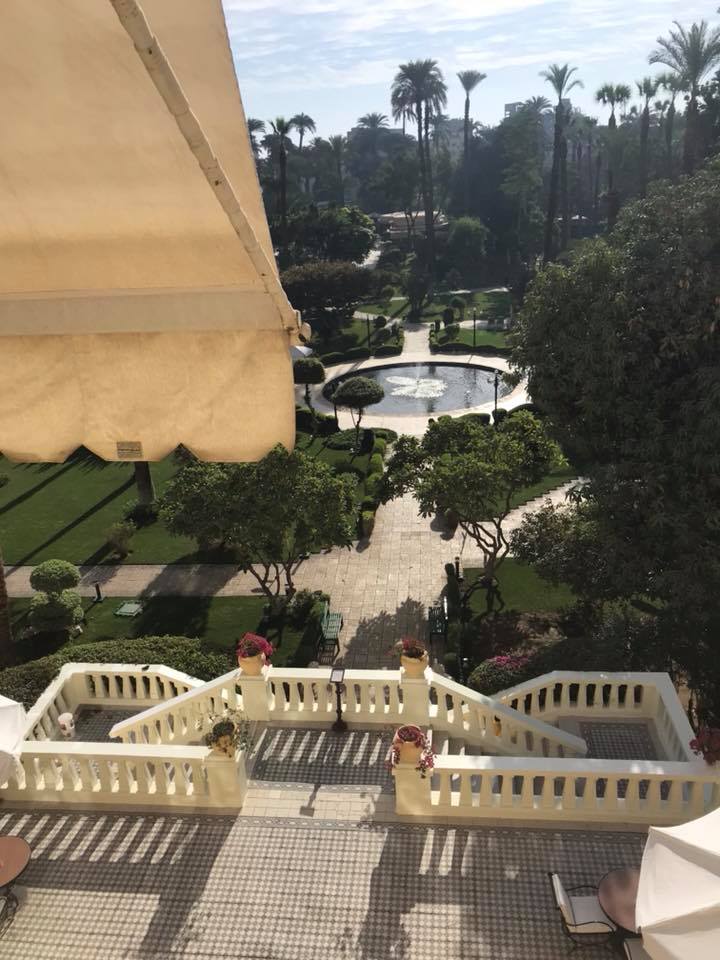
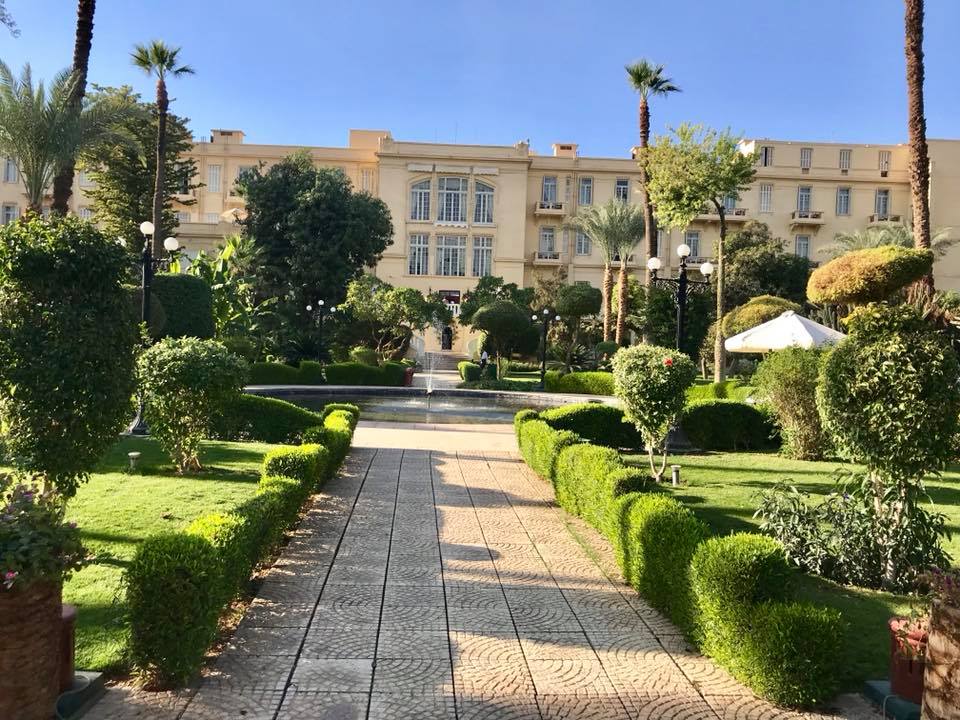
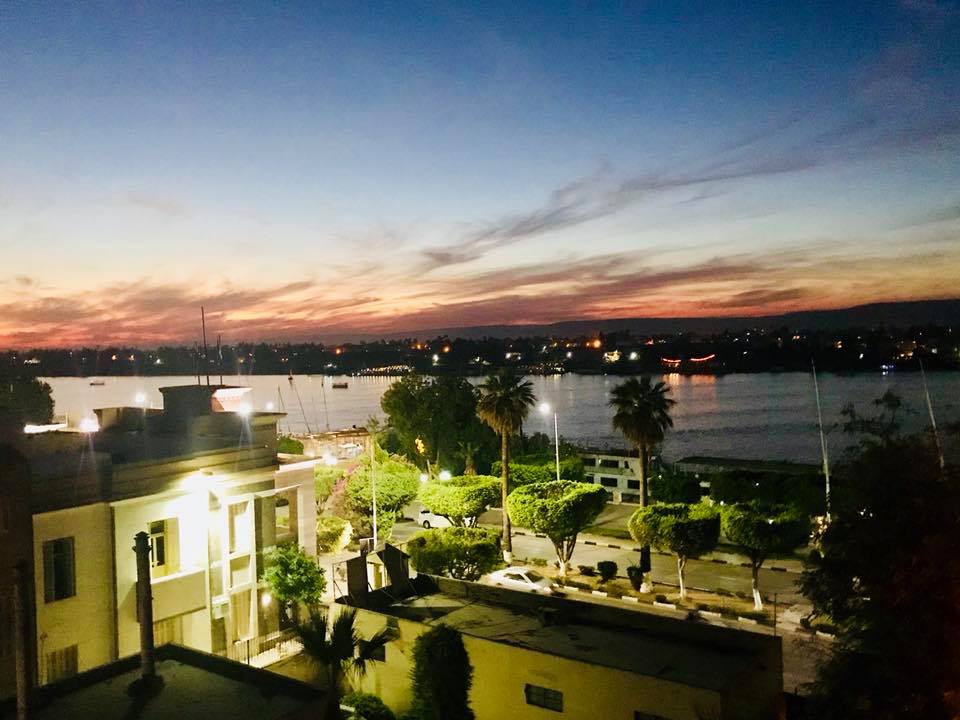
Day Two started with a trip to the Luxor Museum. This museum is often overlooked by visitors. Most of the artifacts displayed at the Luxor Museum were discovered in the temples in Luxor. It’s a small museum that is open until 9:00 p.m. or 10:00 p.m. (depending on the season), and only costs $4.00 to enter. We got there just as it was opening for the day and basically had it to ourselves. Sine it’s relatively small, you can get through it in about 60 to 90 minutes. I highly recommend it.
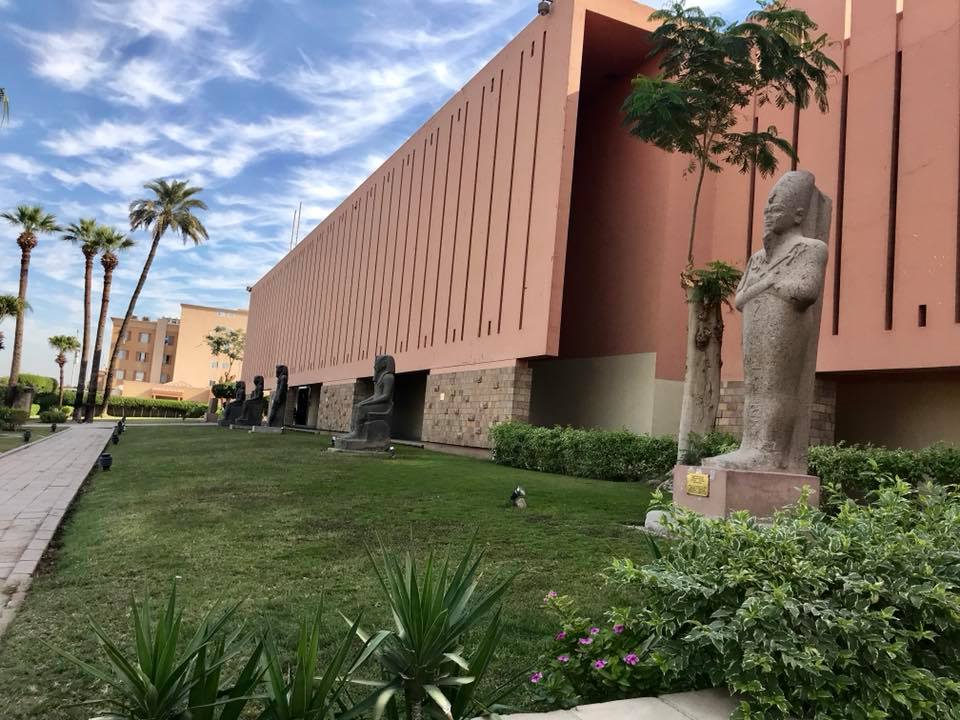
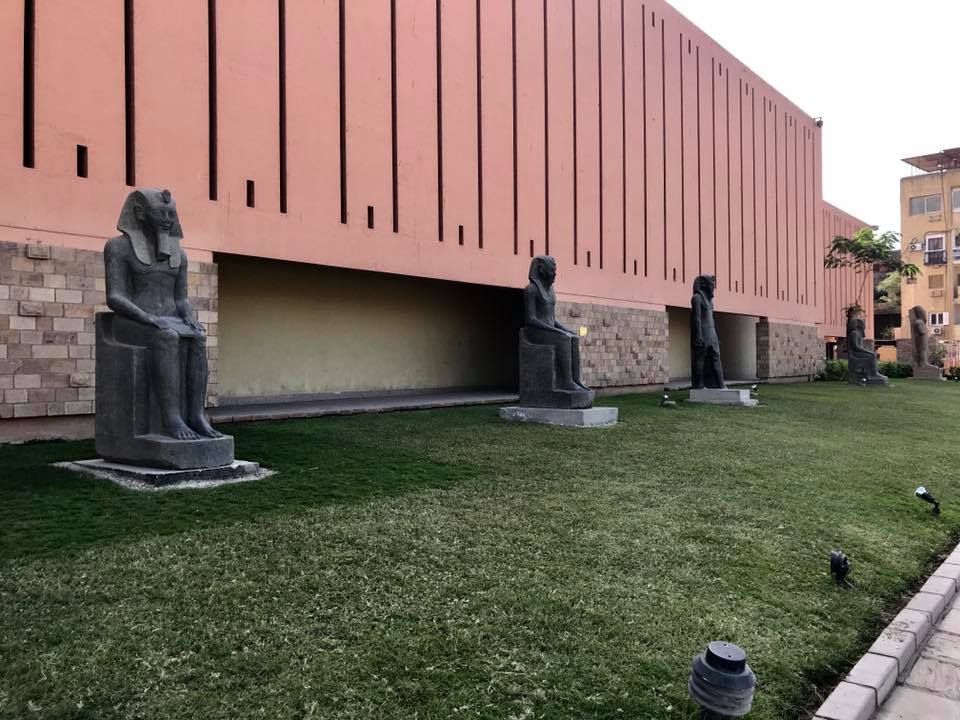
Fun fact about the mummy below: It is the mummy of Ramses I. His tomb was robbed, and his mummy sold and re-sold on the black market. By the time it found its way to Canada in the 1800s, its incredibly important royal pedigree had been lost, and it spent the next 140 years as an unknown mummy, unceremoniously housed with several others, some coffins, and other Egyptian artifacts as part of a “freaks of nature” exhibit. The museum changed hands, and crossed and re-crossed the Canadian border several times until it closed in 1999. Thereafter, the Carlos Museum at Emory University purchased the Egyptian collection for around $2 million USD. They began testing the mummy for identification and after years of study, the scientific community concluded that this is indeed the mummy of Ramses I. On October 24, 2003, Emory University returned the mummy to Luxor, Egypt, and it has been on display at this museum ever since.
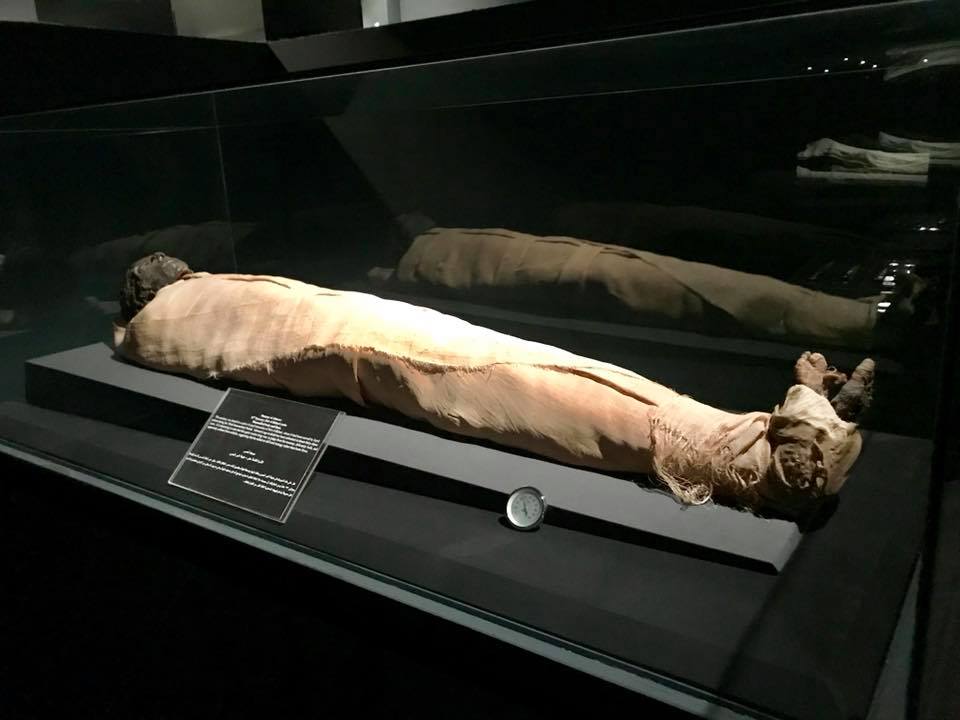
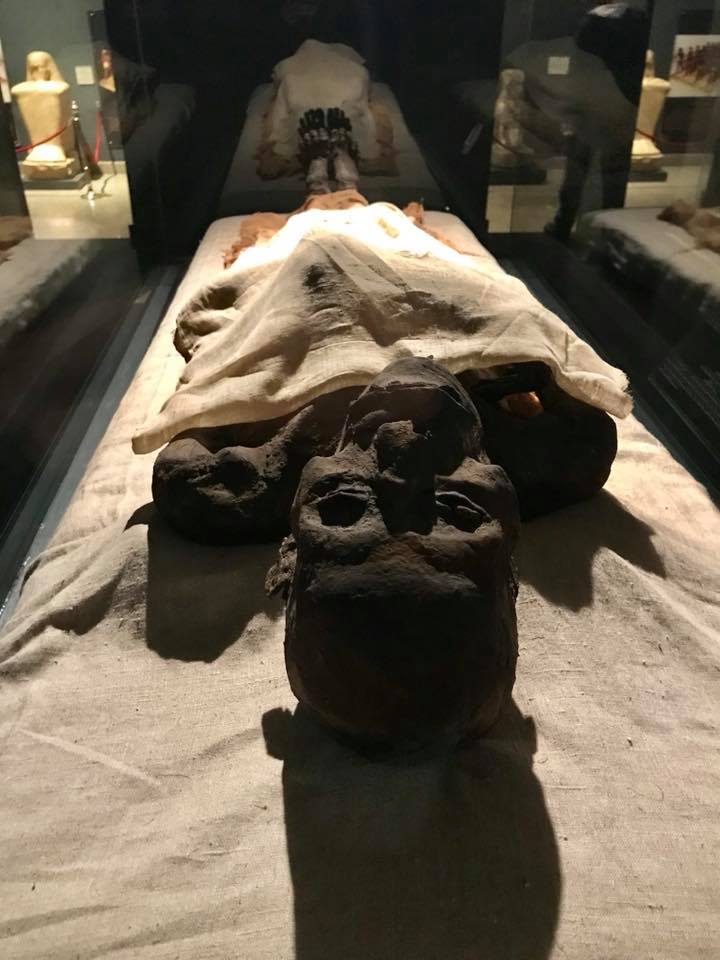
Our second stop was to the Temple of Edfu. It is one of the best preserved shrines in Egypt. It was also not as heavily visited by tourists. It had beautiful art work on the columns and ceilings with bright colors. It also has some of the deepest carvings in all of Egypt. And, at less than $4.00 for admission, it is well worth a visit.
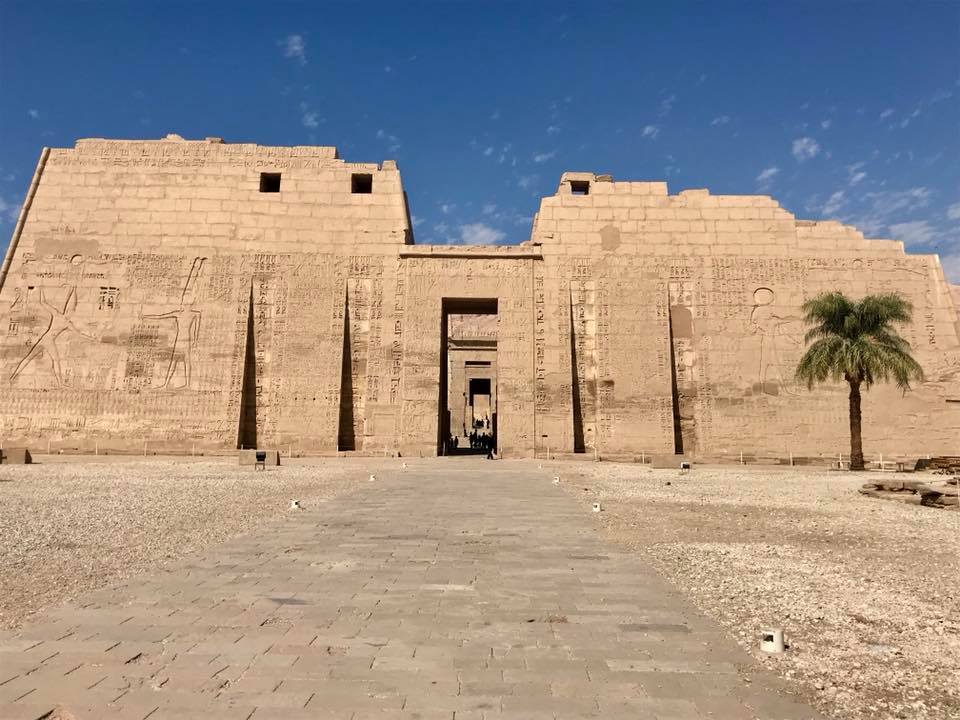
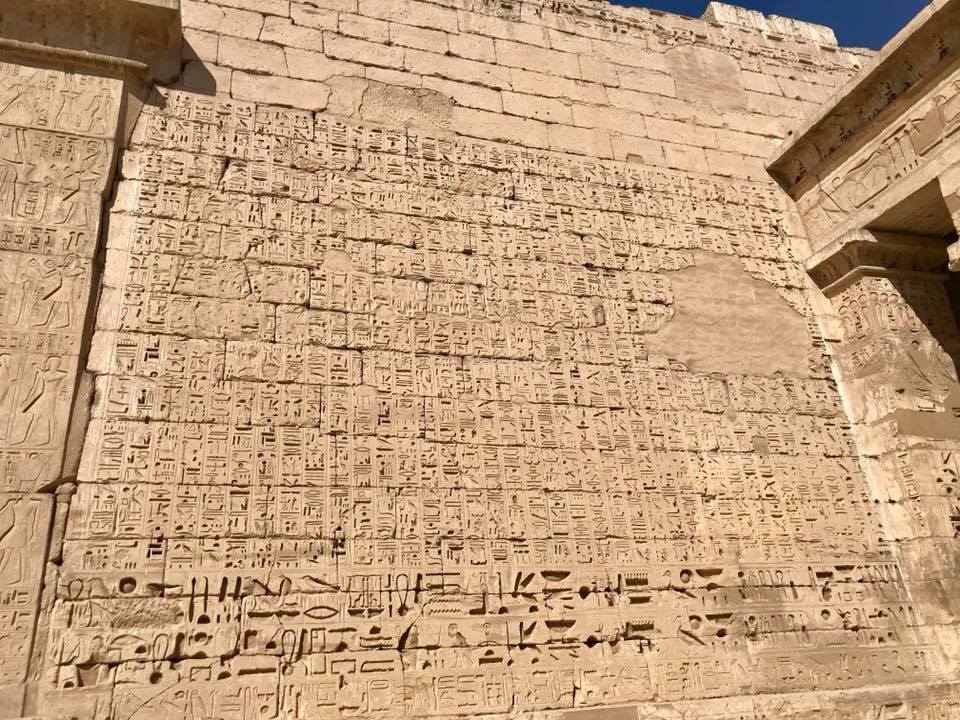
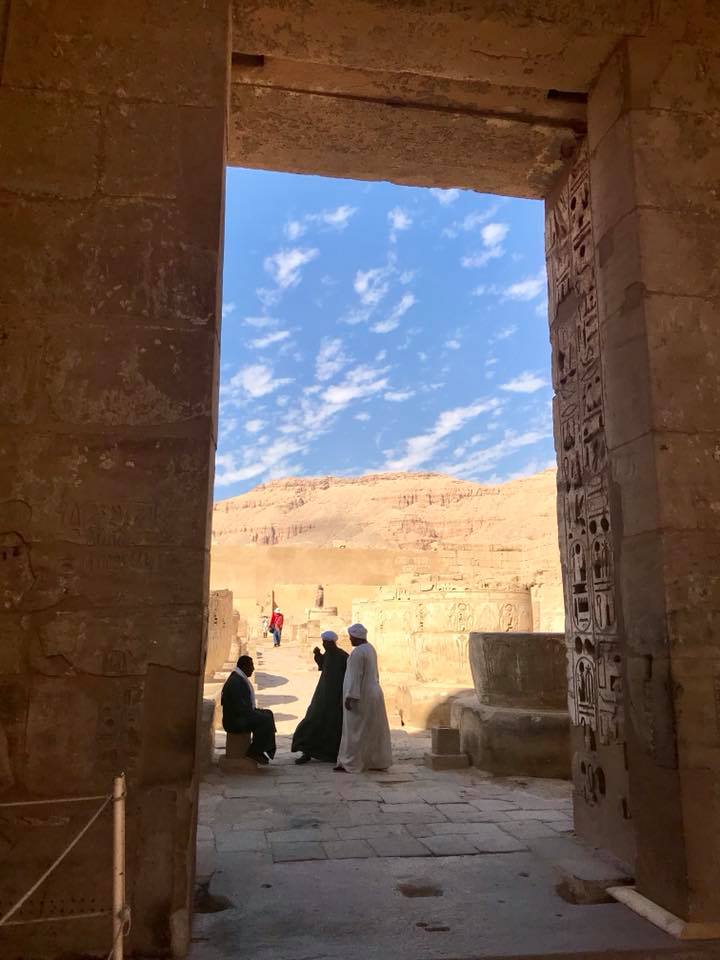
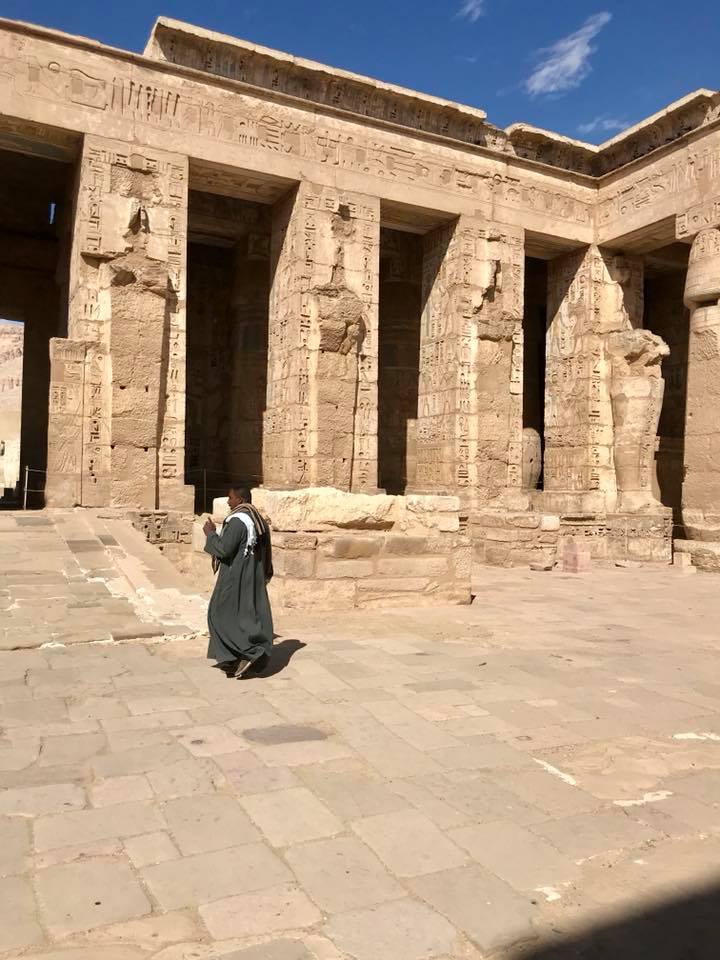
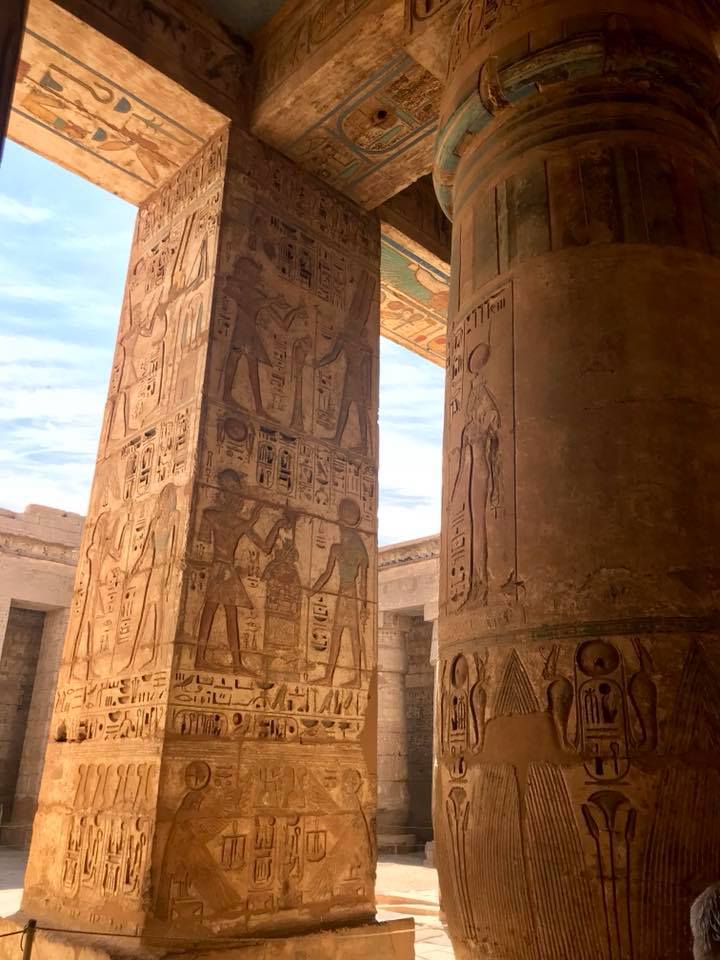
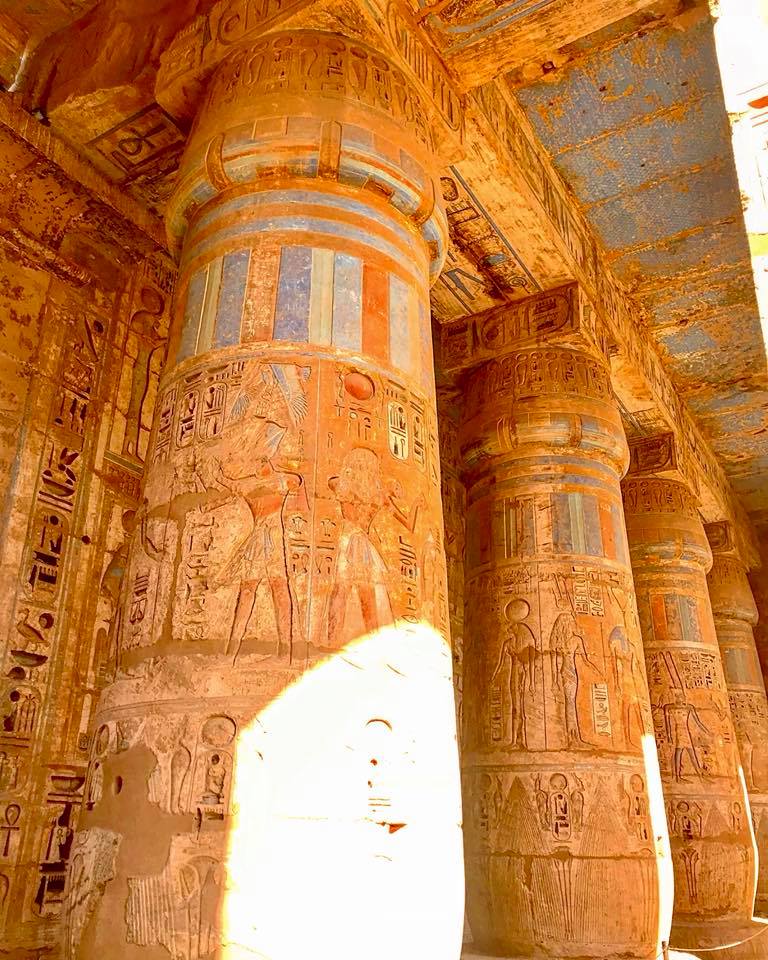
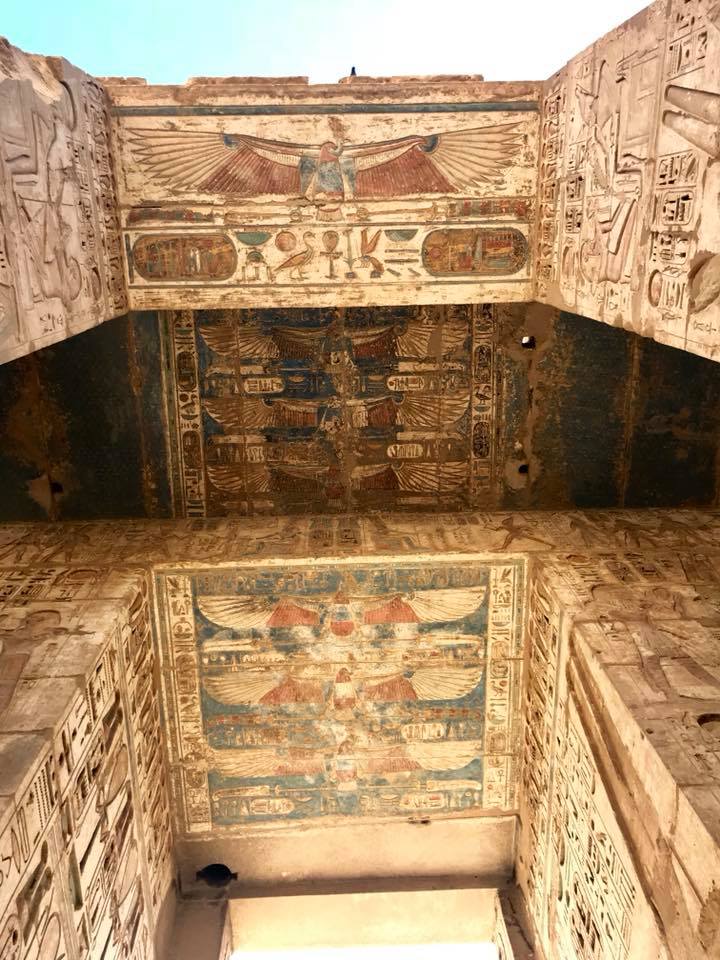
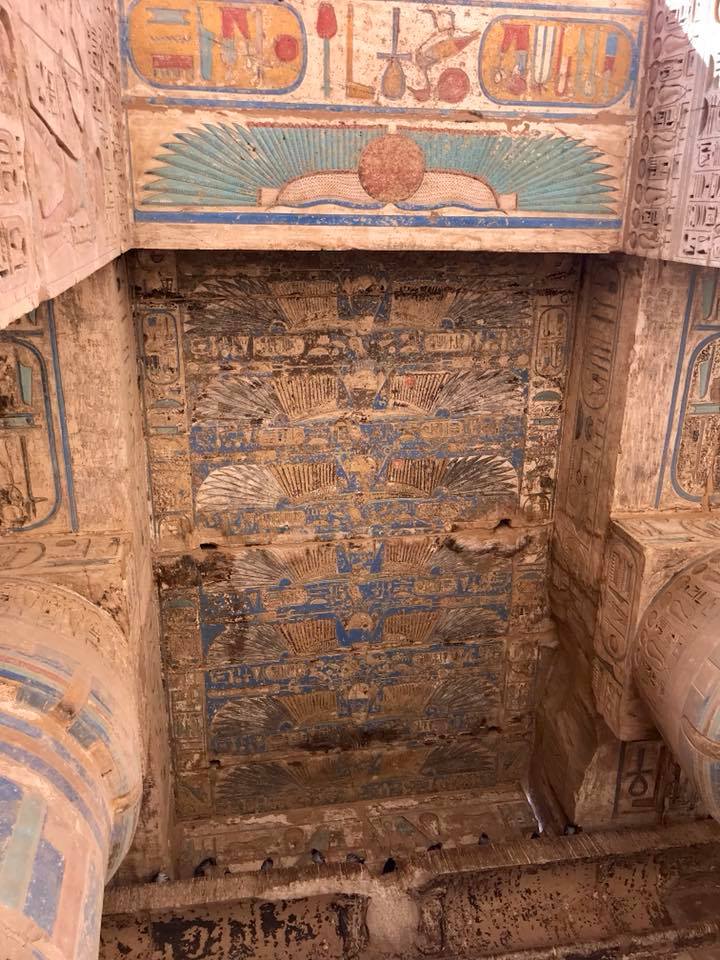
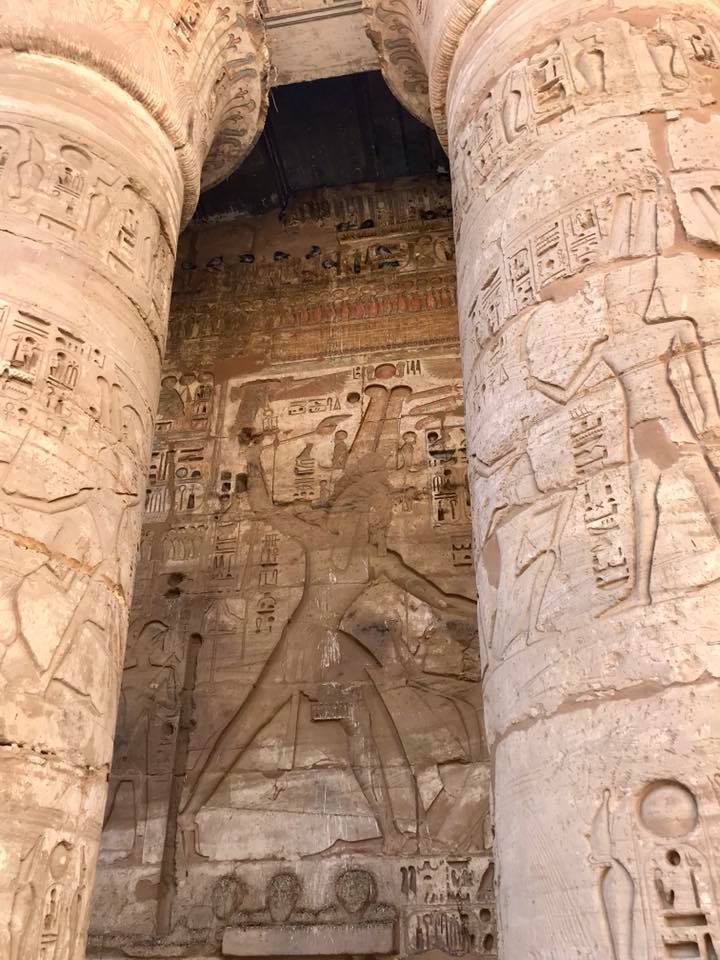
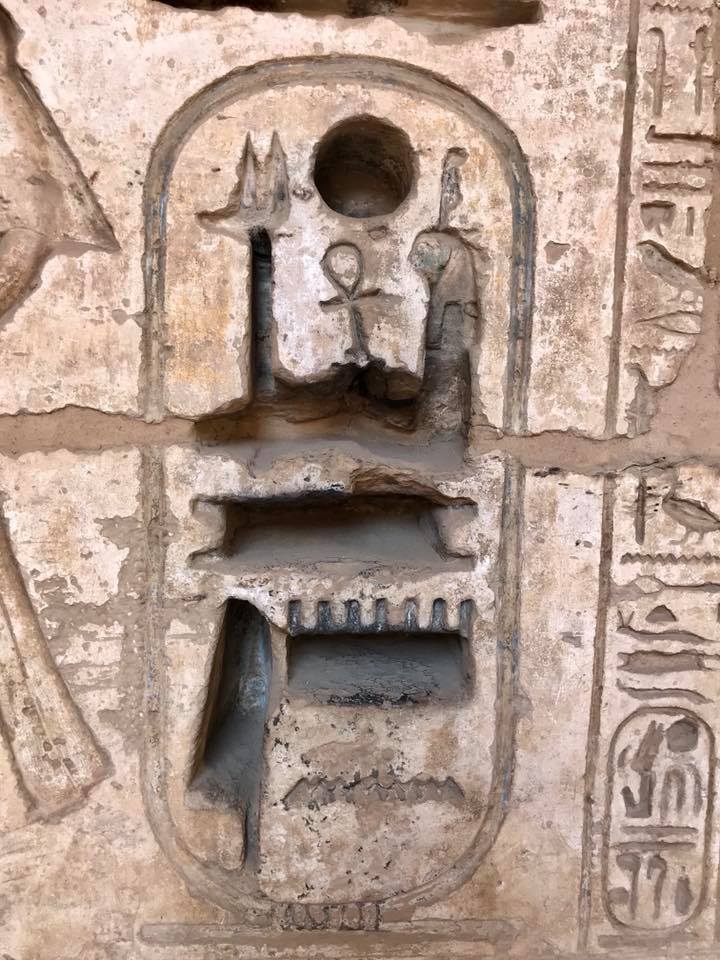
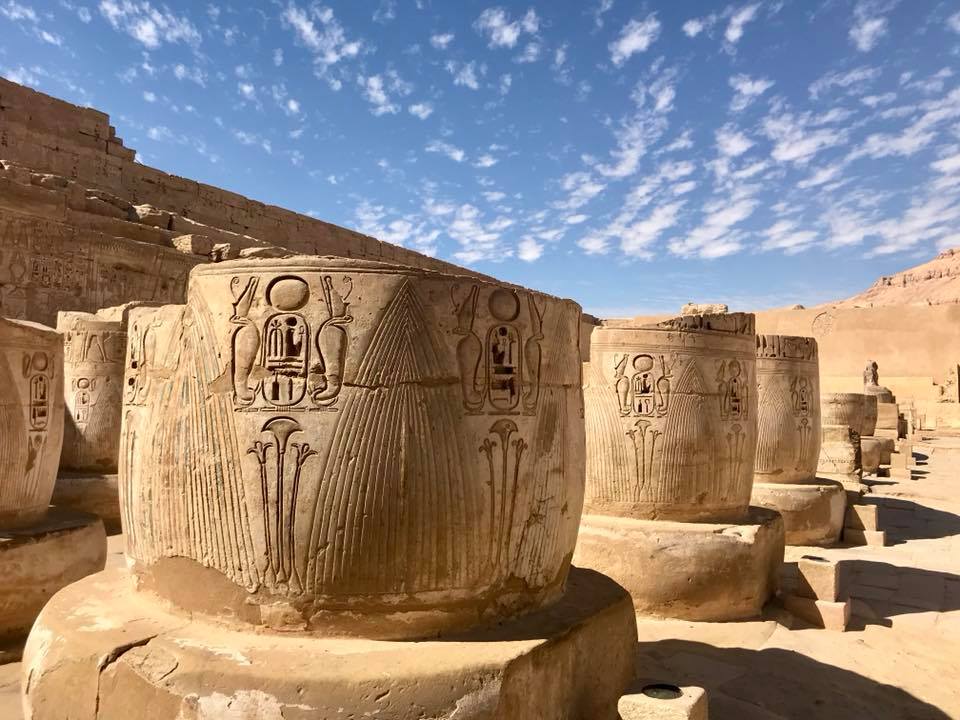
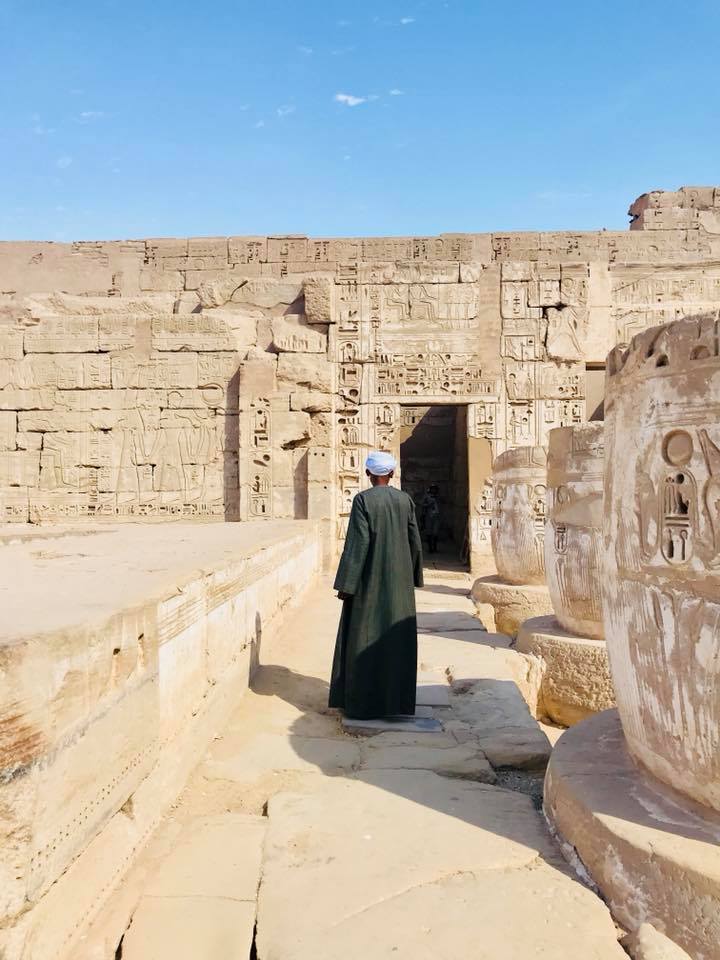
We ended our day with a trip to the Tombs of the Nobles. Unlike the funerary monuments for the kings and queens, these tombs are dedicated to administrators, governors, and other figures of minor nobility. They are a cluster of tombs carved into a rocky hillside, and they are one of the least visited sites in Luxor. In fact, when we were went, we were the only visitors there, which I loved. Also, there are active excavations going on here, and we got to see one in action!

While certainly smaller, these tombs were amazingly well preserved with the most vibrant color of any site we saw in Egypt.
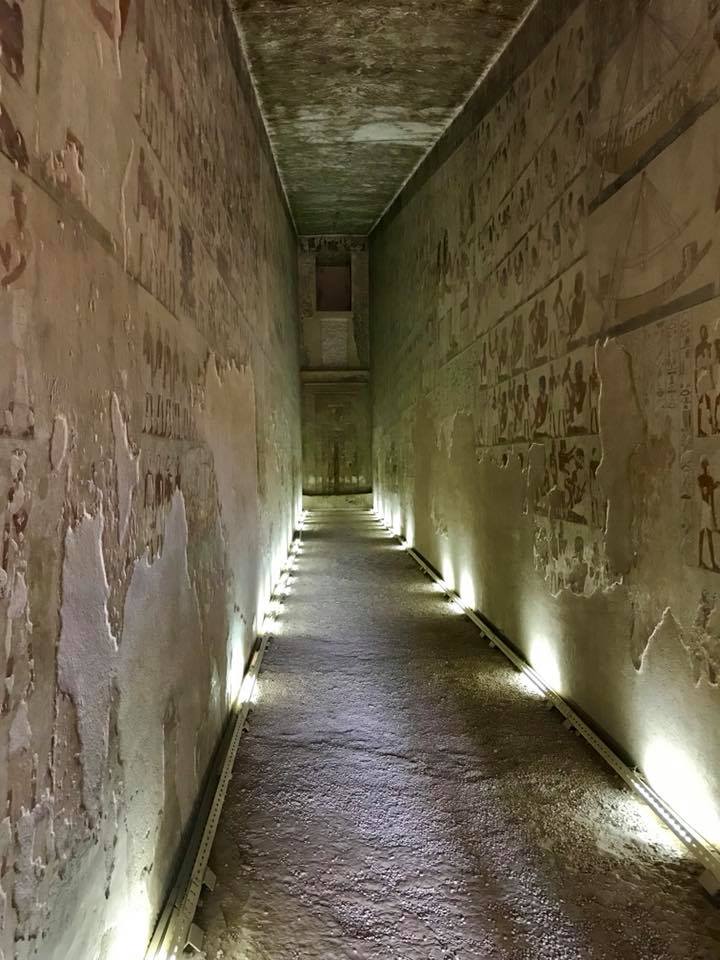
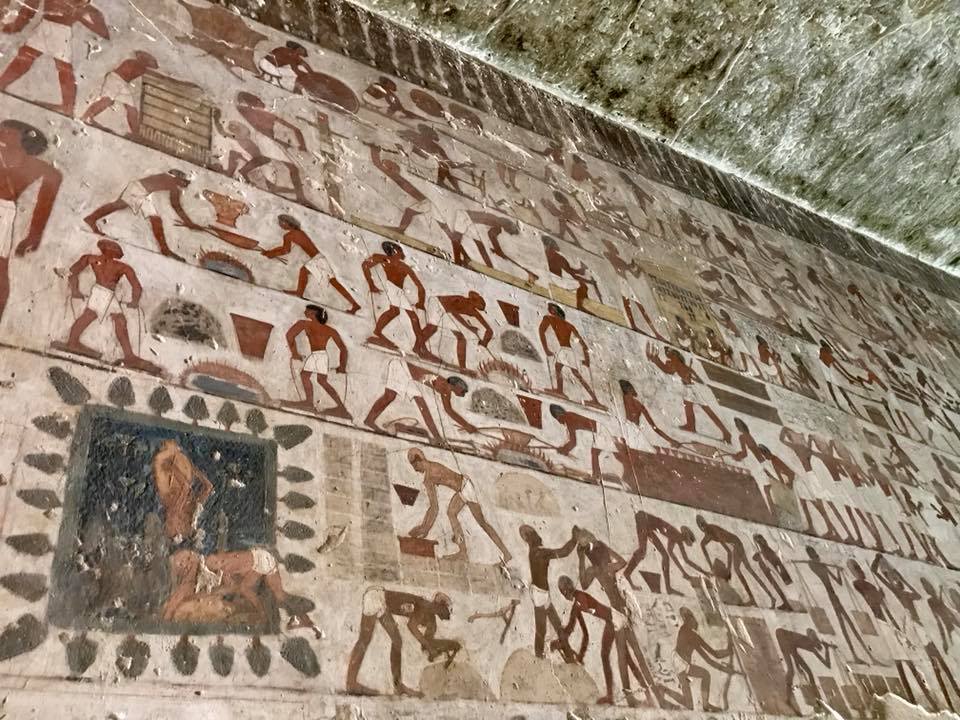
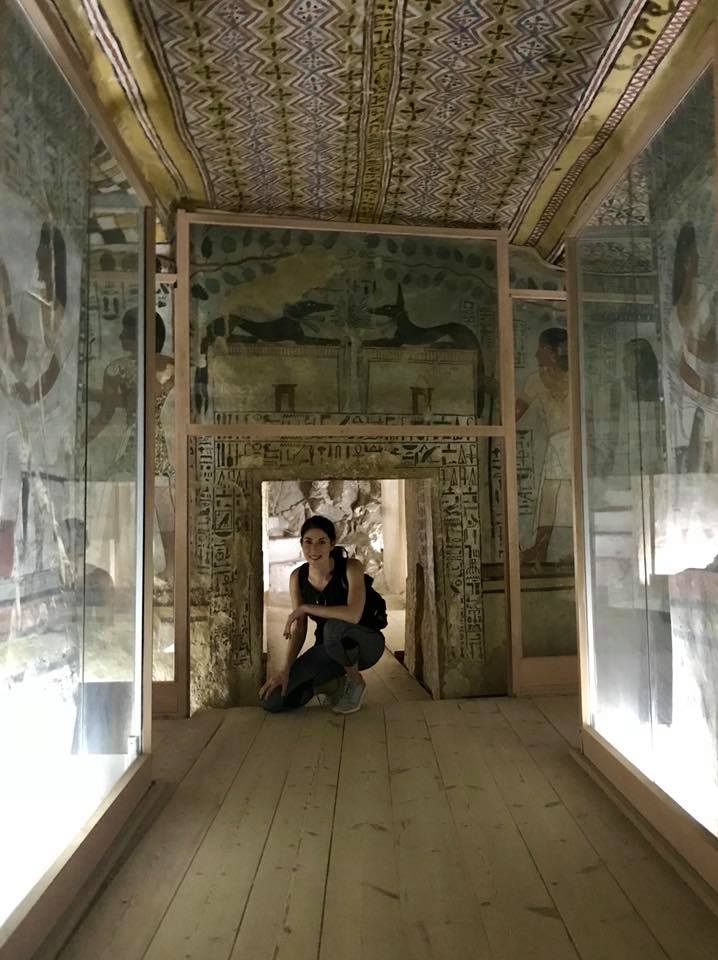
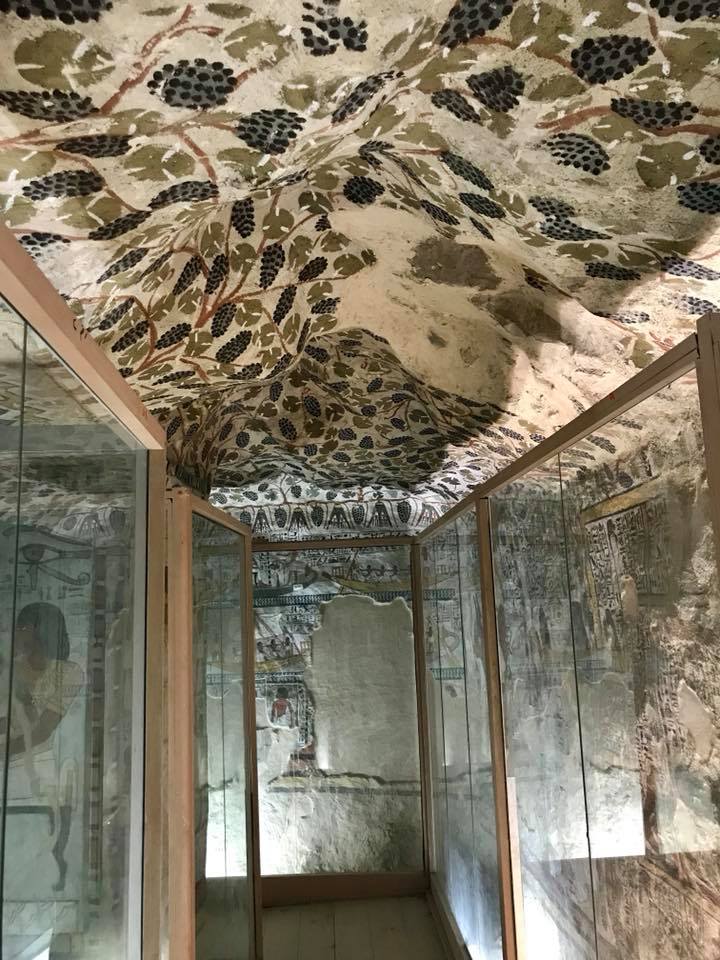
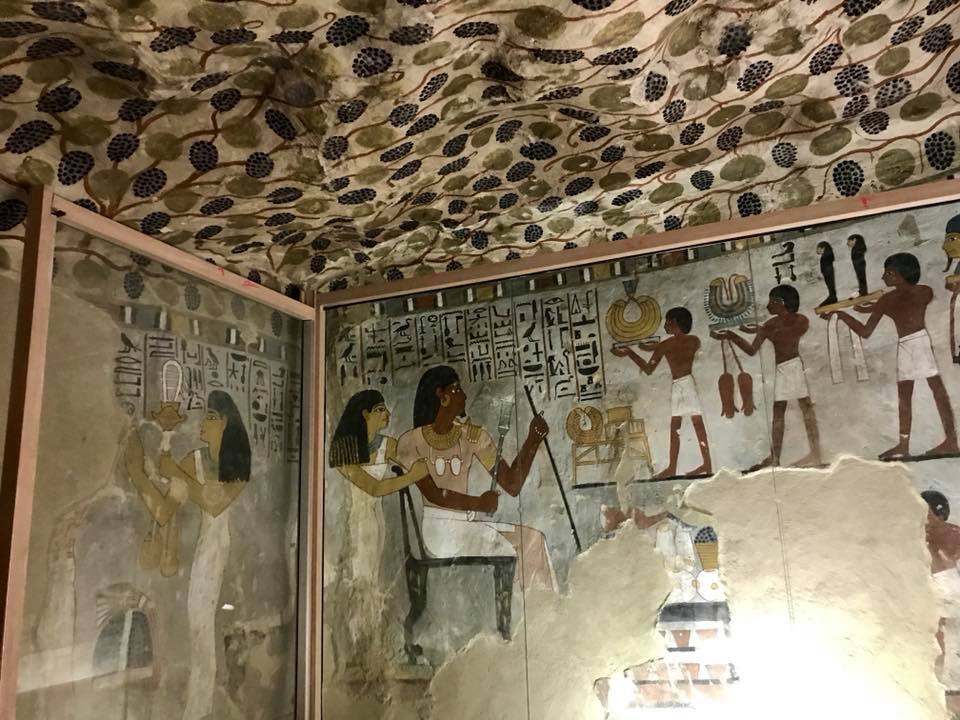
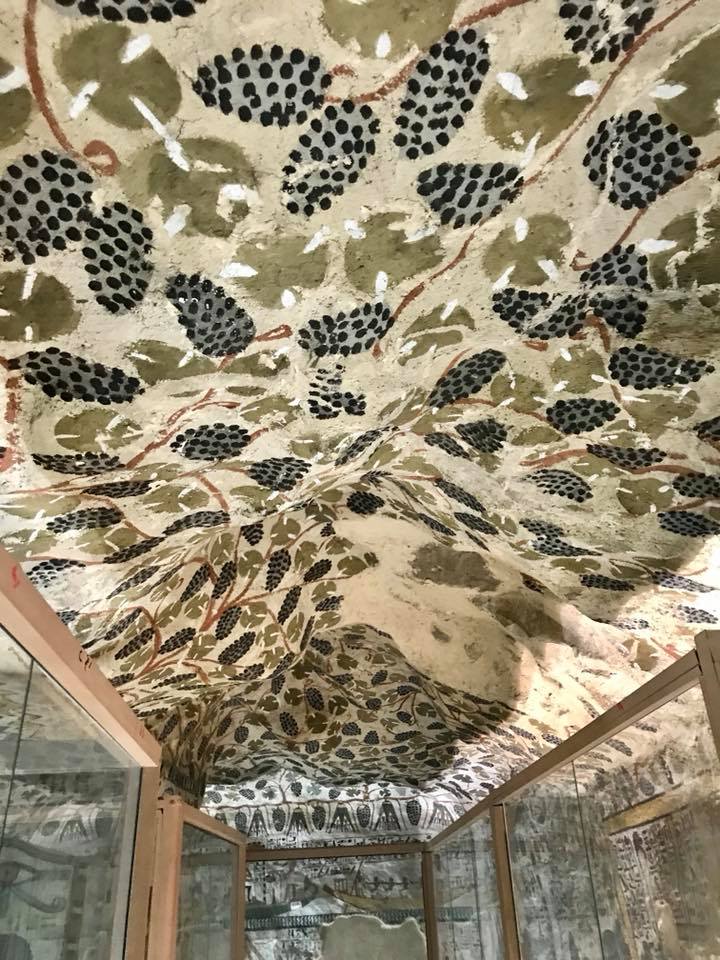
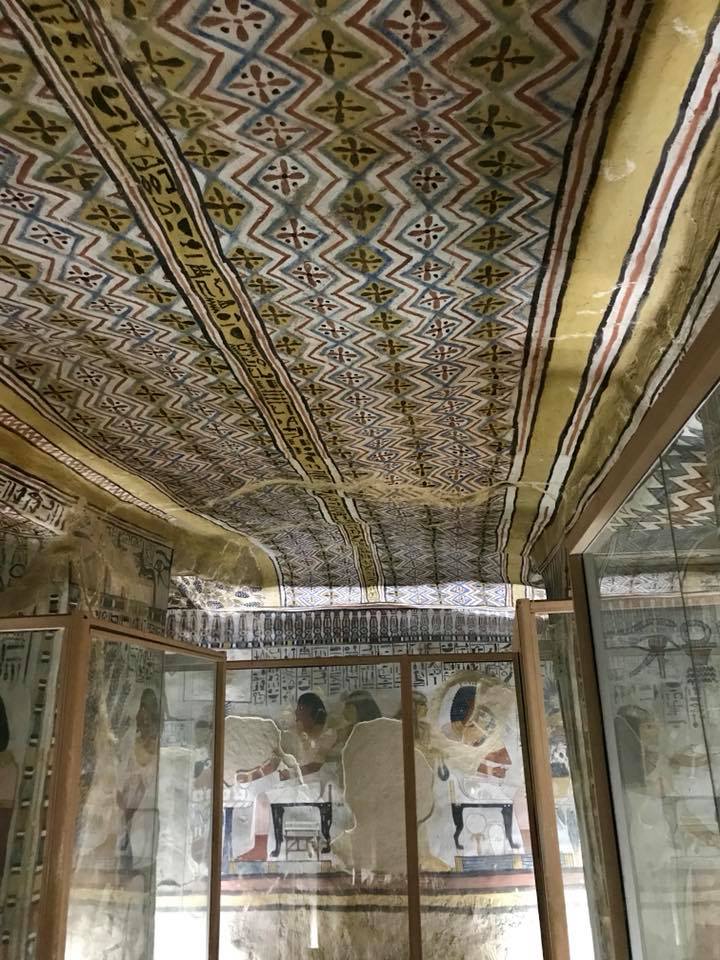
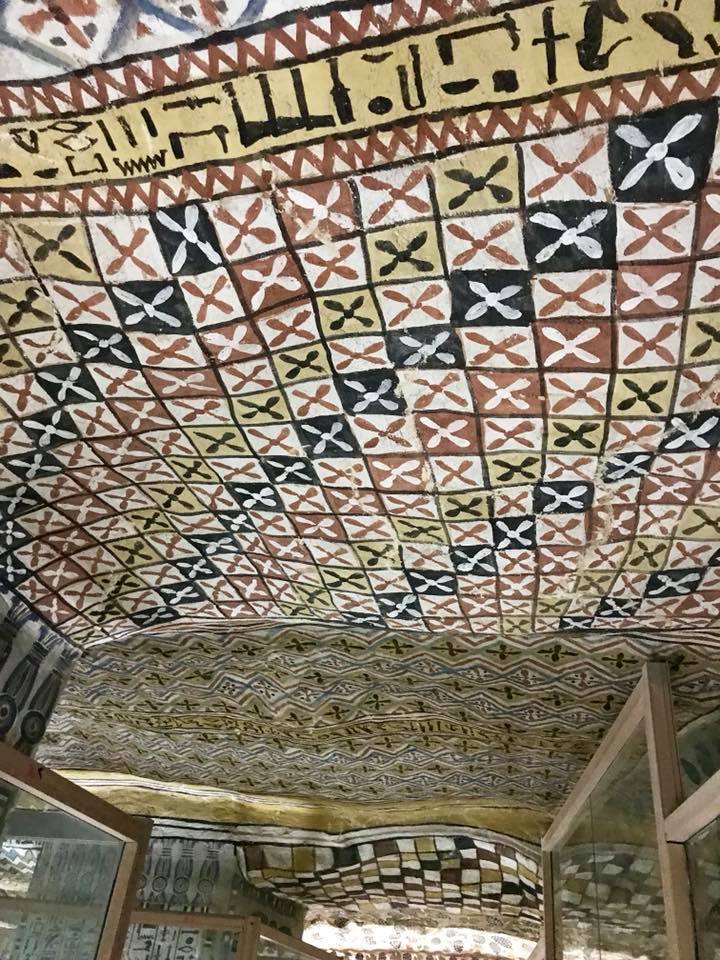
But, before we headed to the airport, we made one last stop, and that was to get custom perfumes made using fine Arabic oils! These make great gifts, and they are so unique! The array of scents is dizzying, and they are made right in front of you using the bottle and size of your choice!
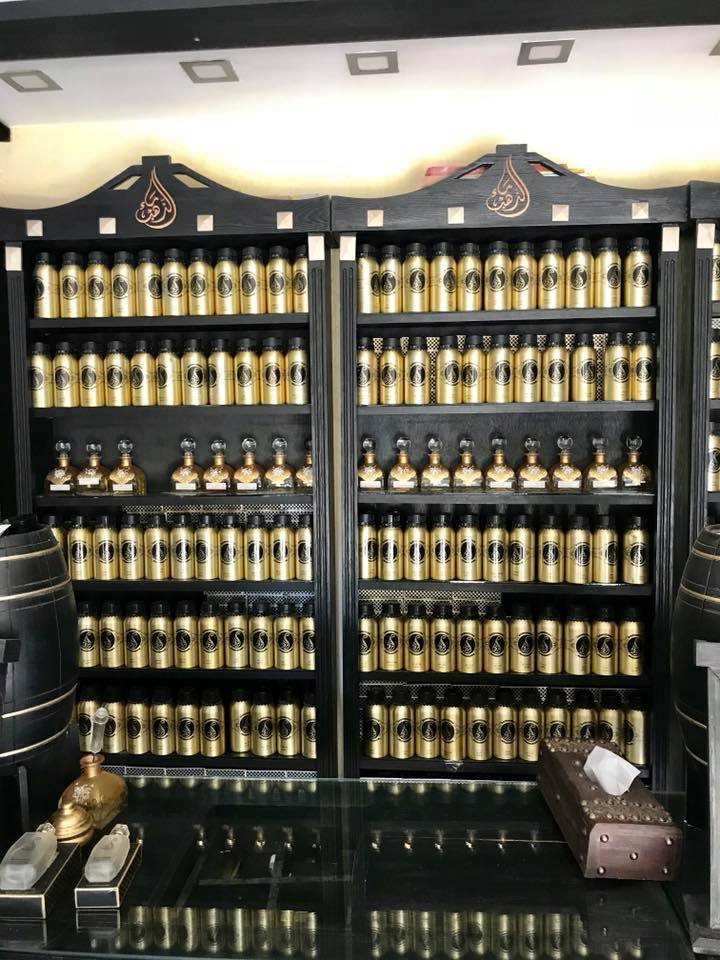
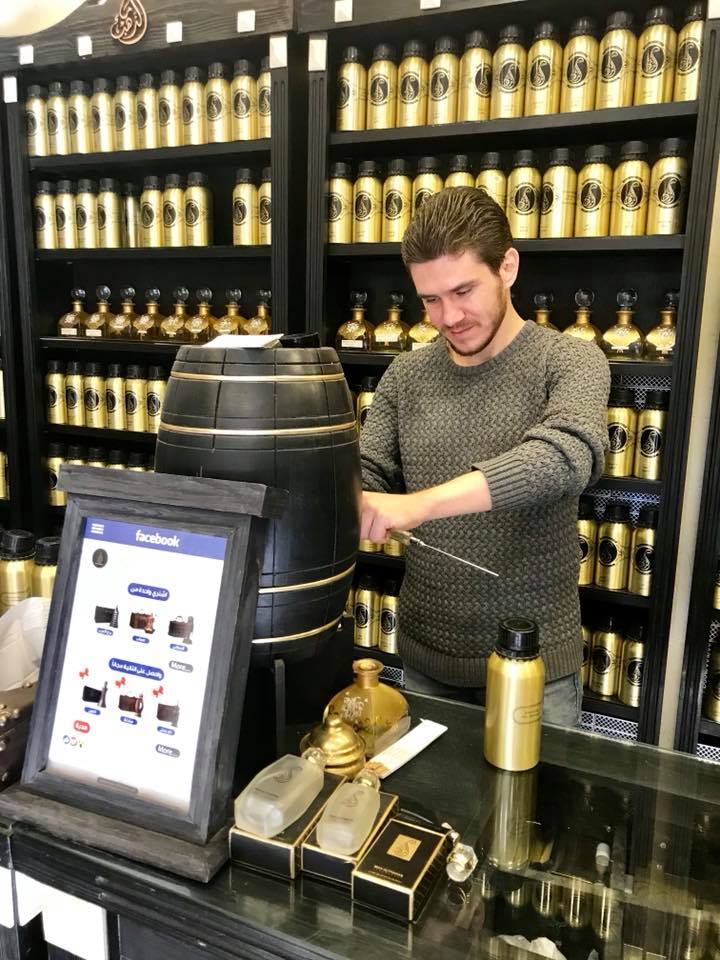
They say all good things must come to an end, and such was the case with our short, but amazing time in Egypt. I am glad that we ignored our friends and family and took this trip. We had a great time, we never felt in danger, we saw some amazing historical sites, and we did it all for such a reasonable price! Seriously, if you have ever thought of going to Egypt, GO! You will not regret it!
